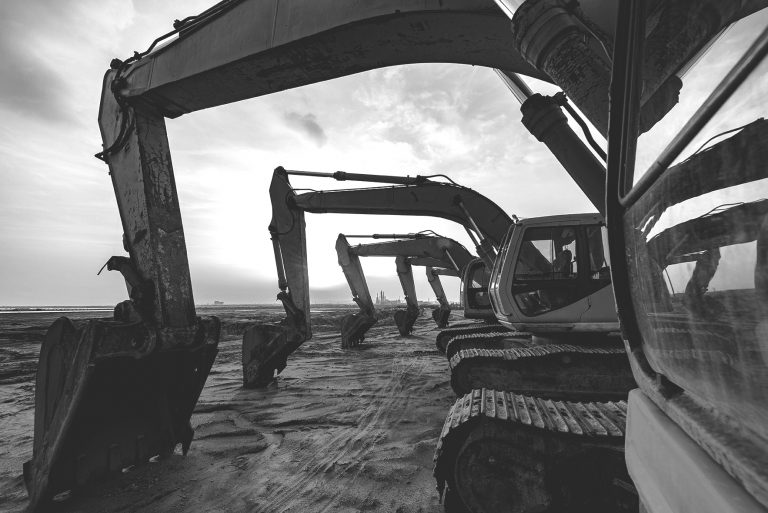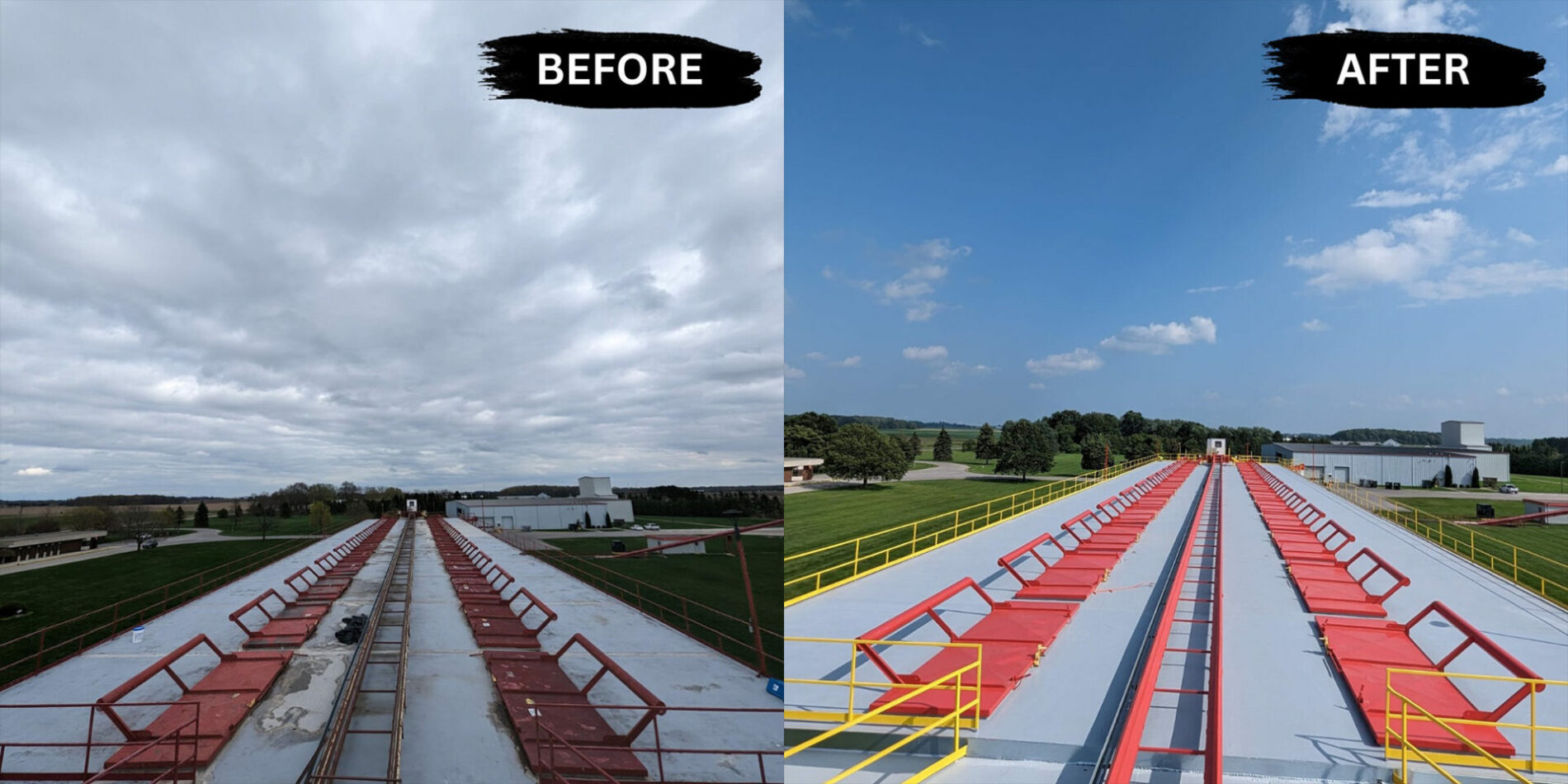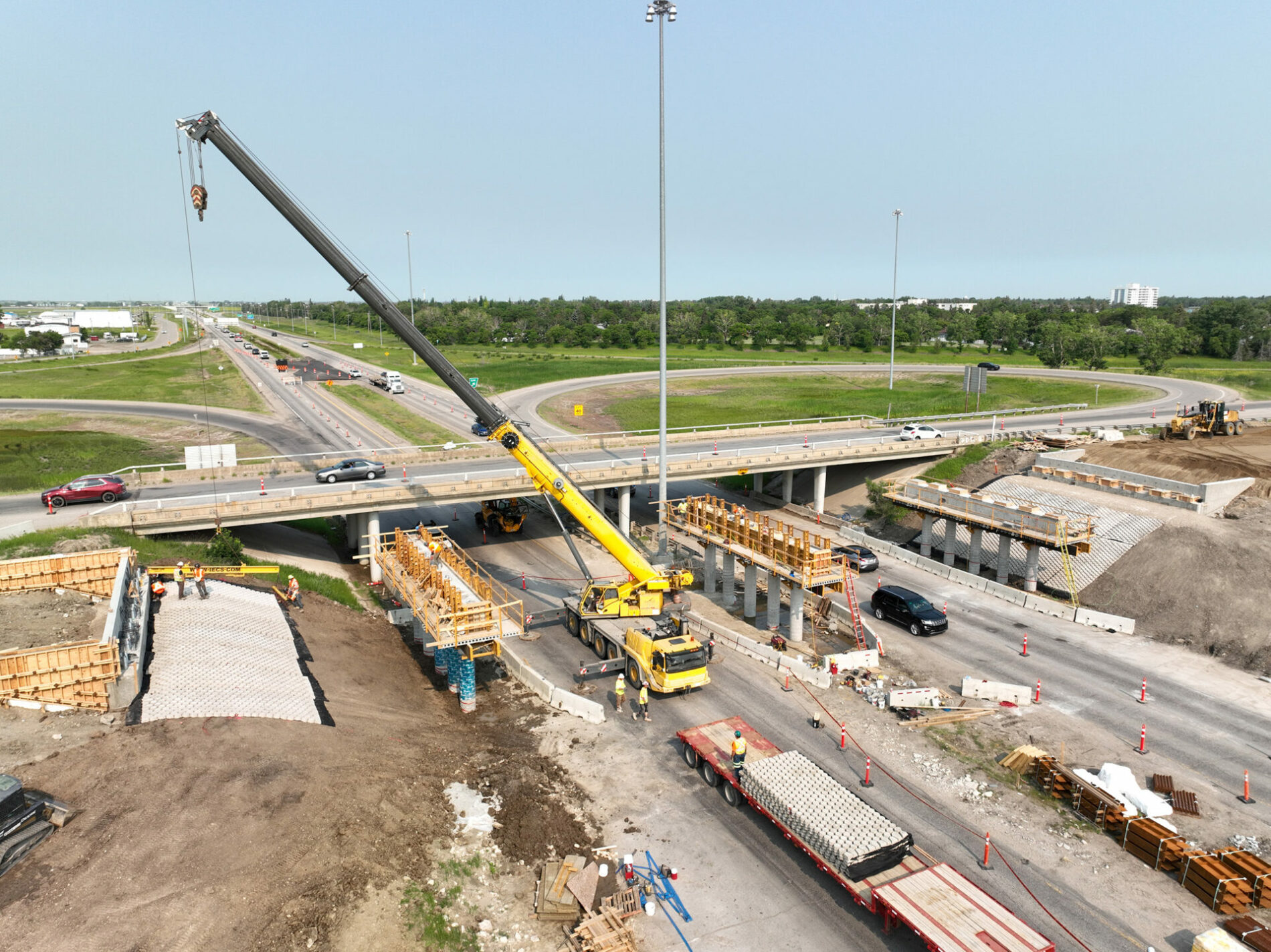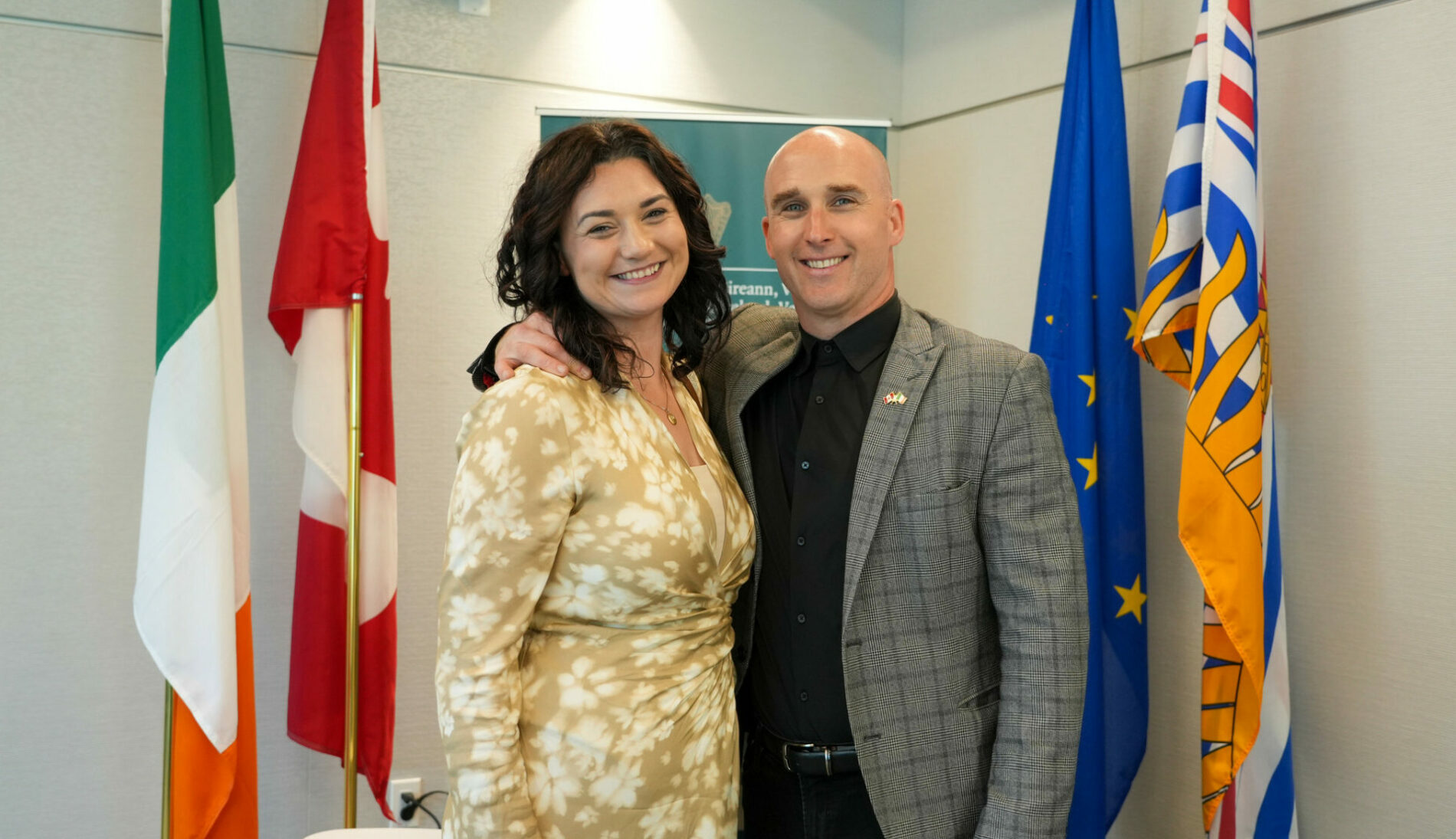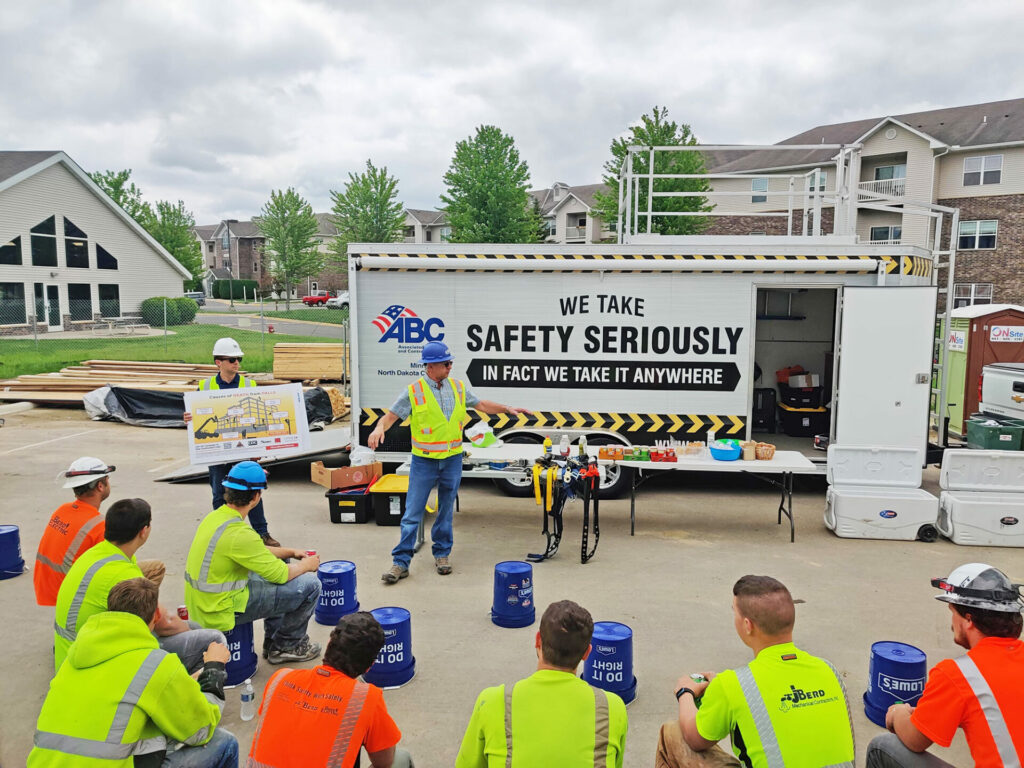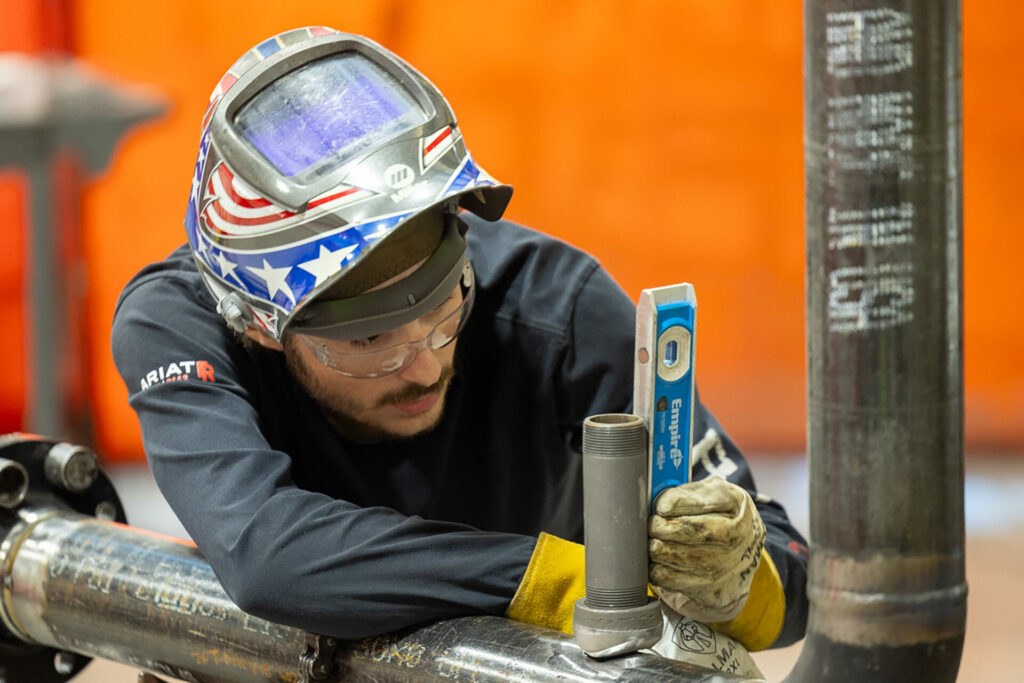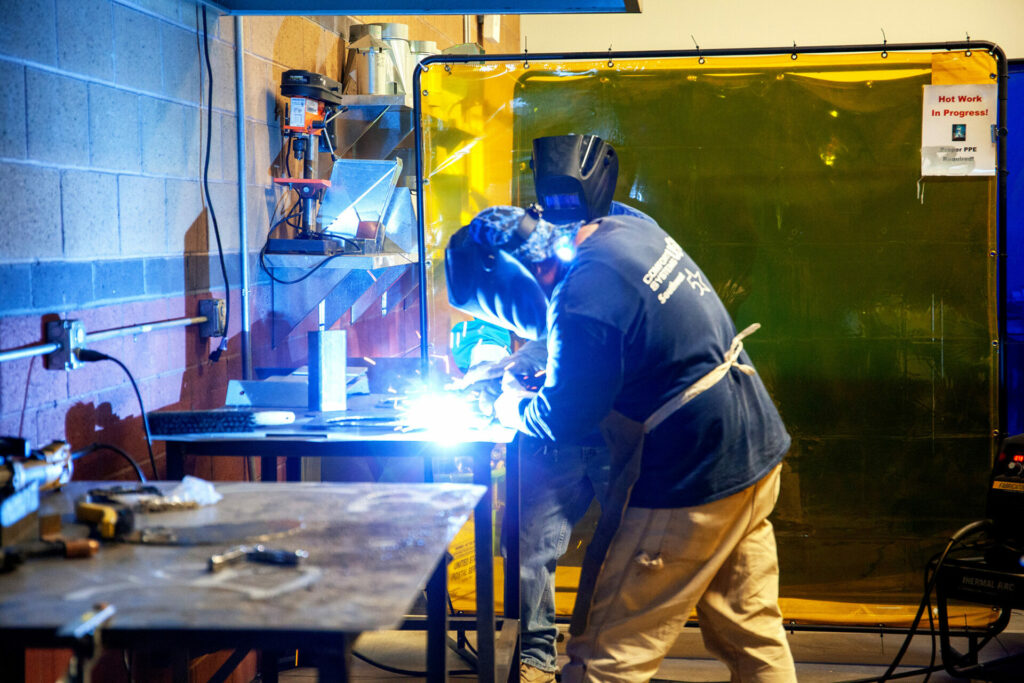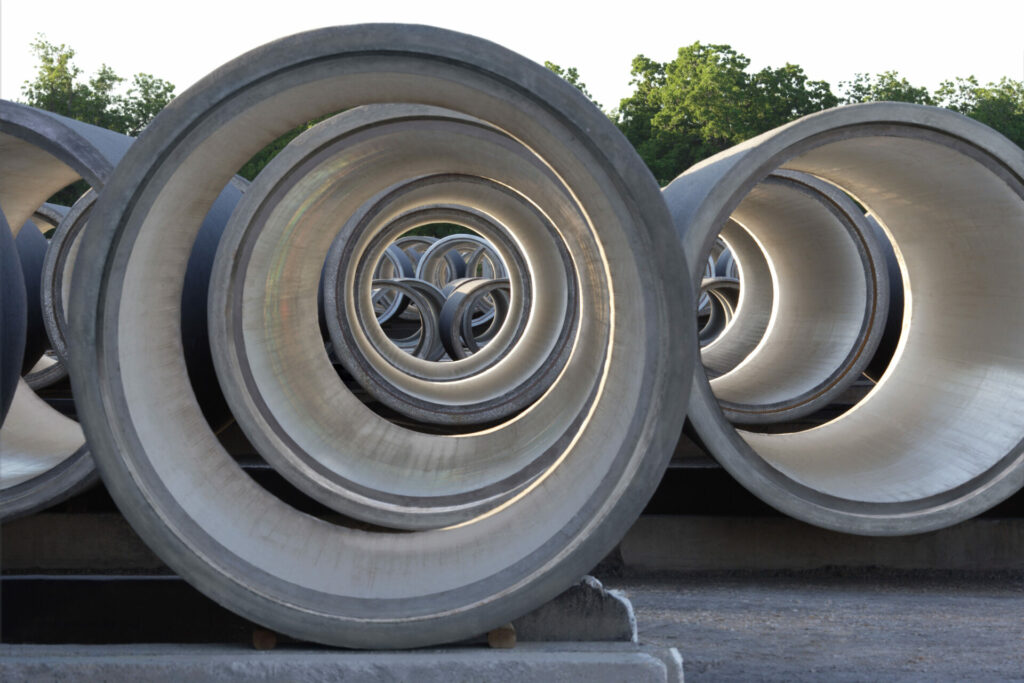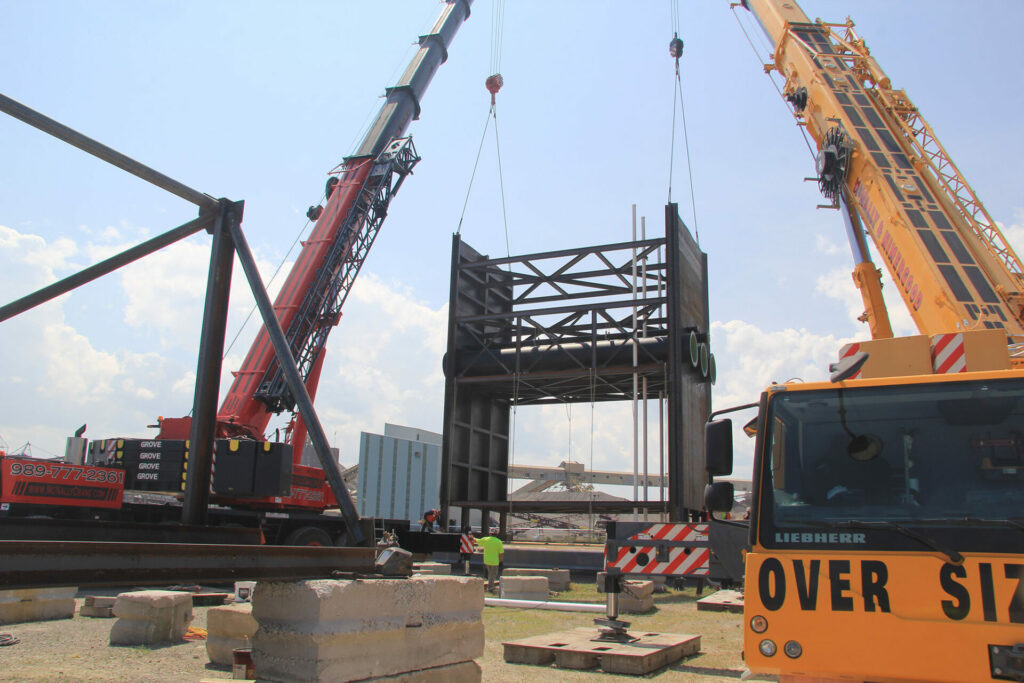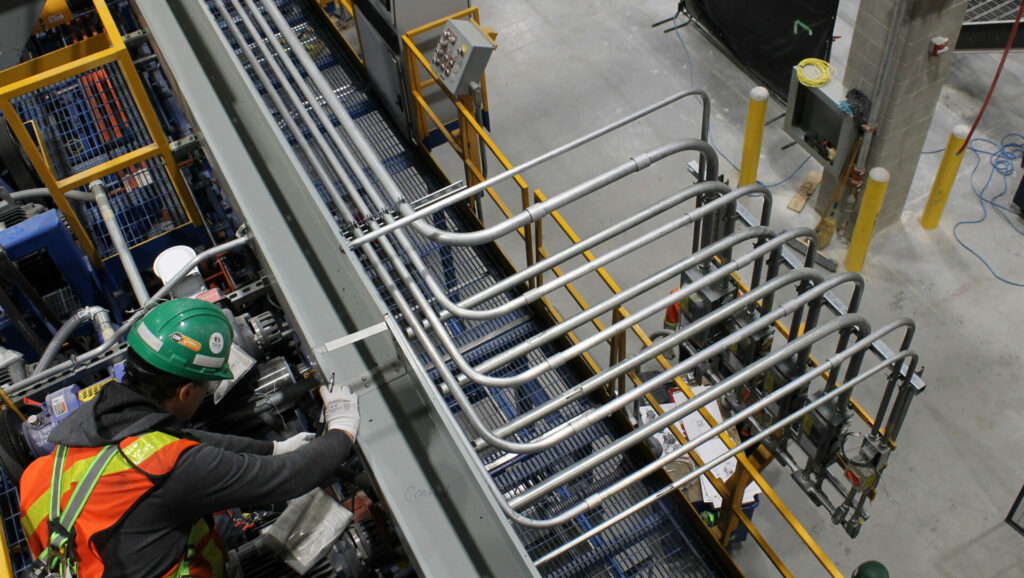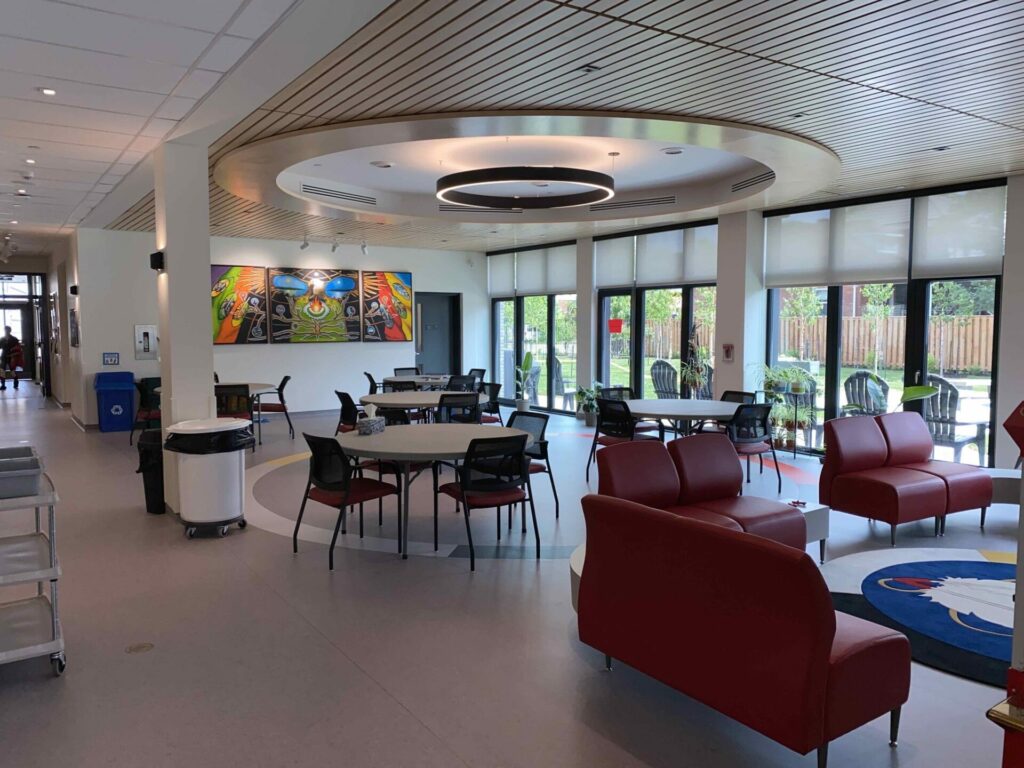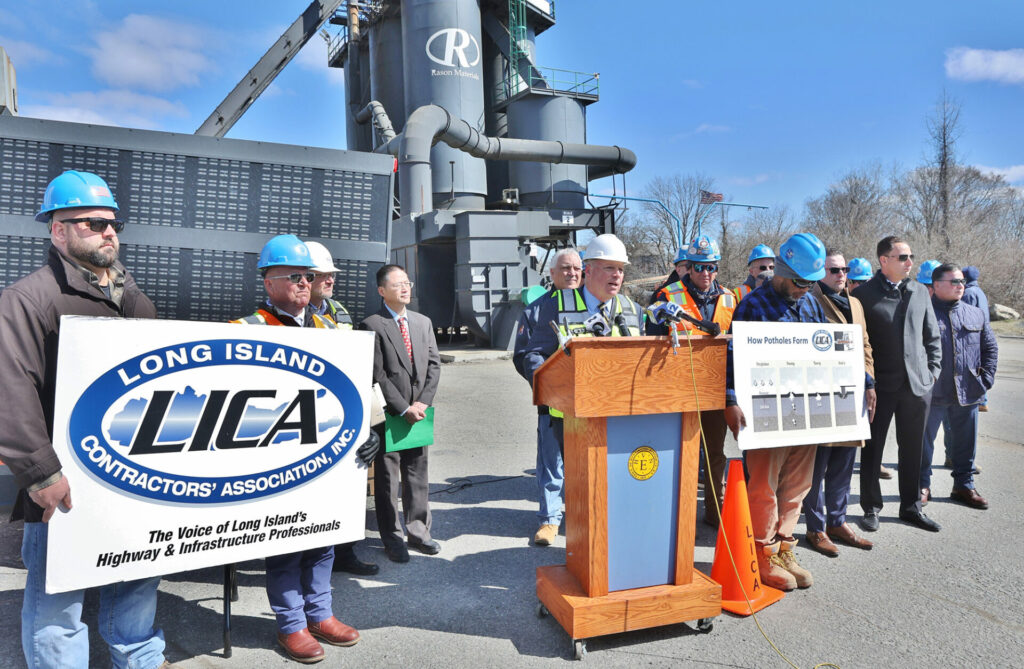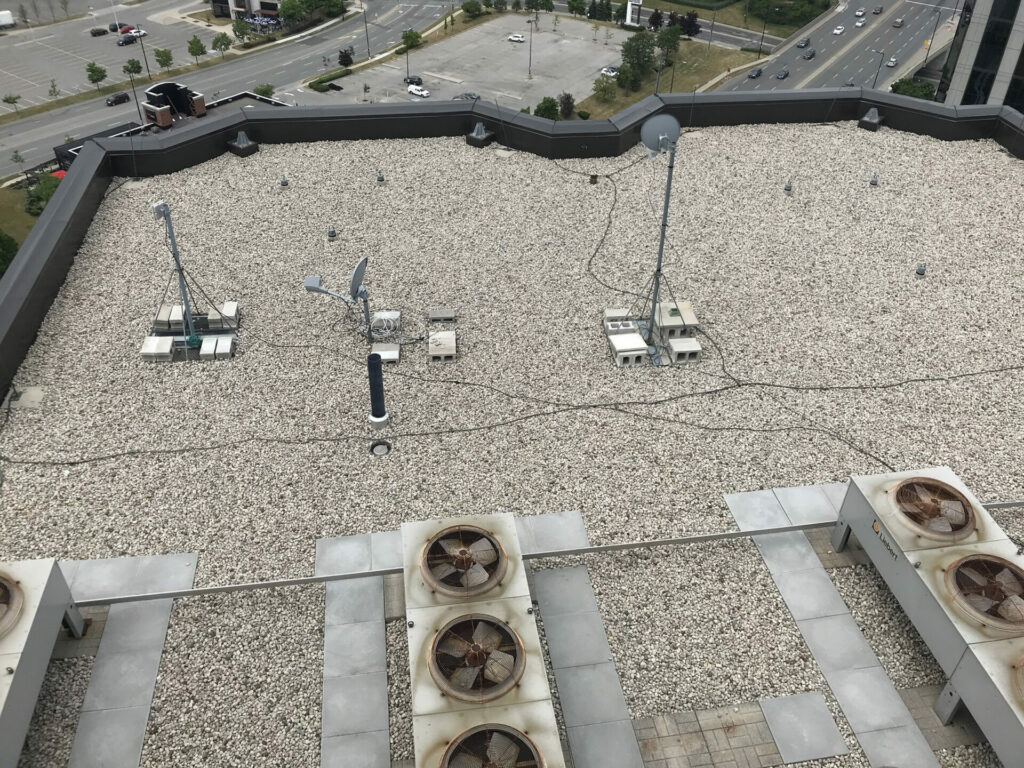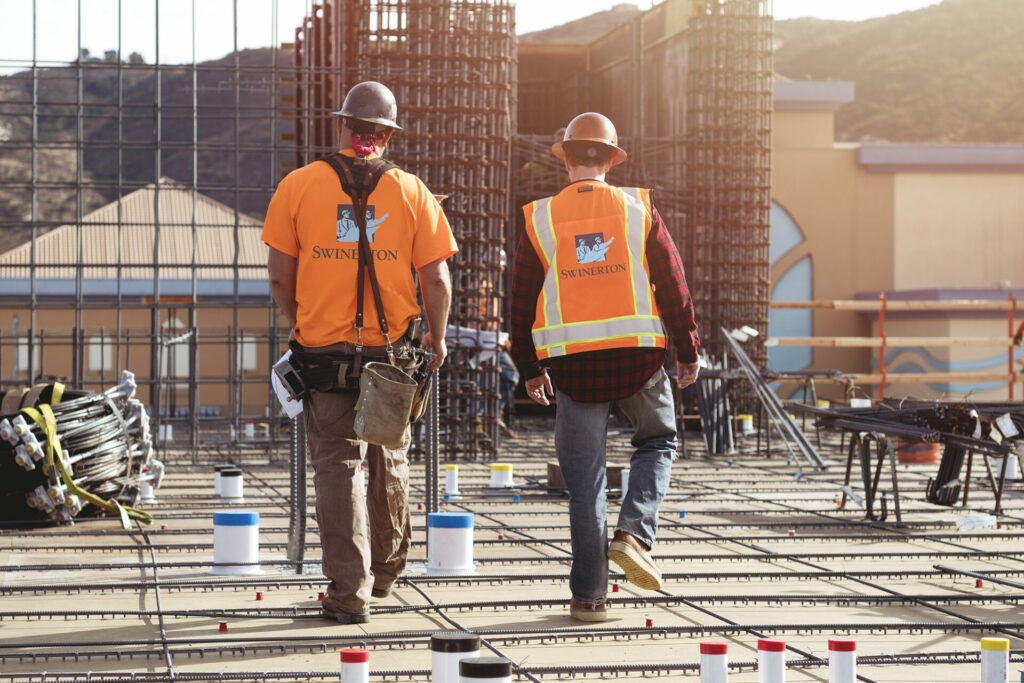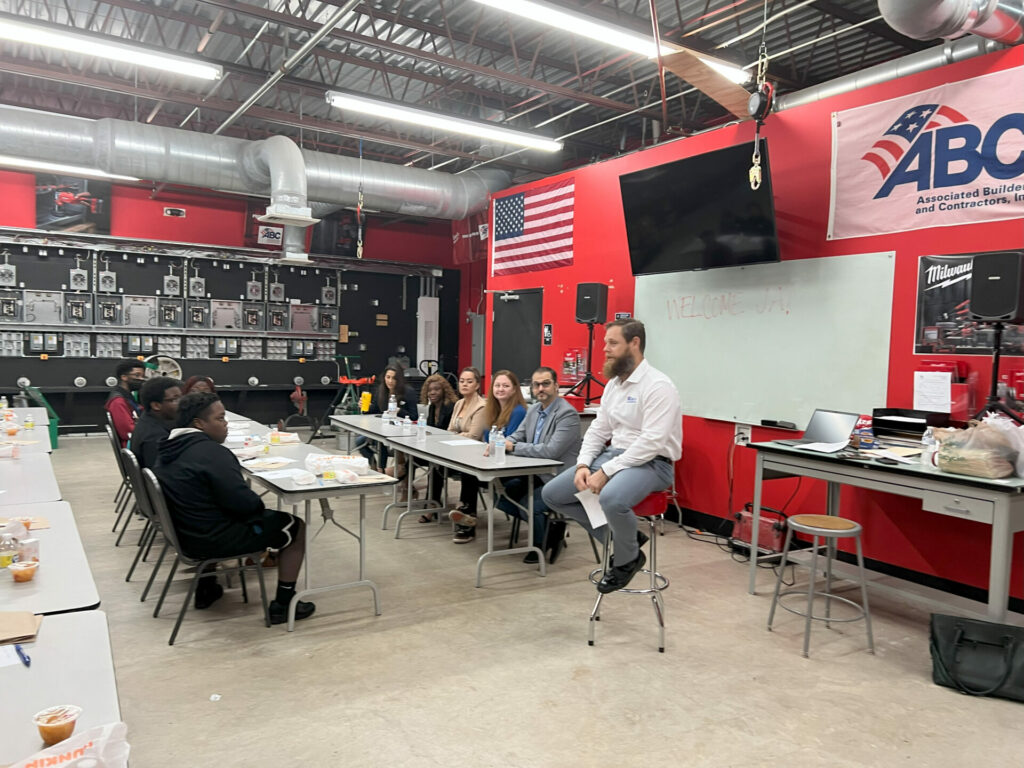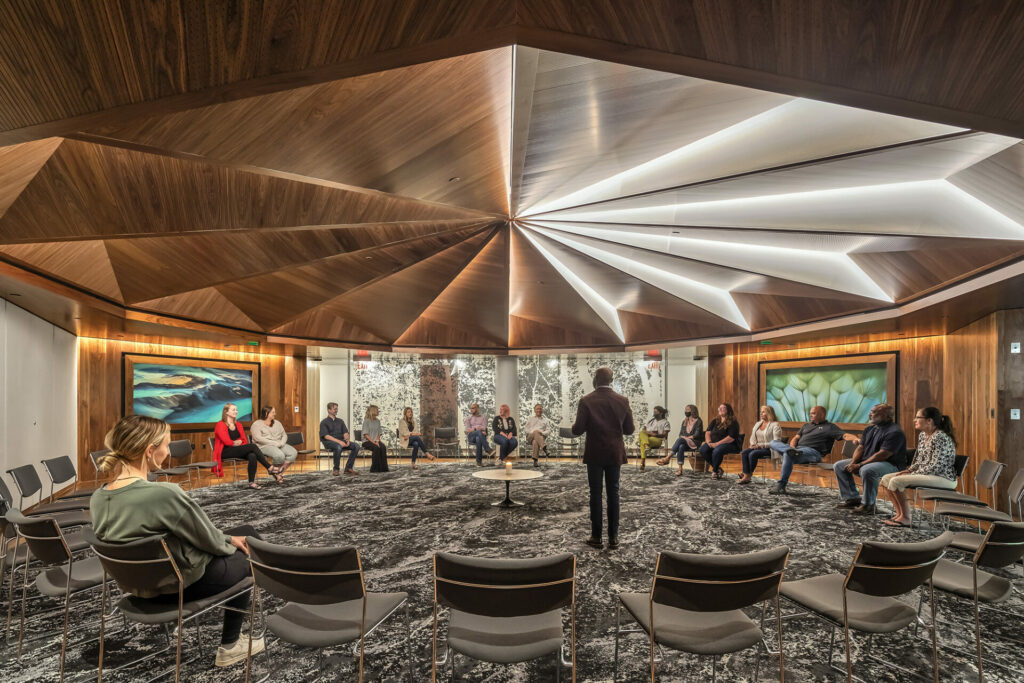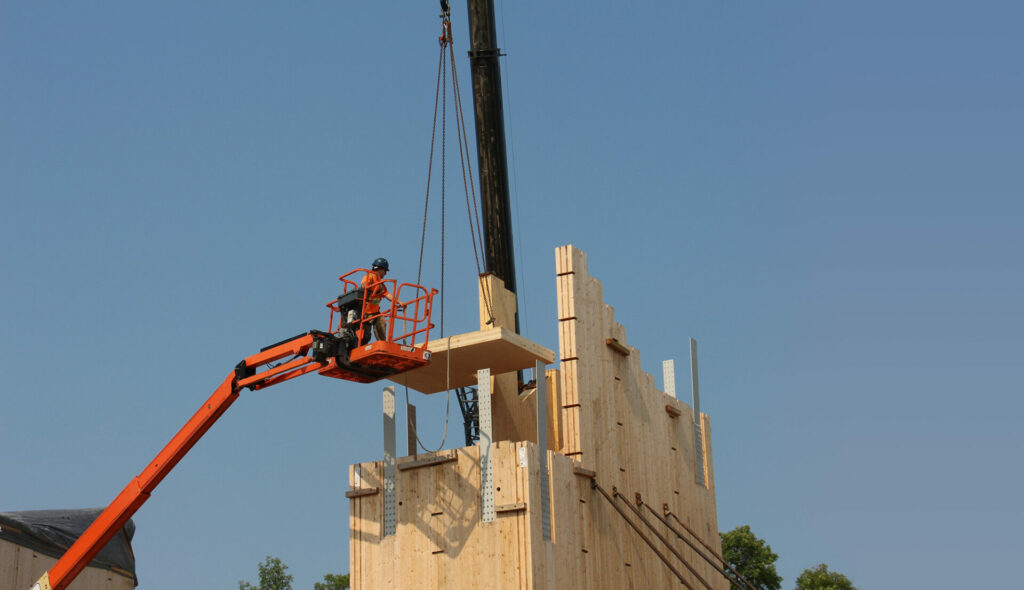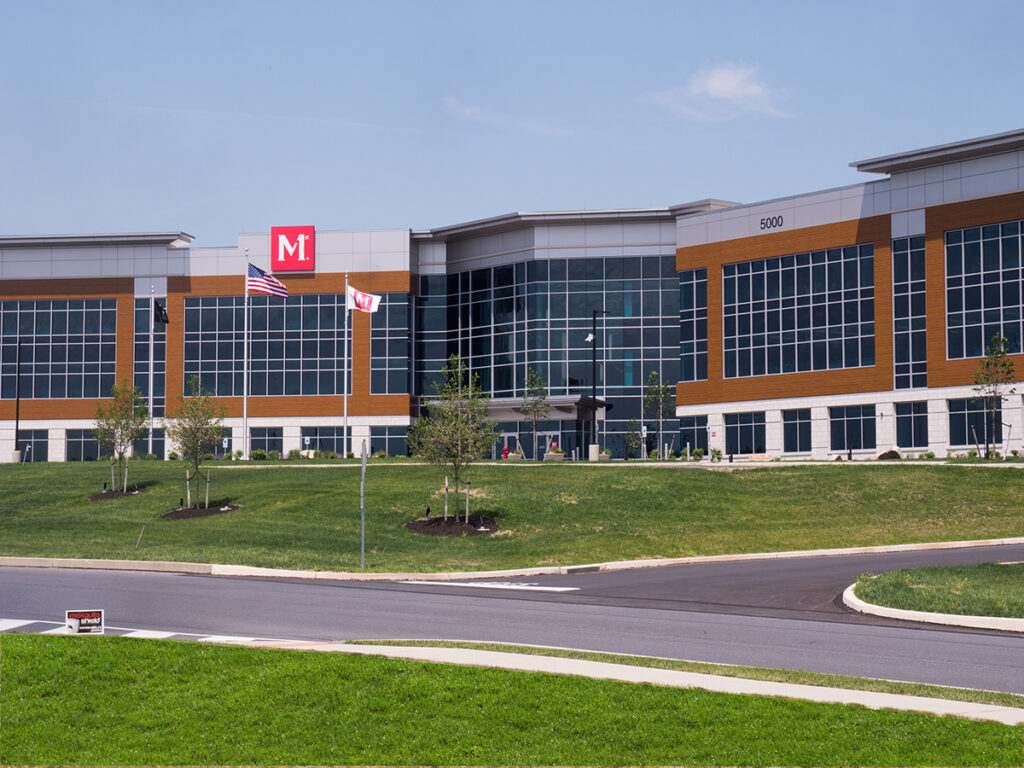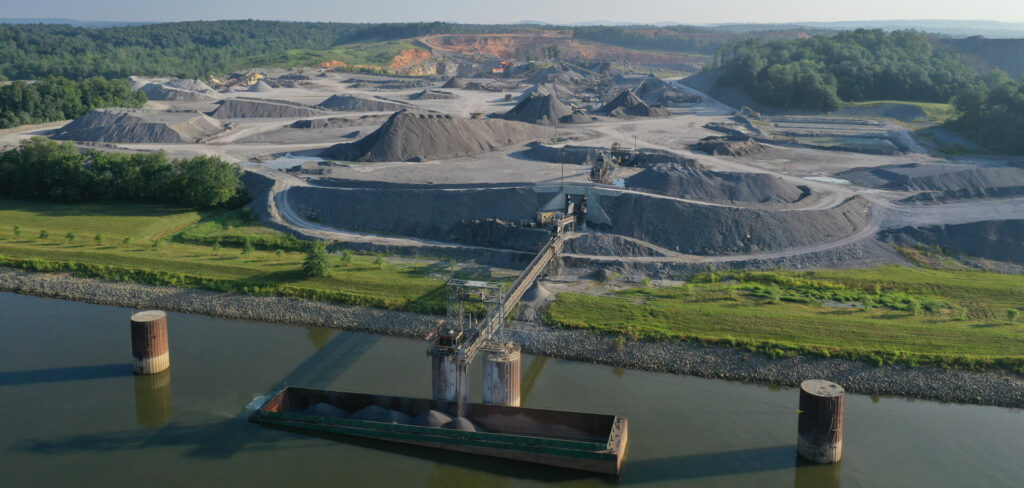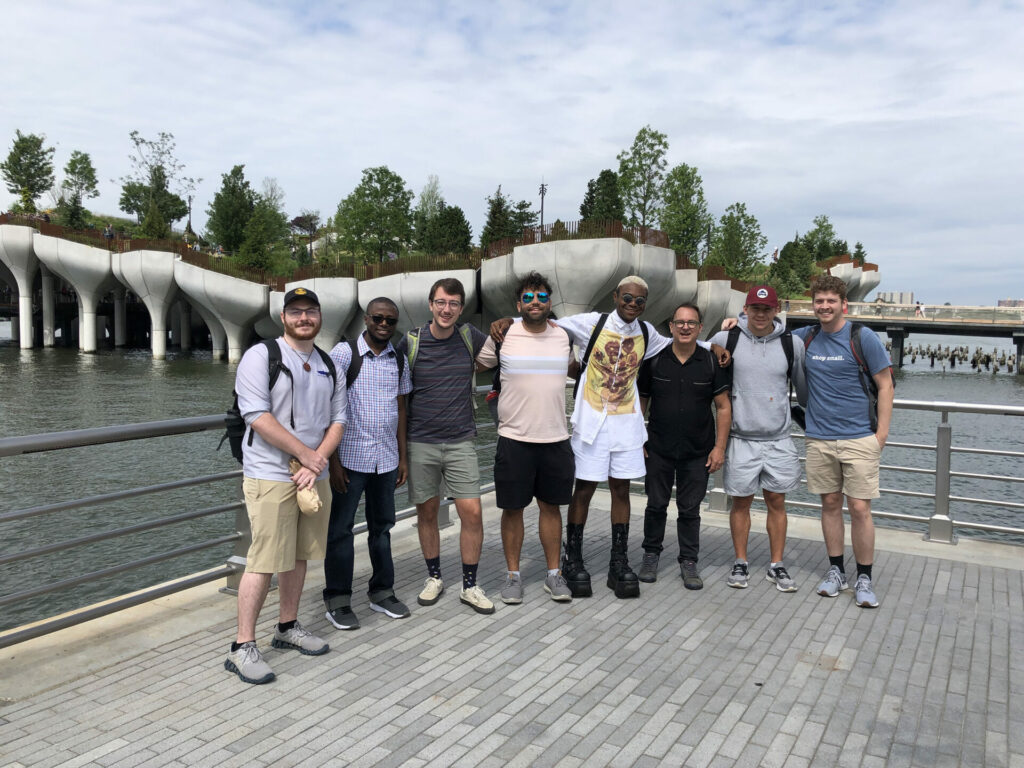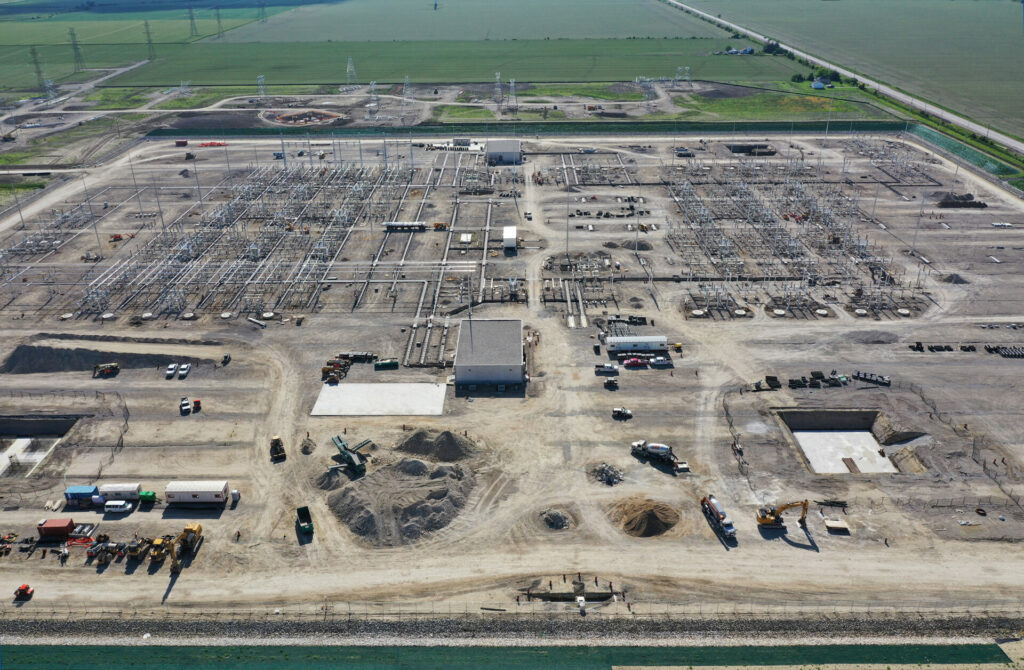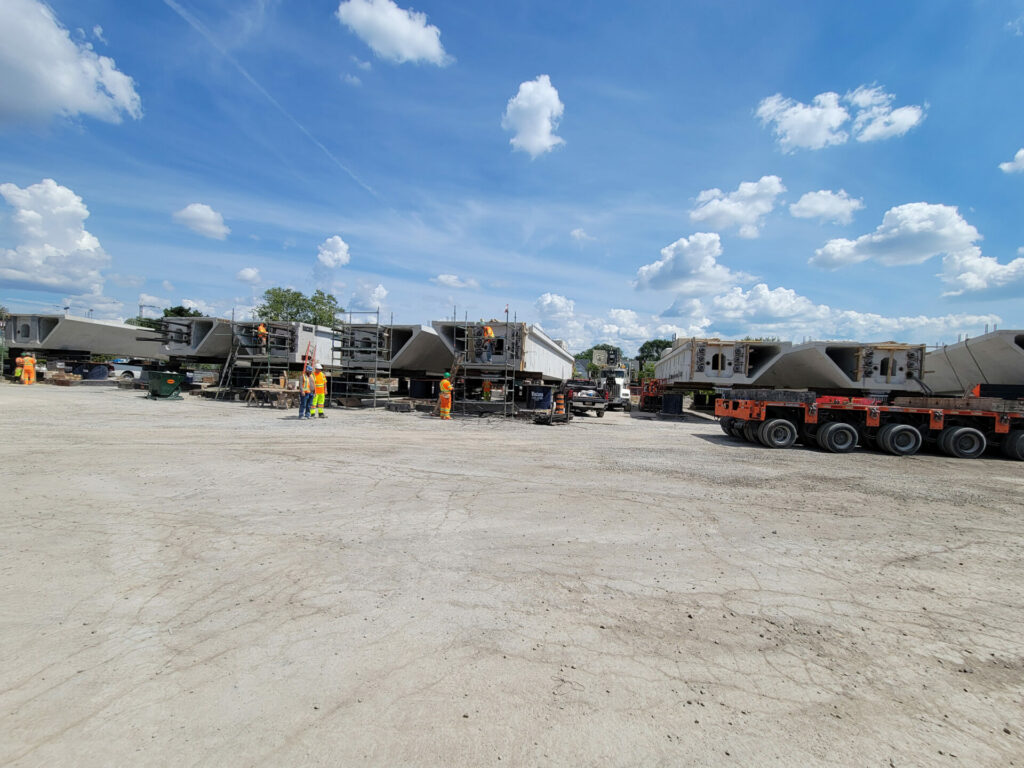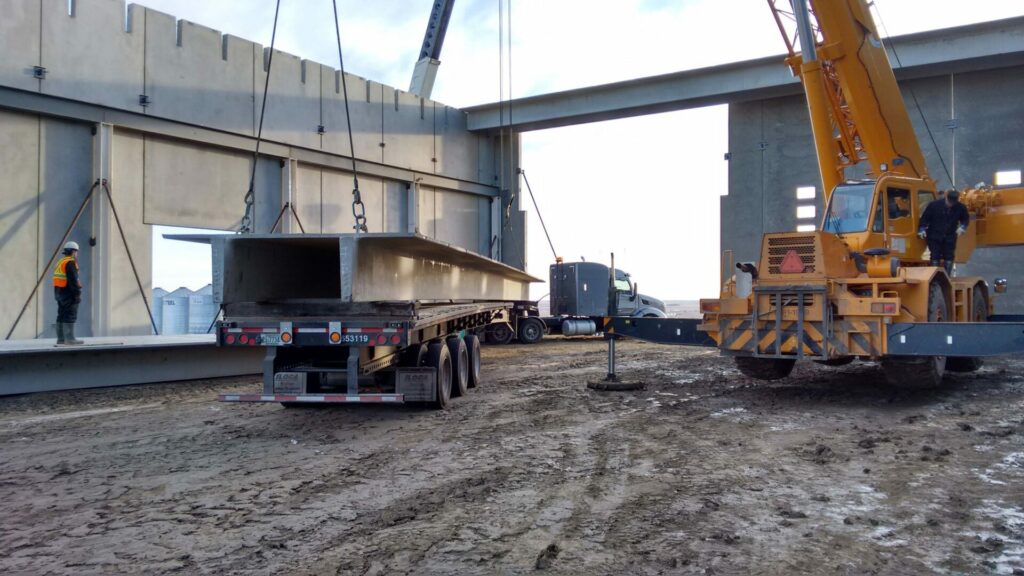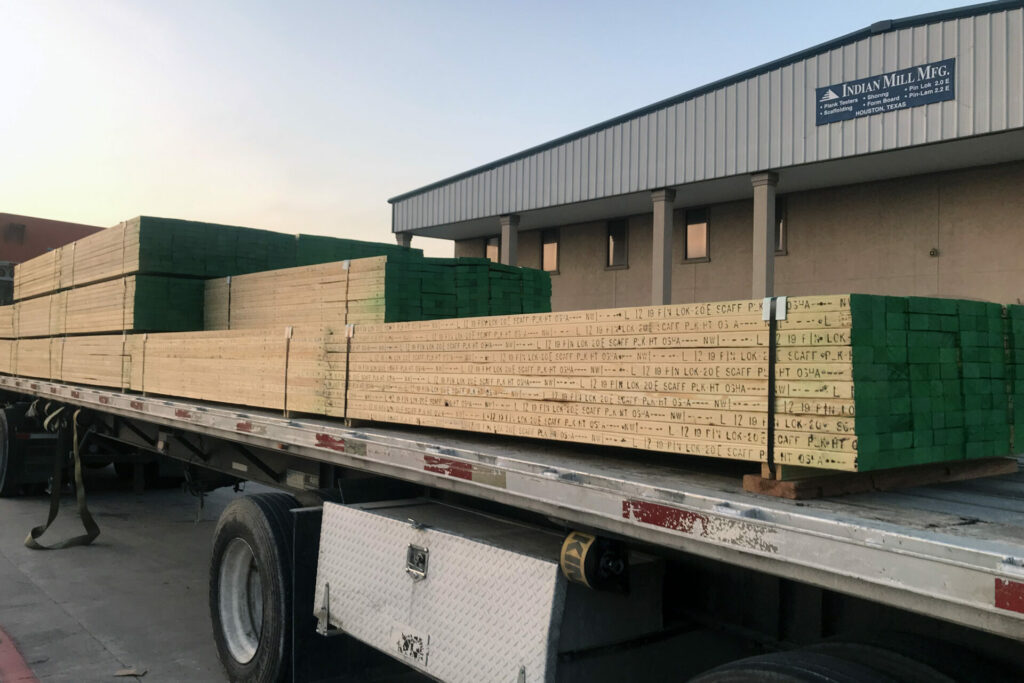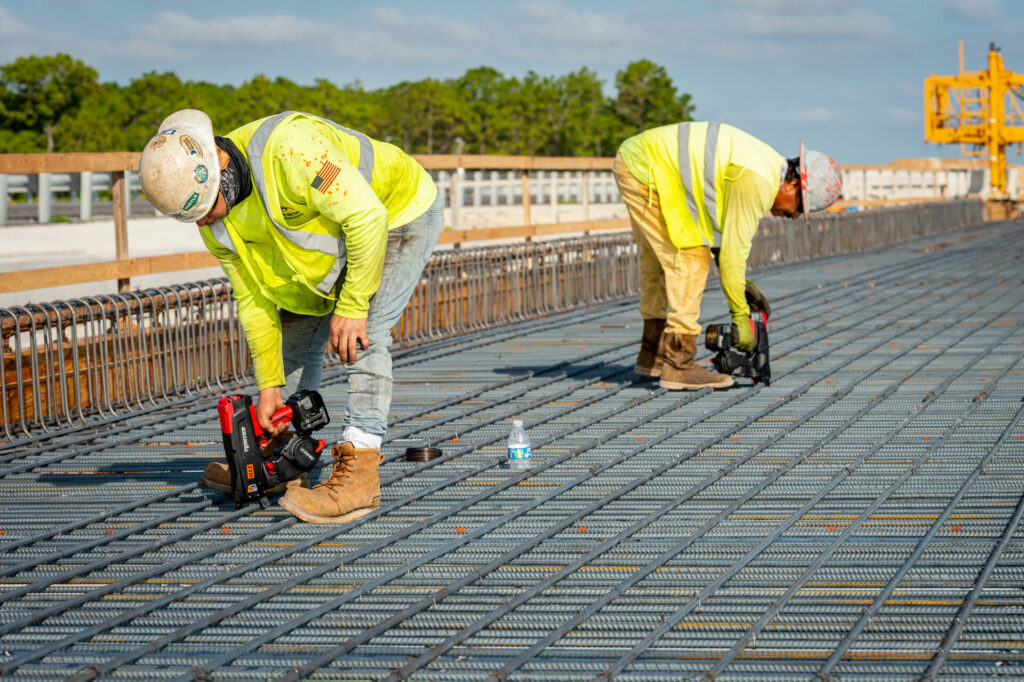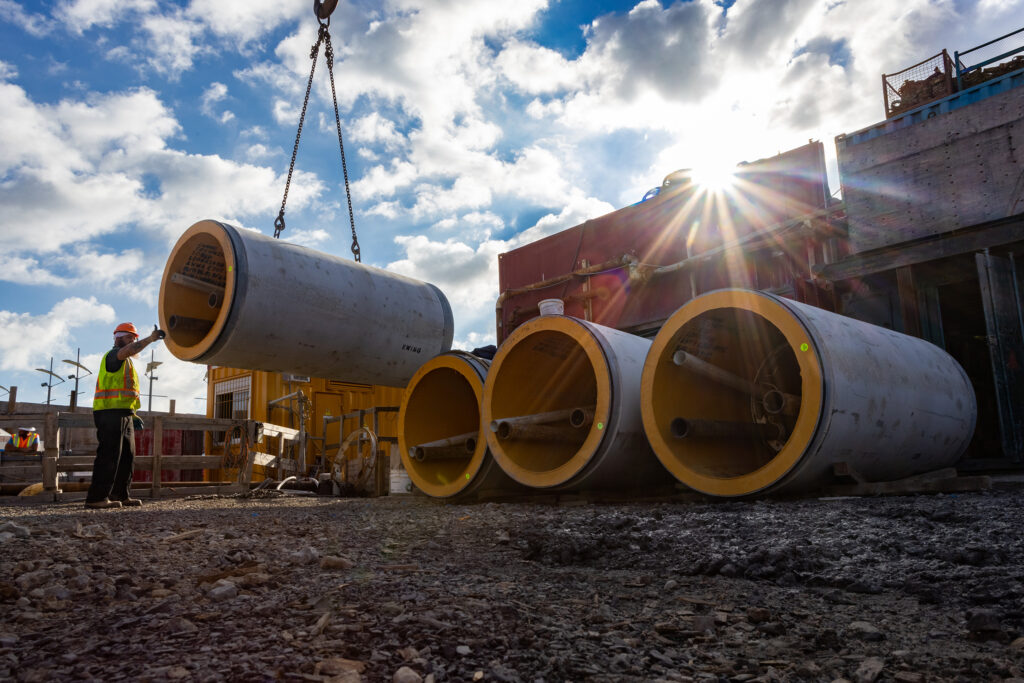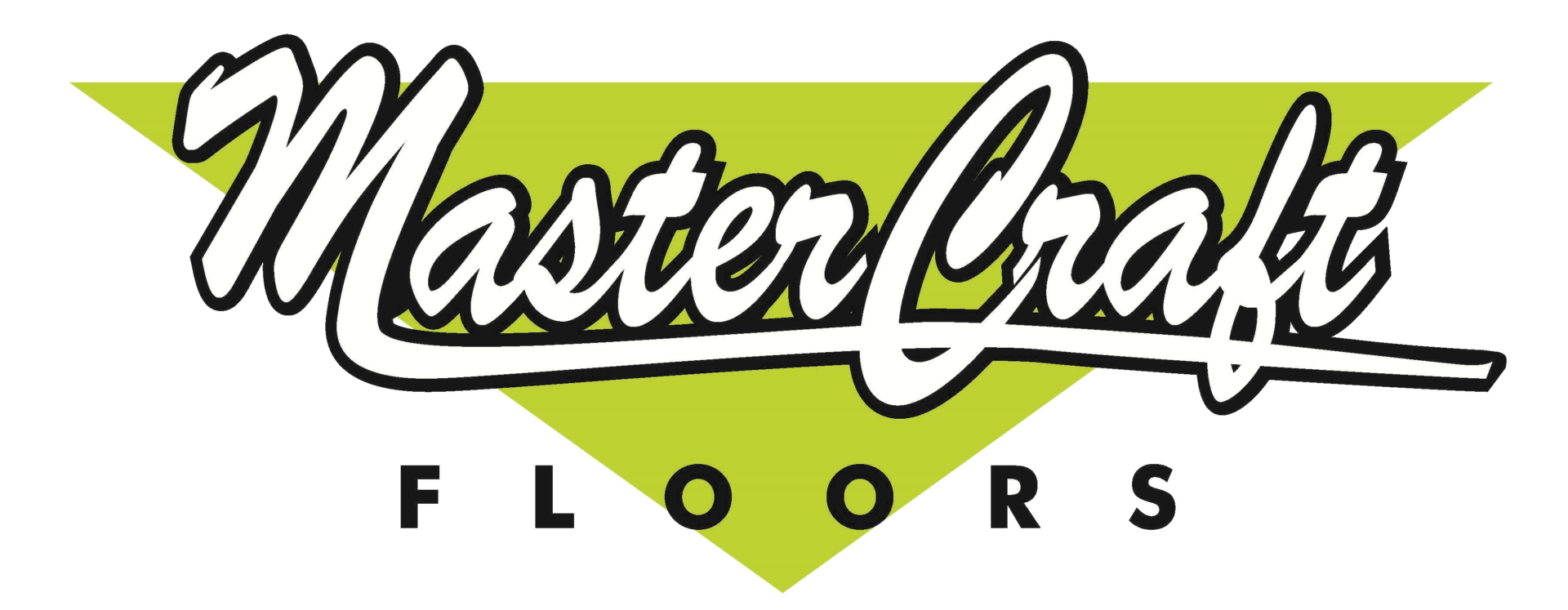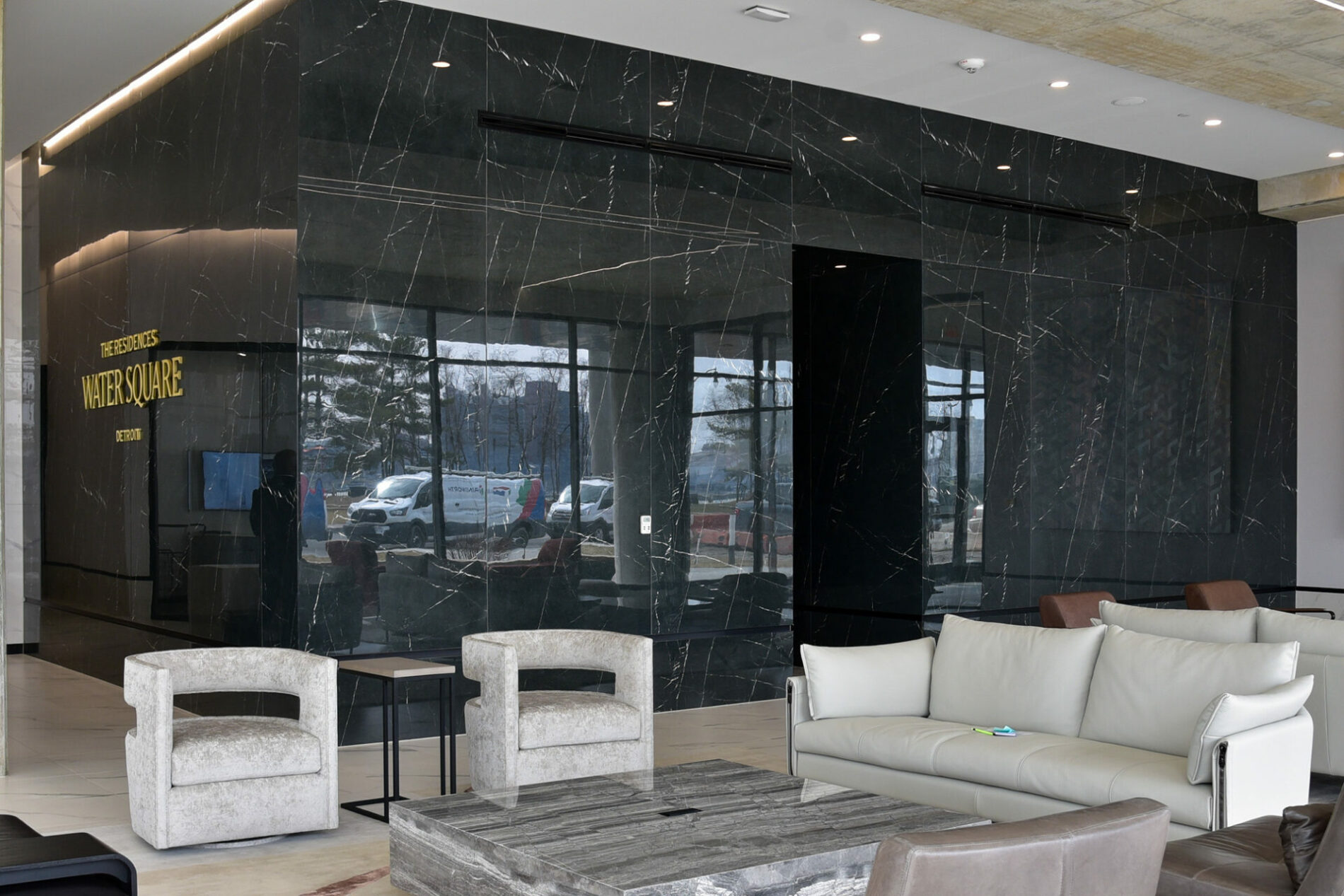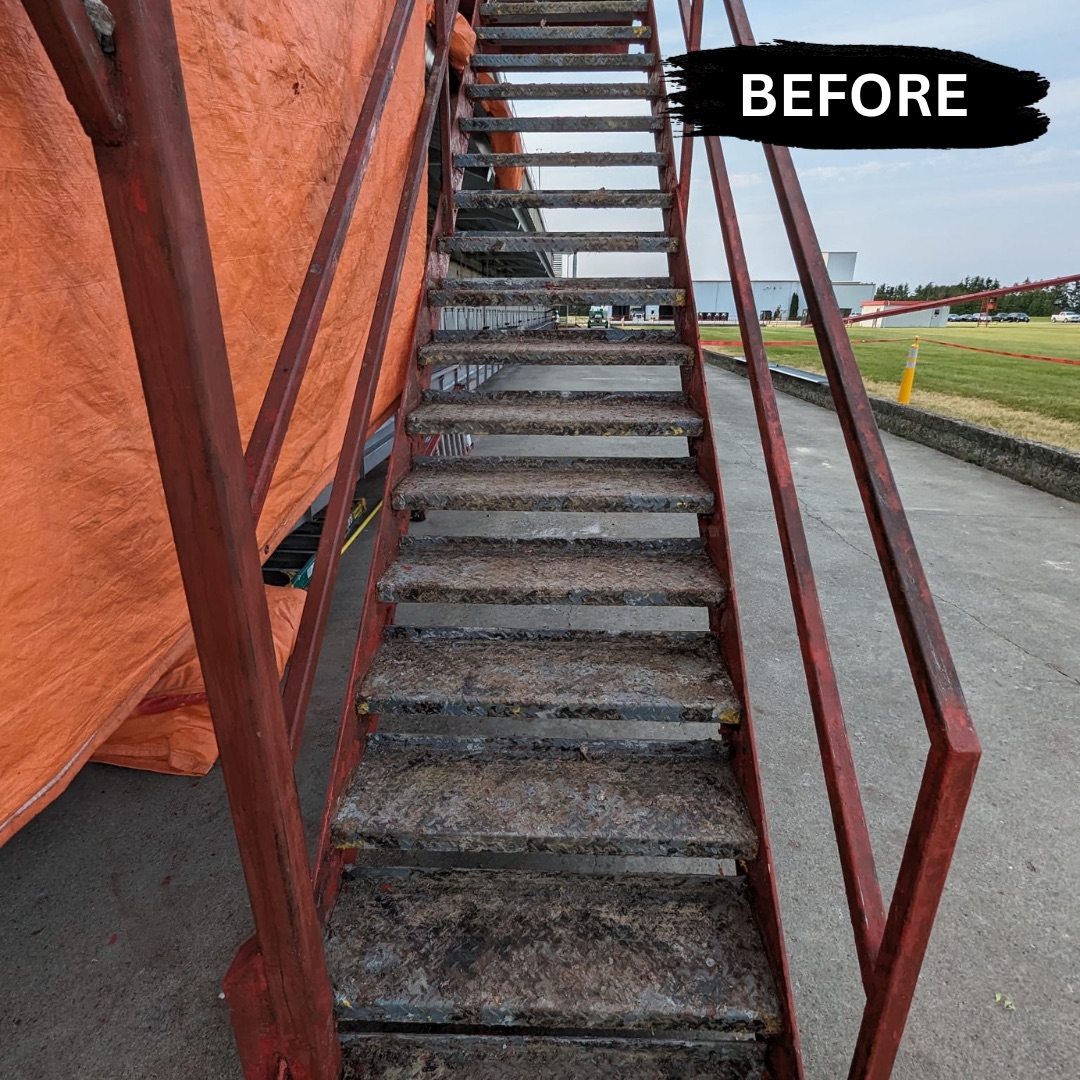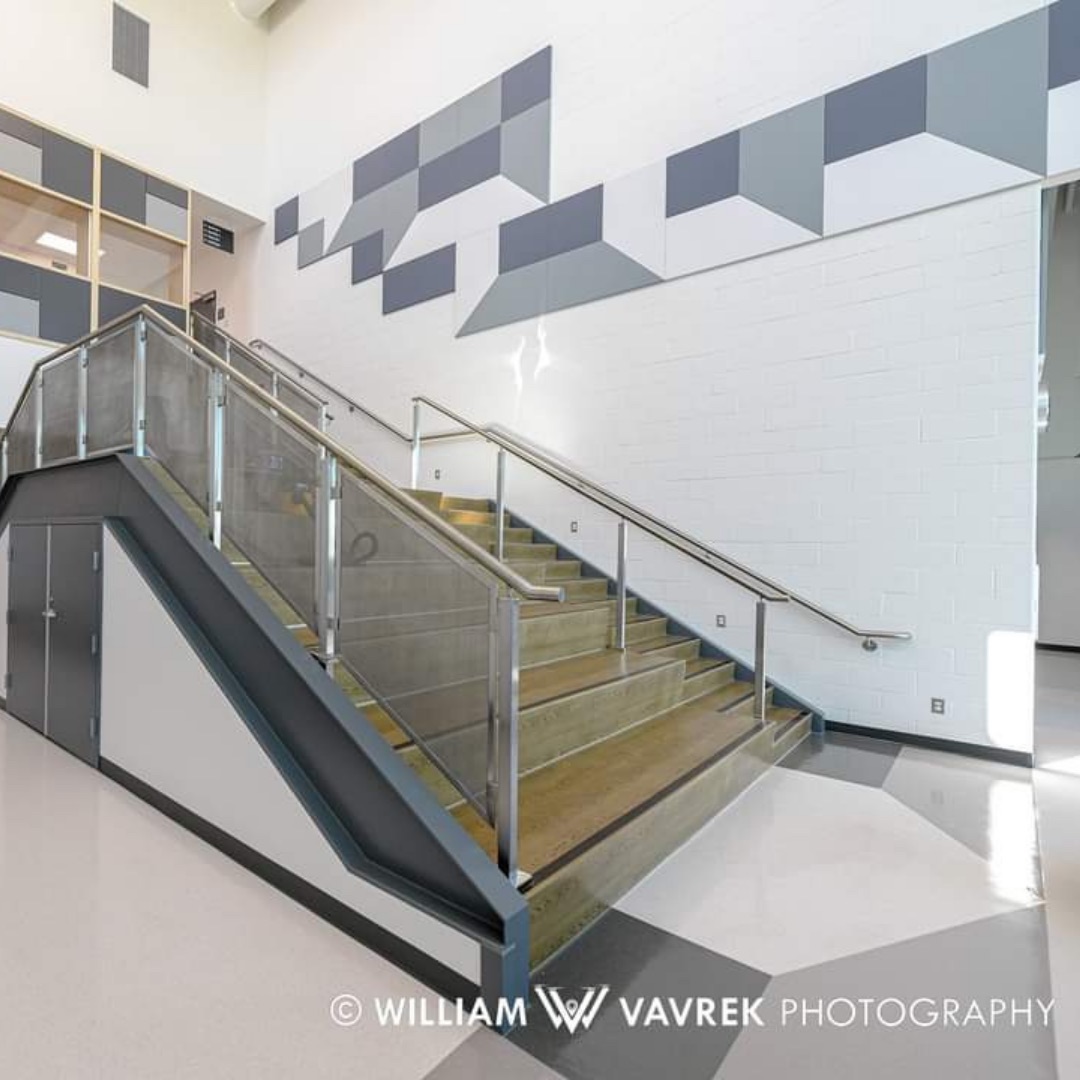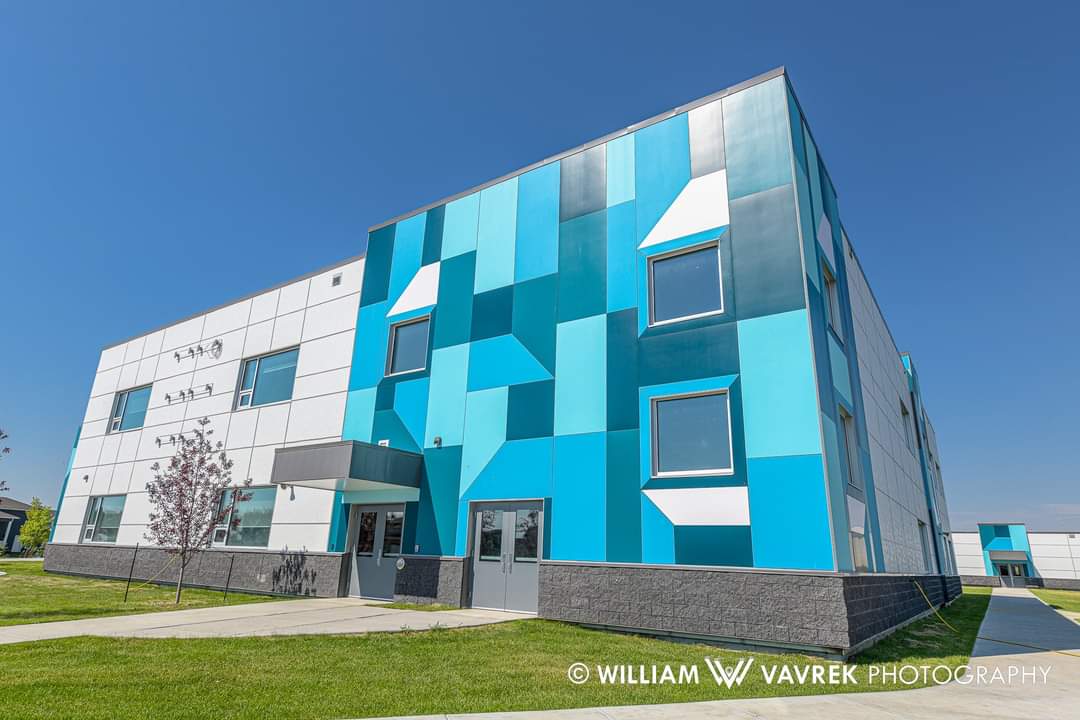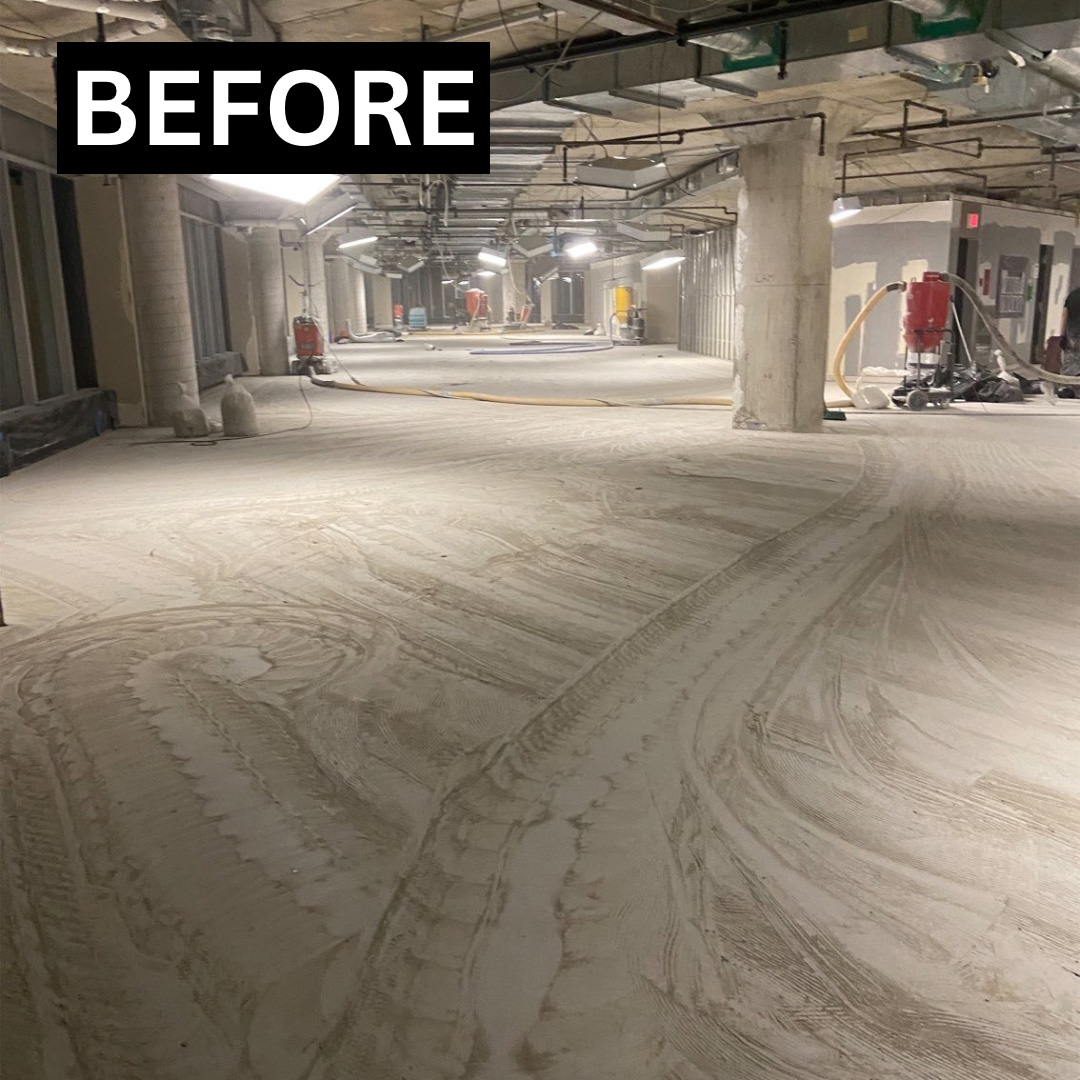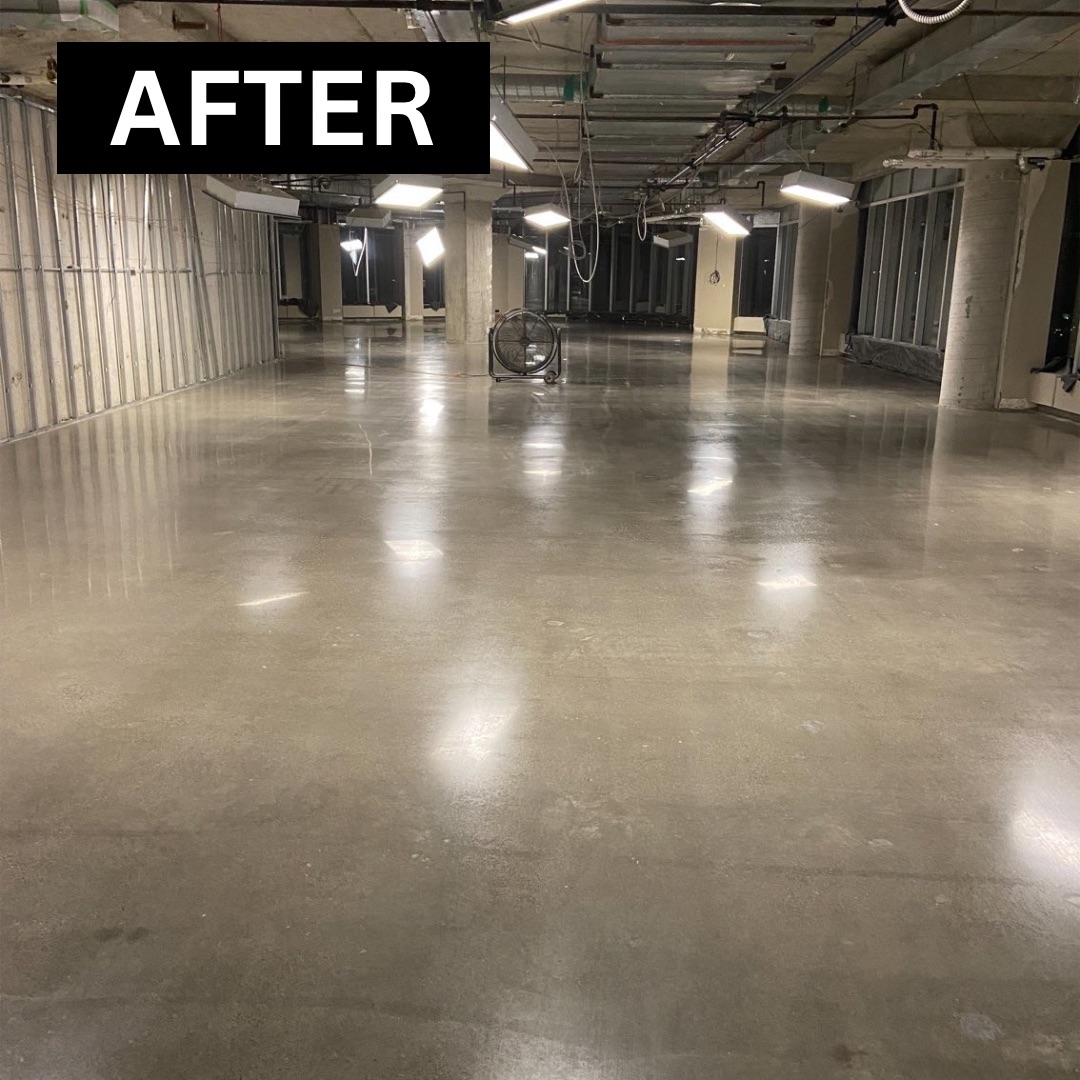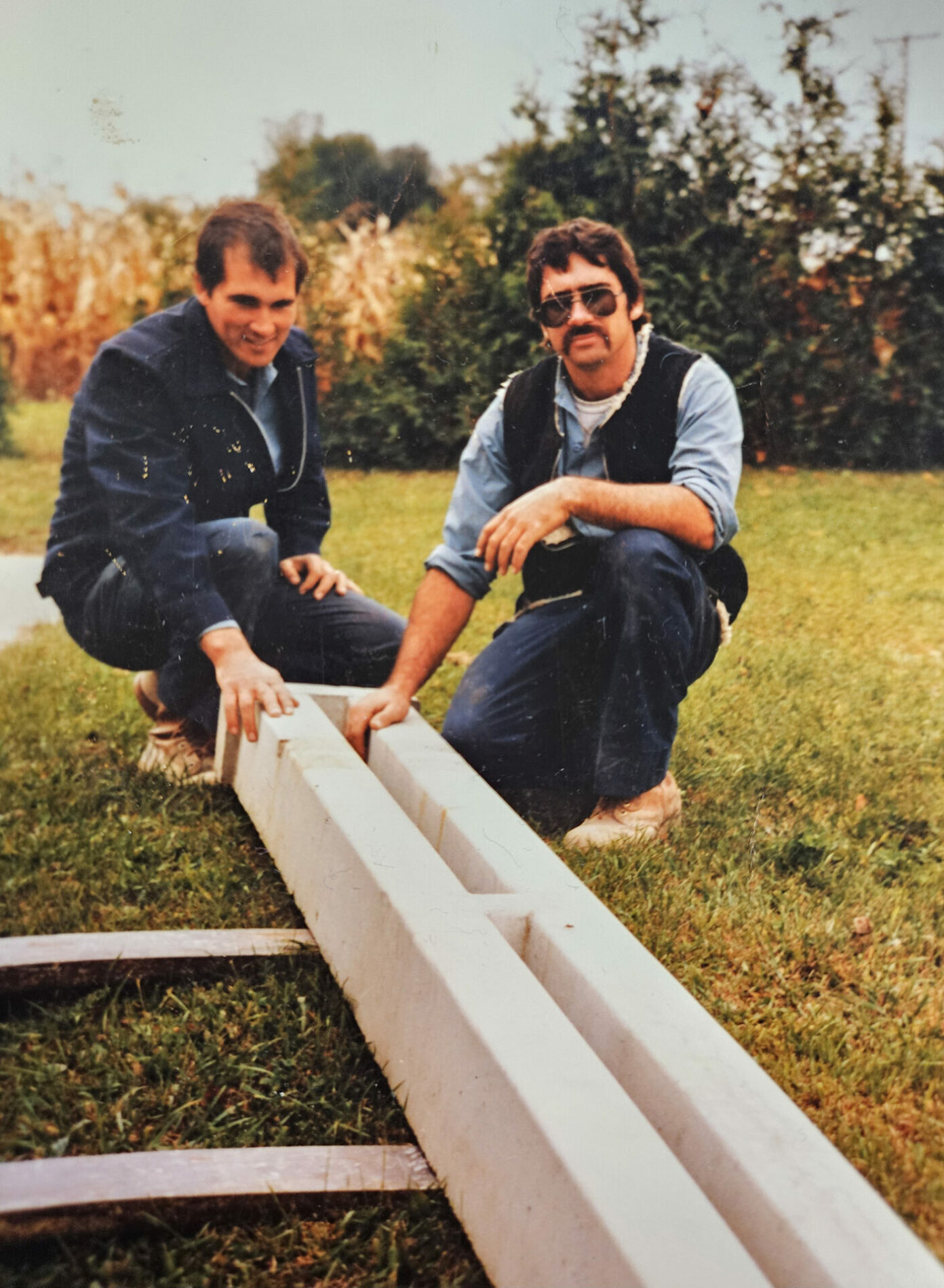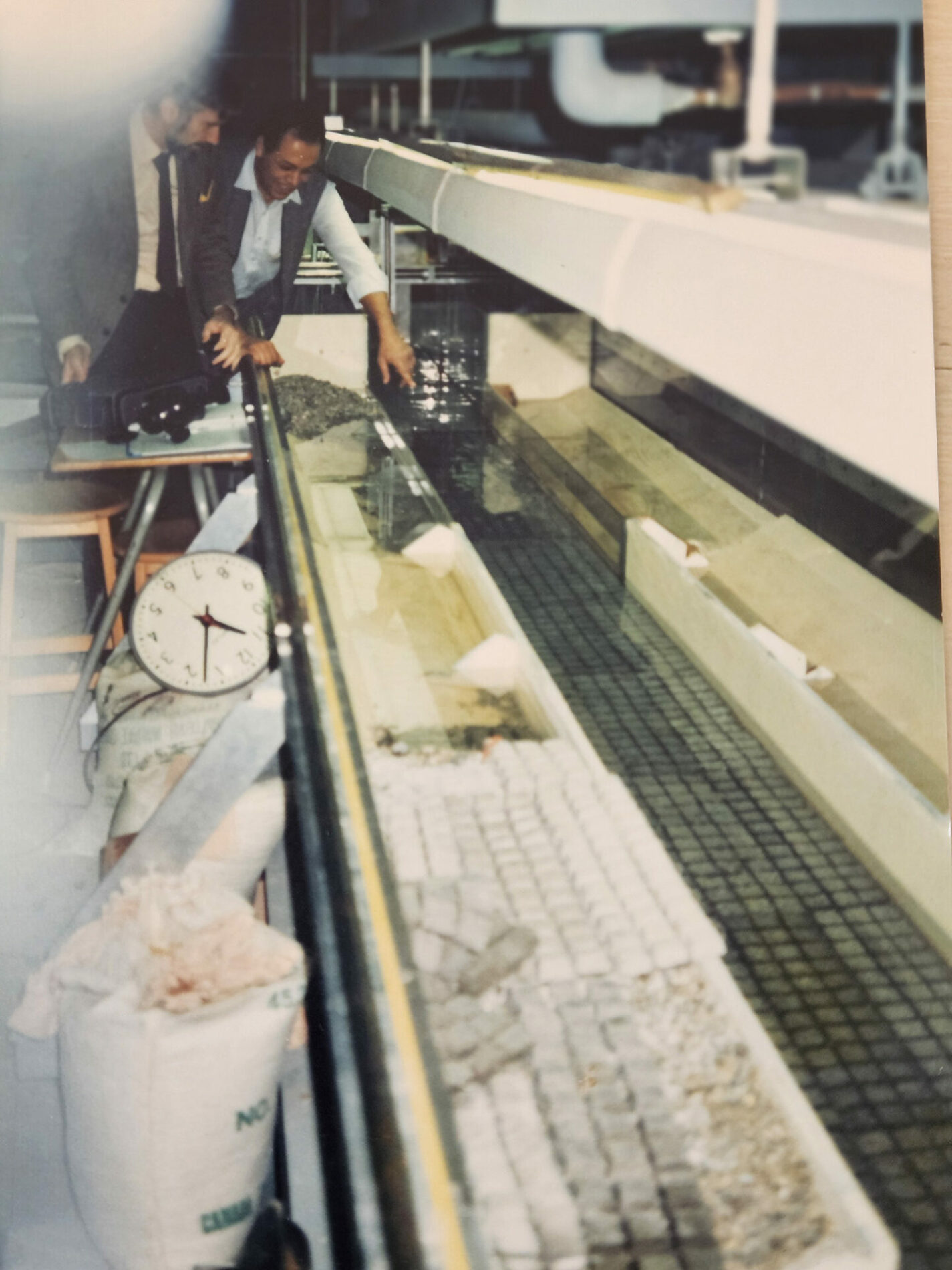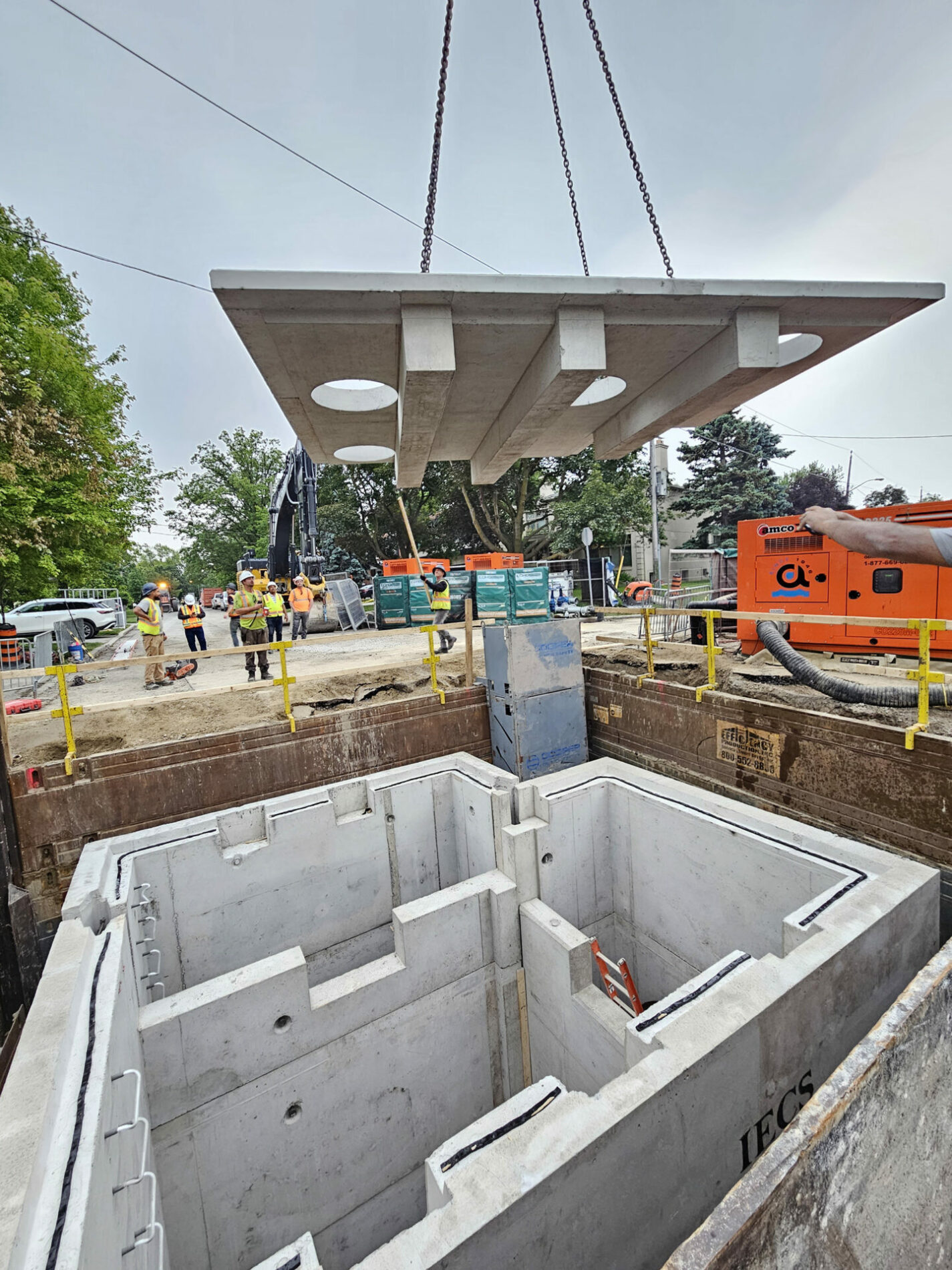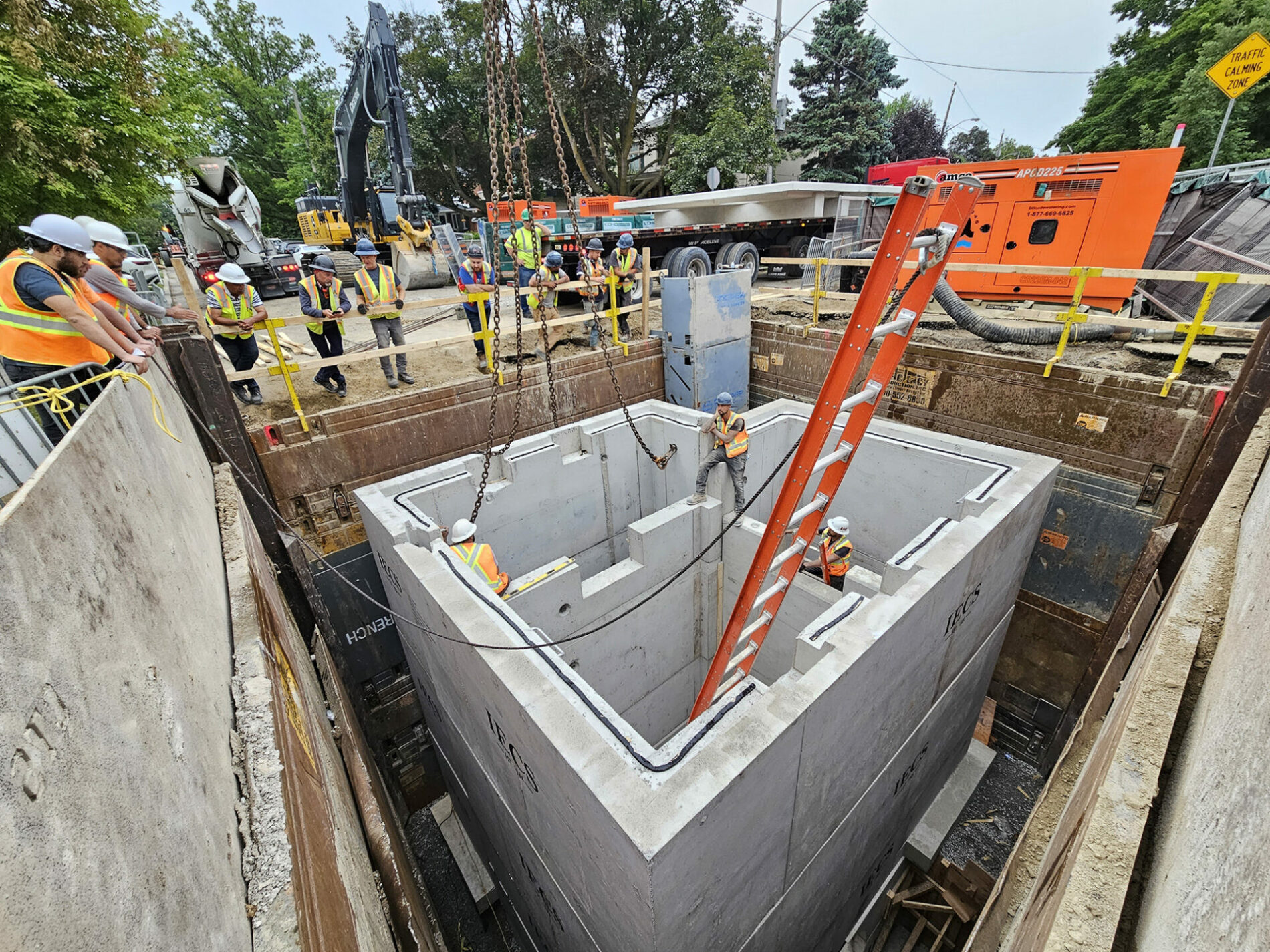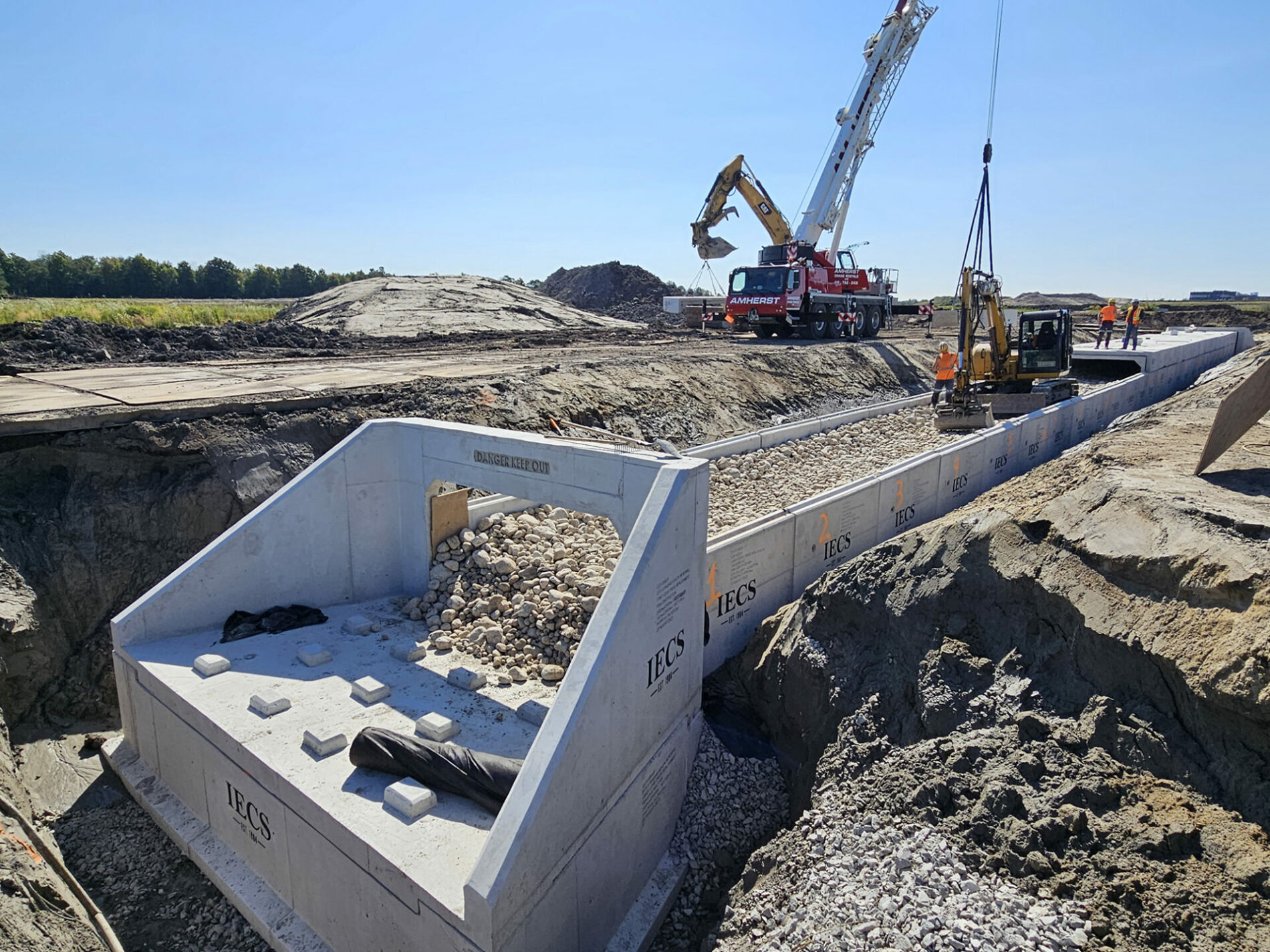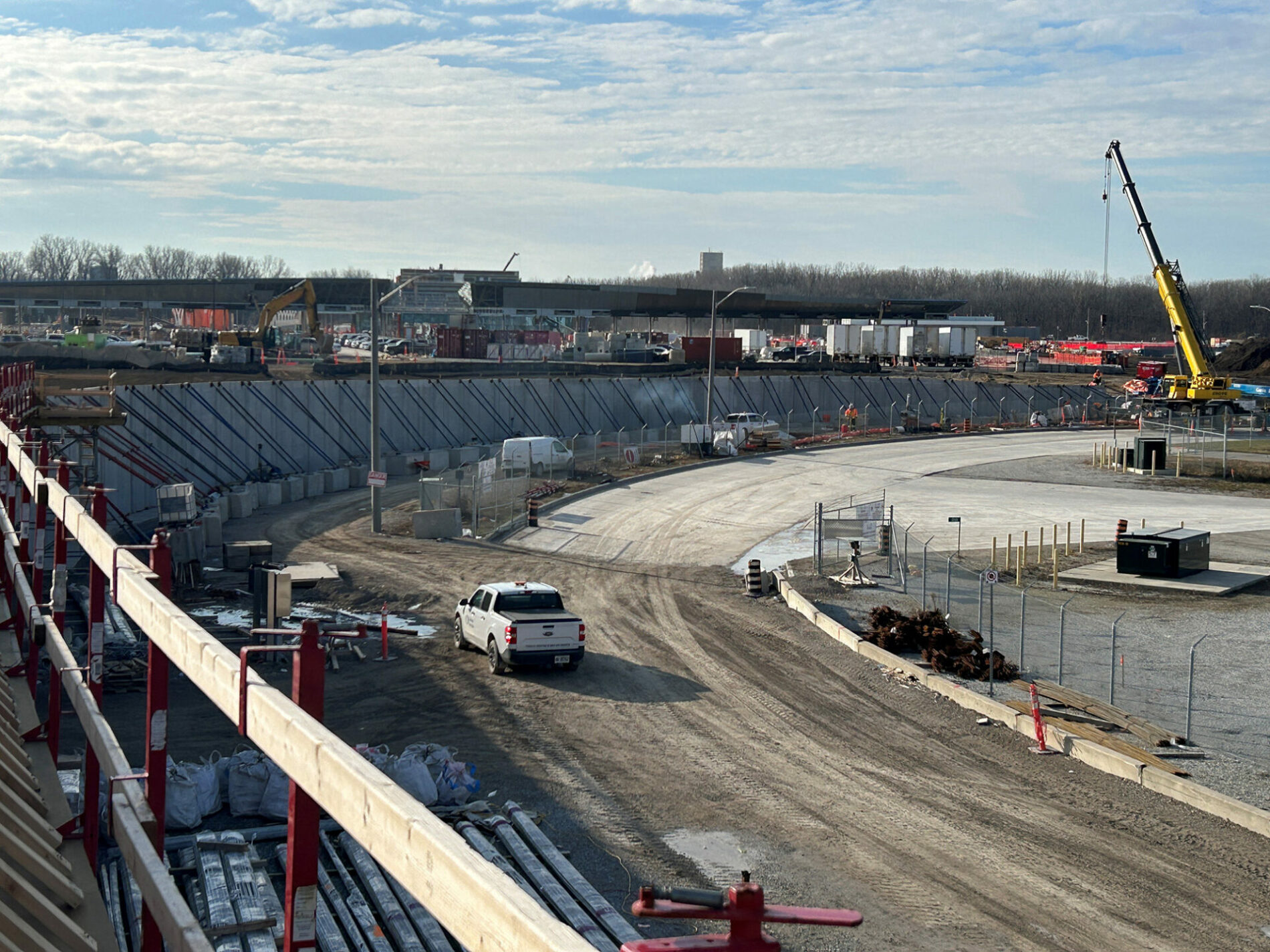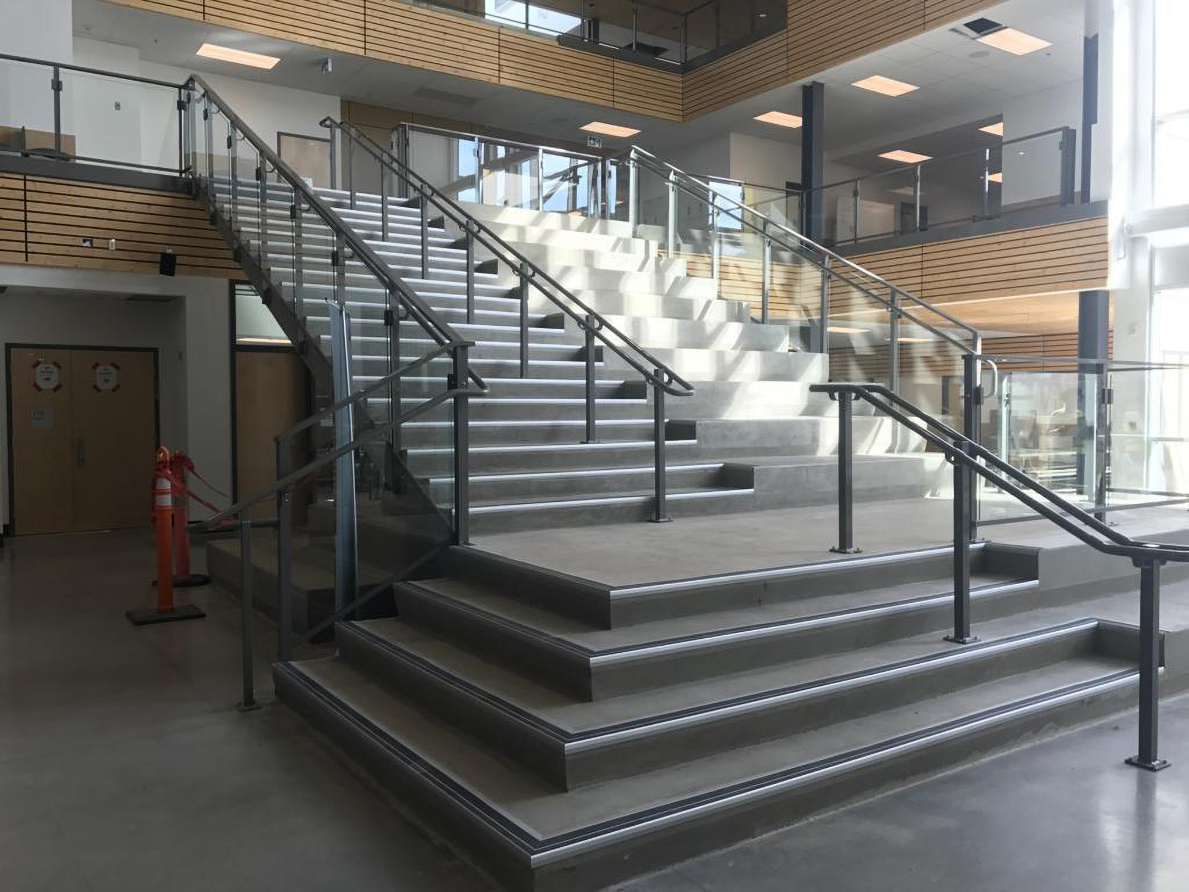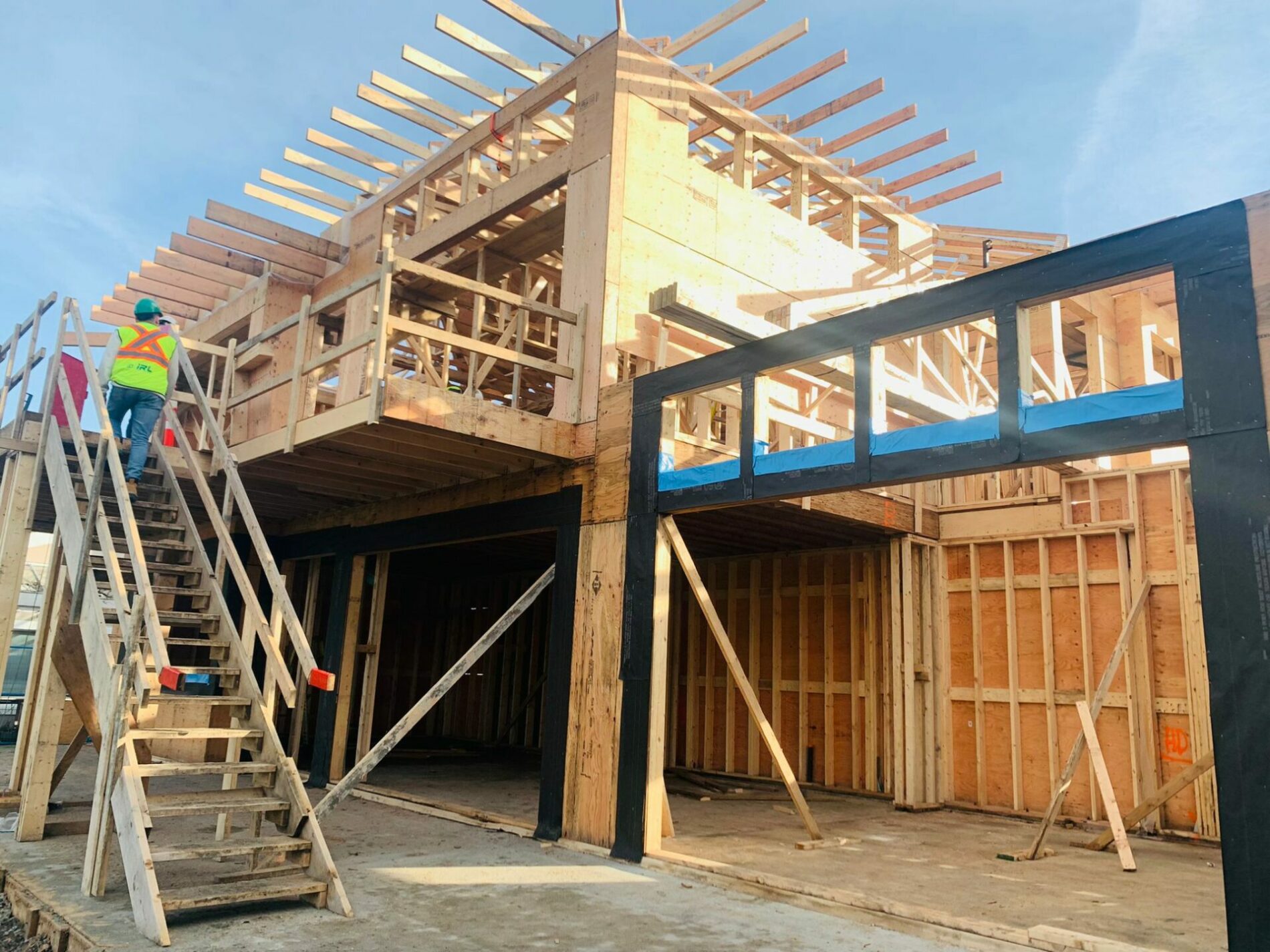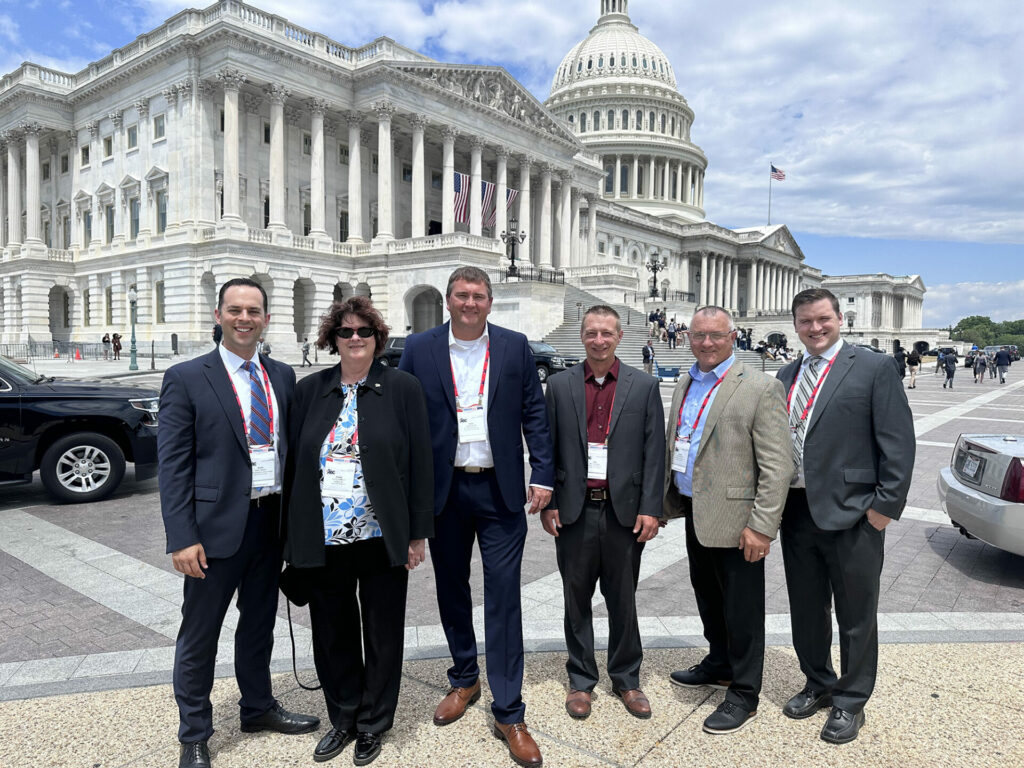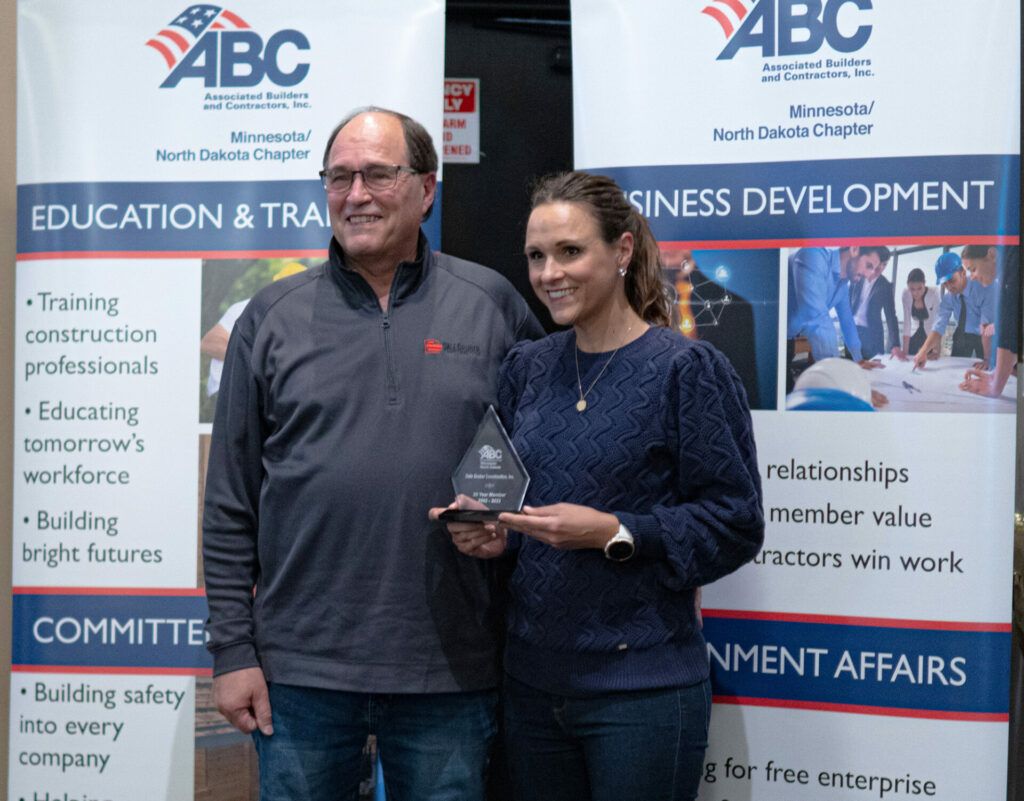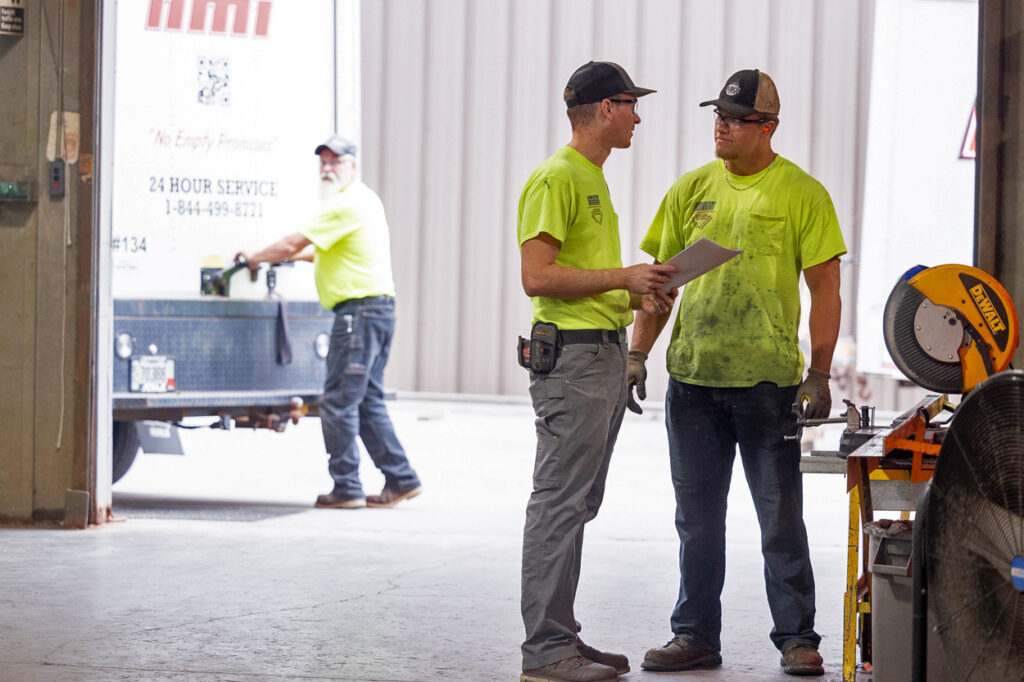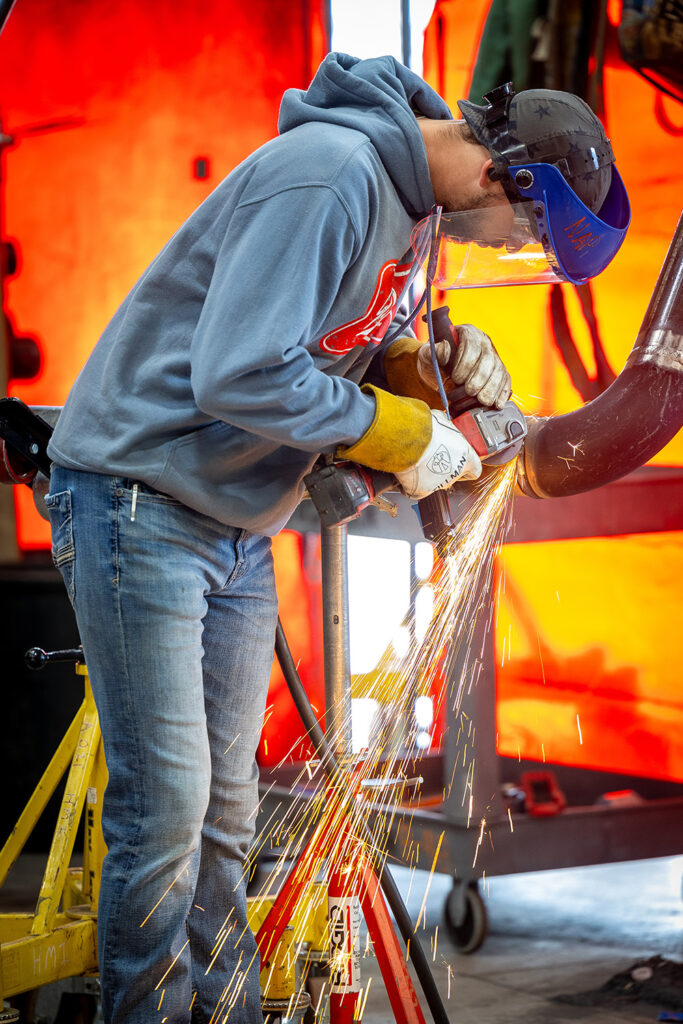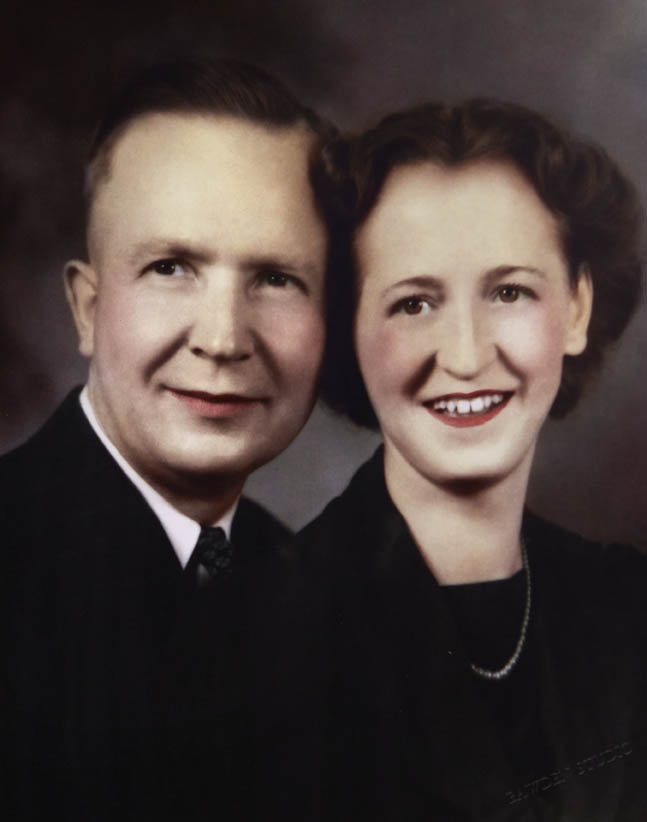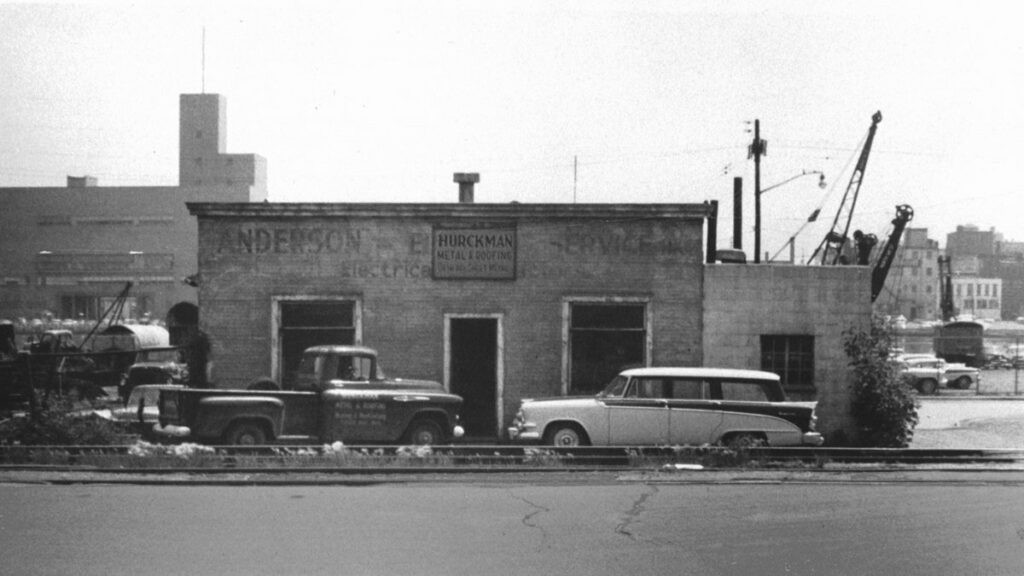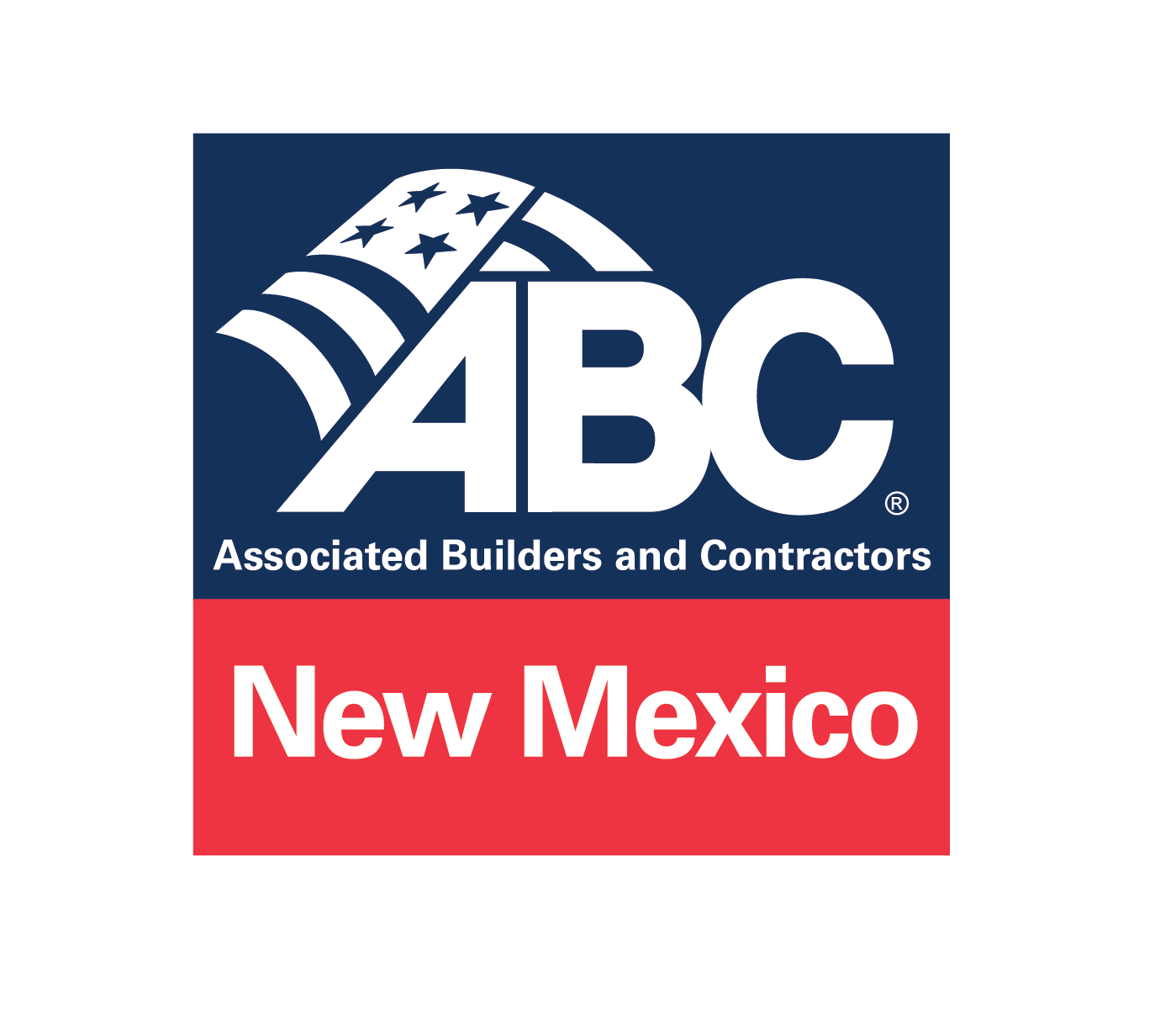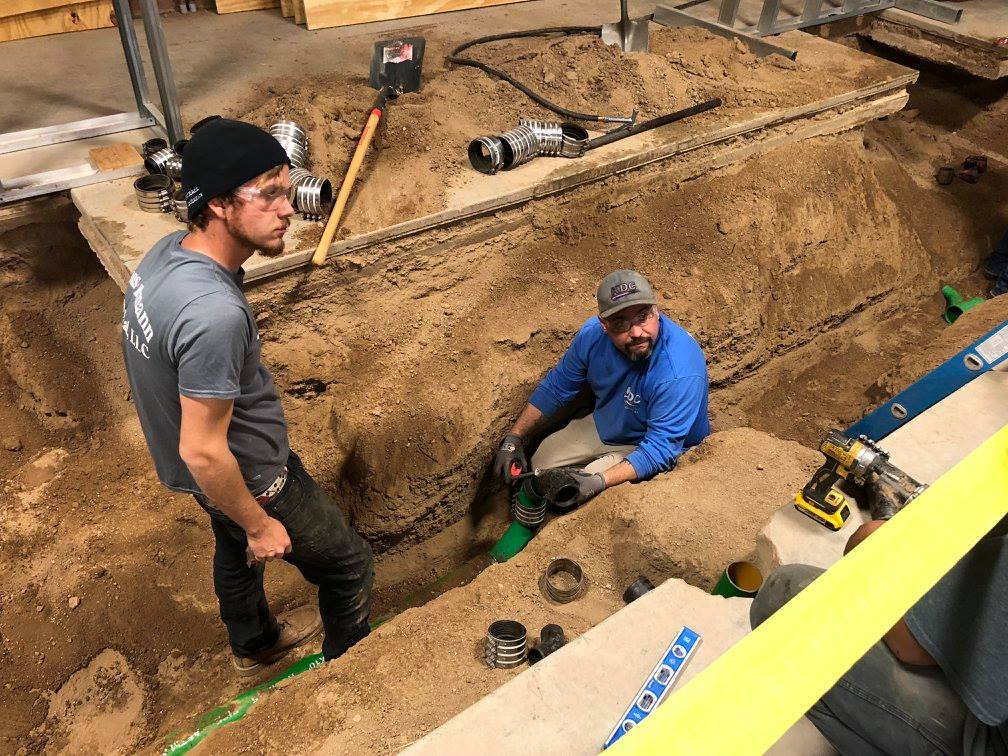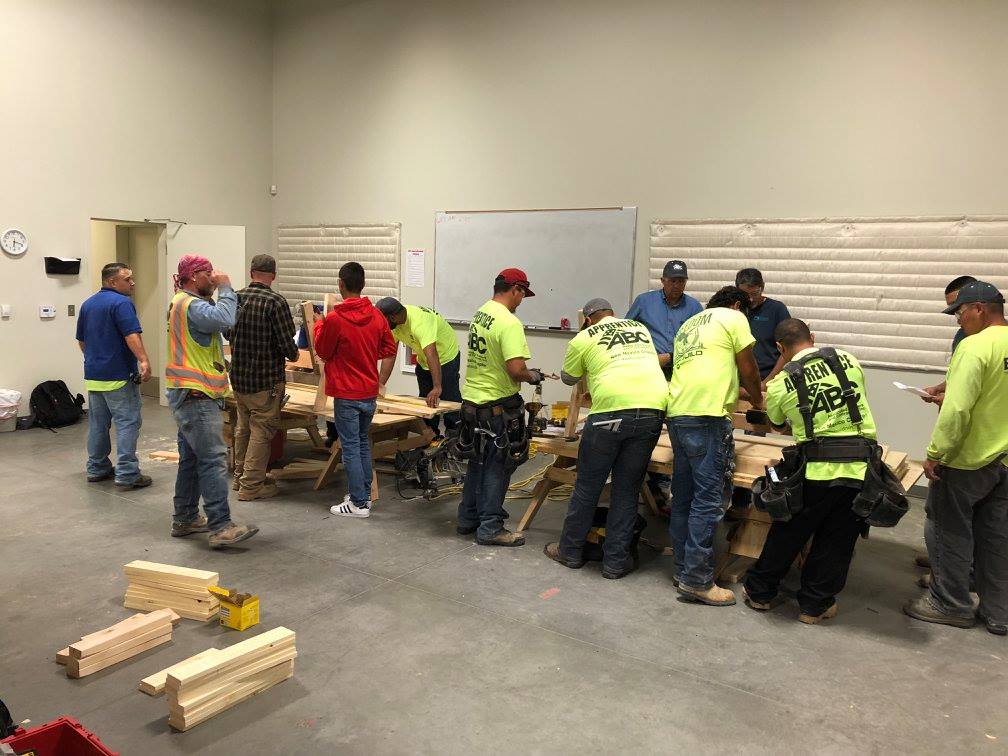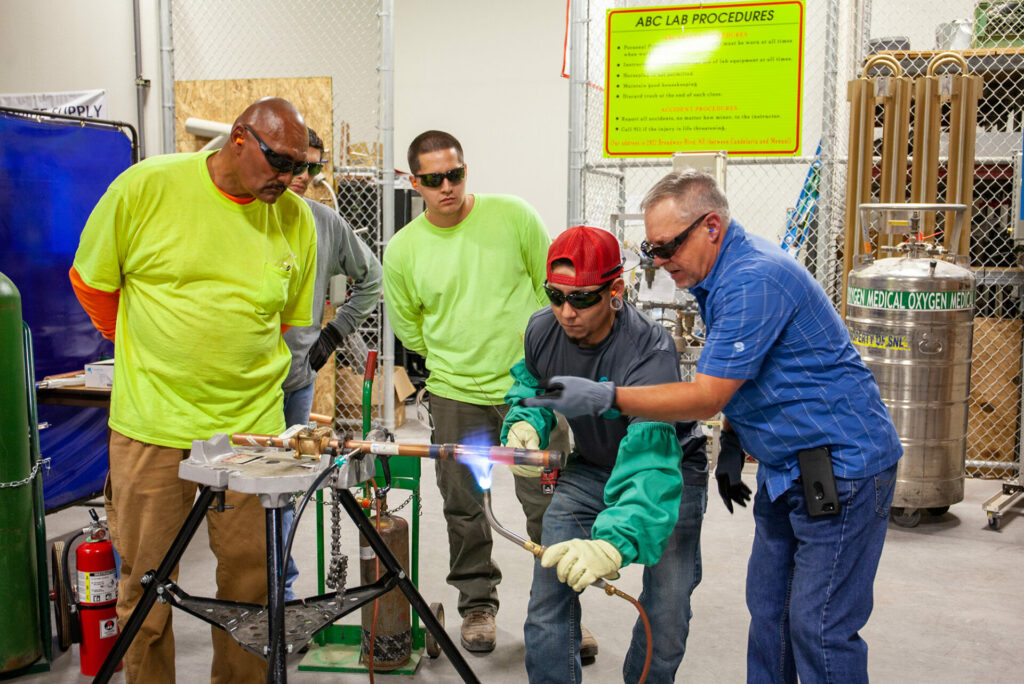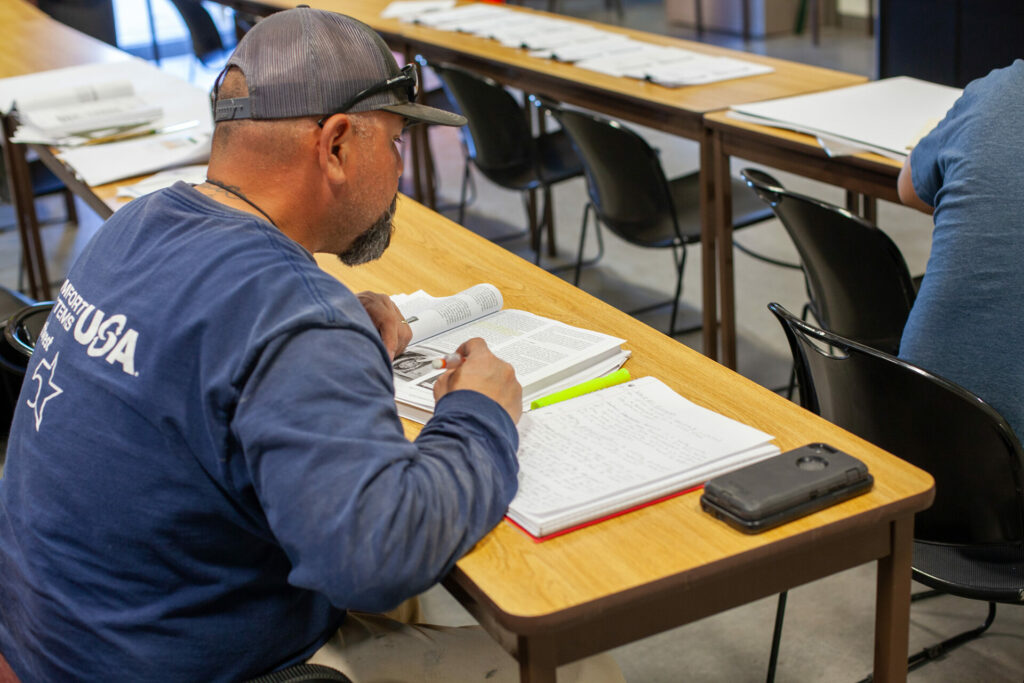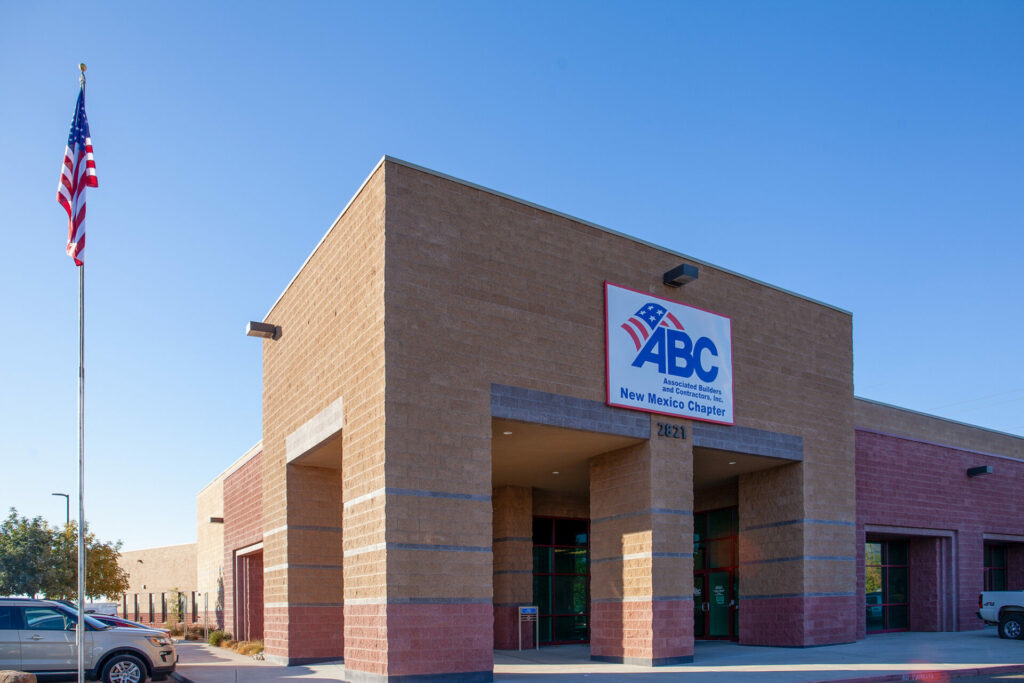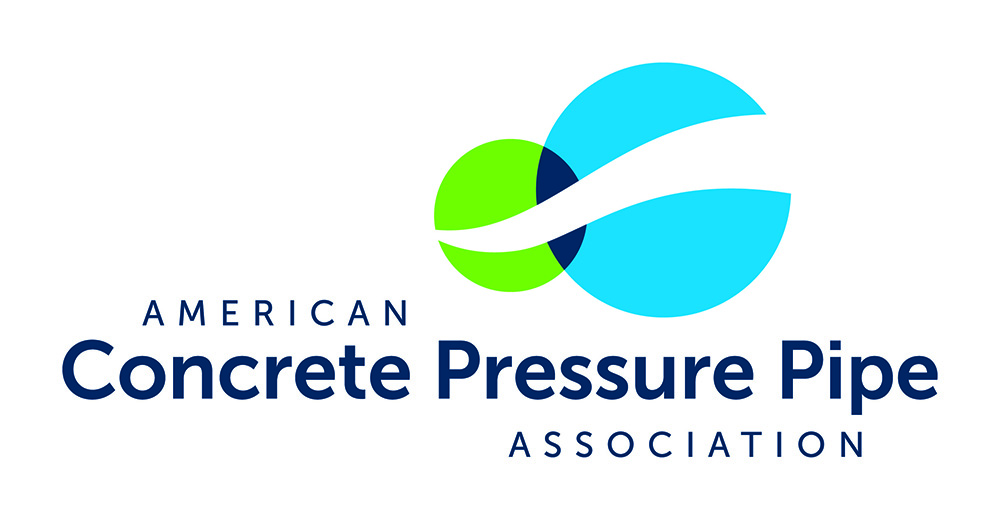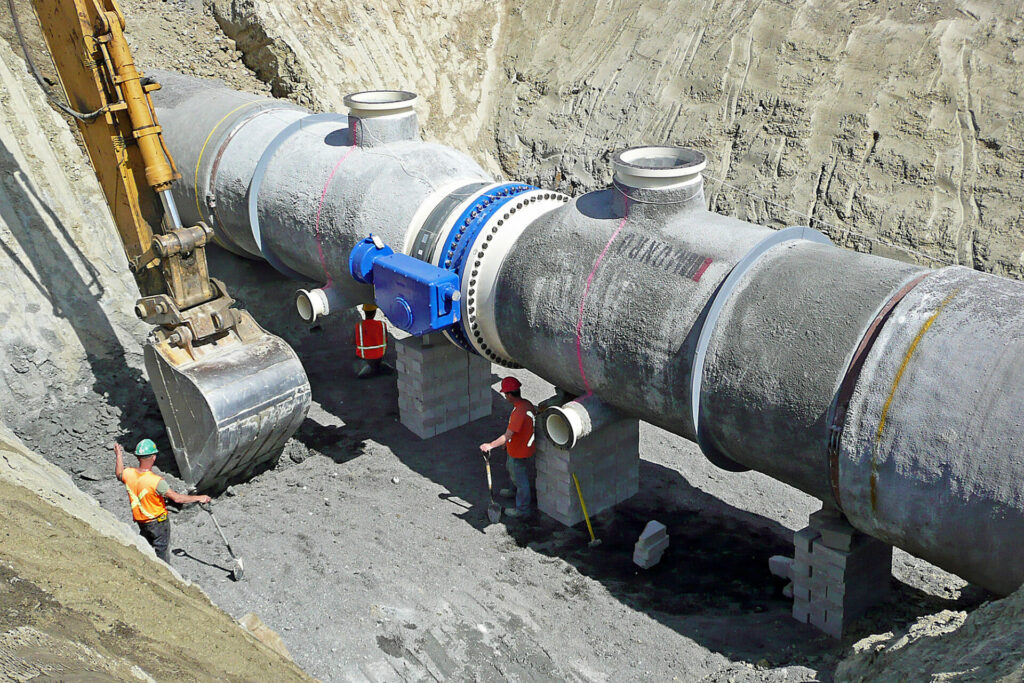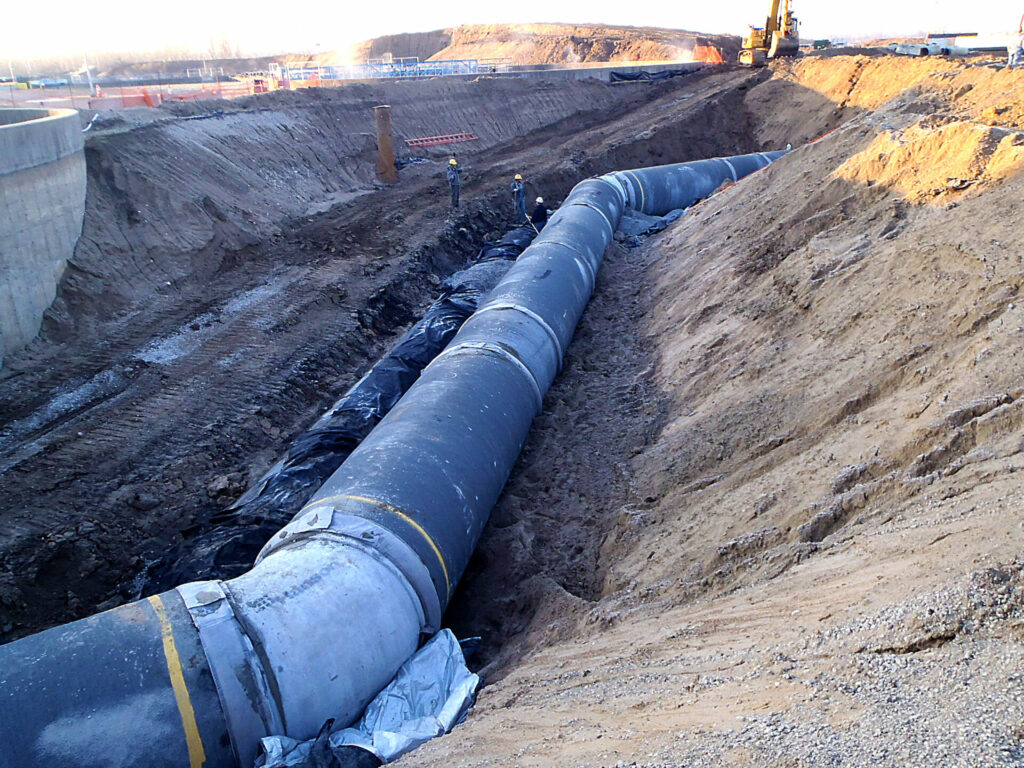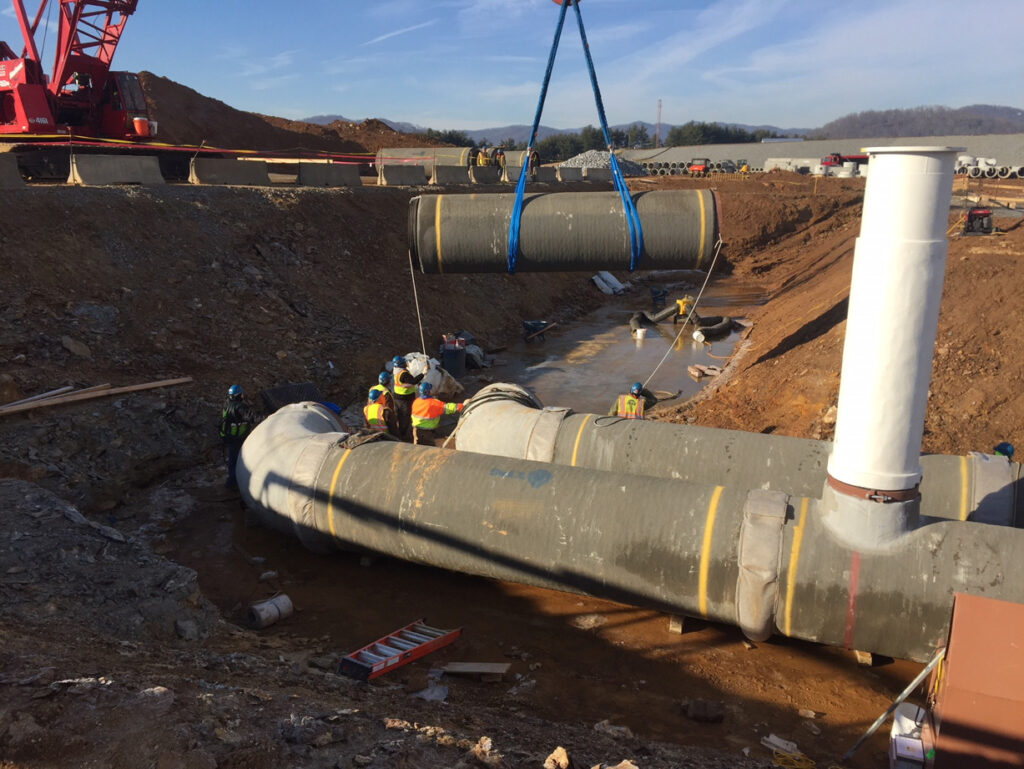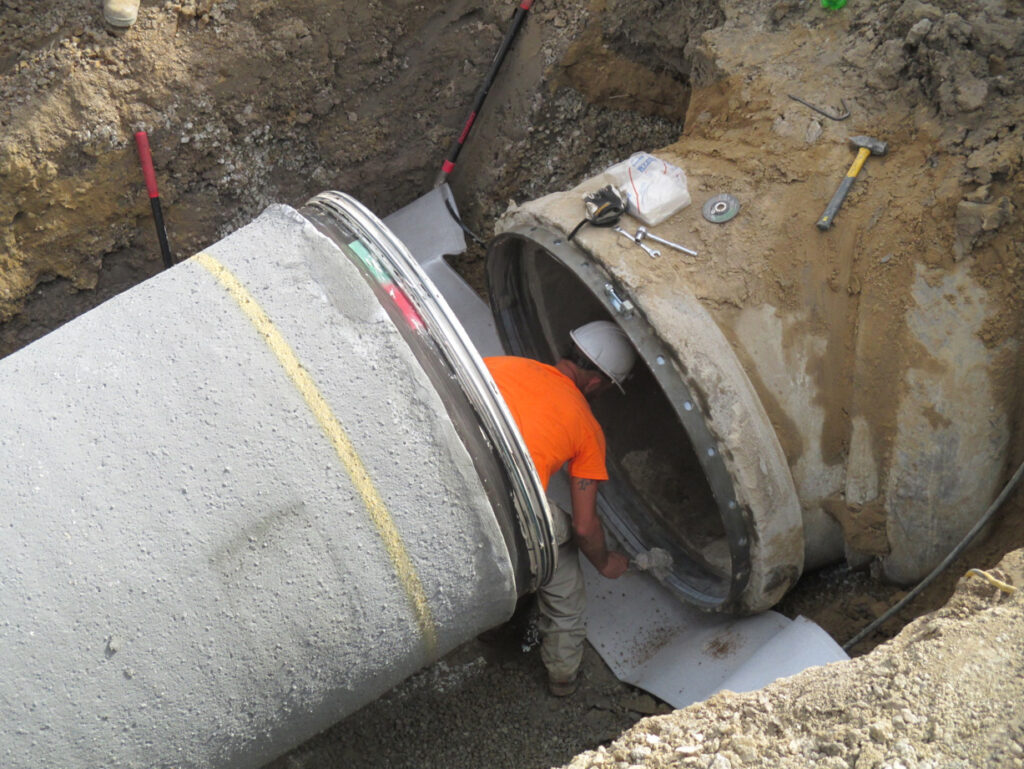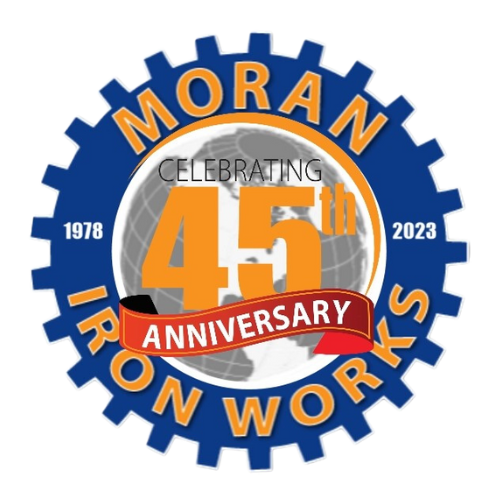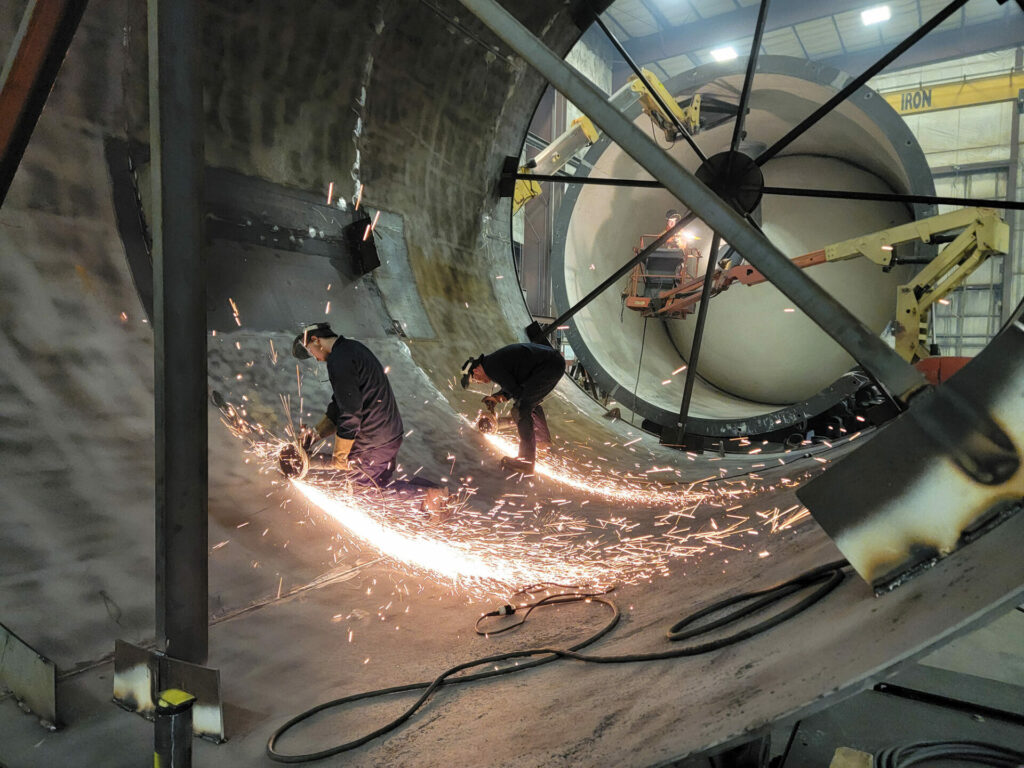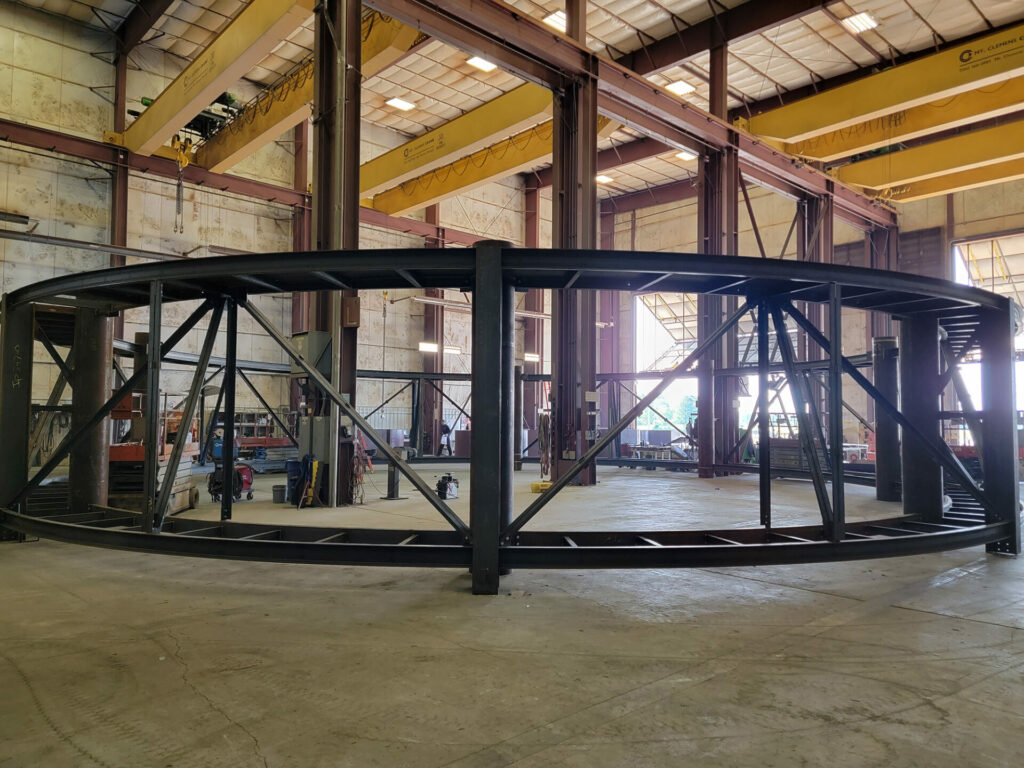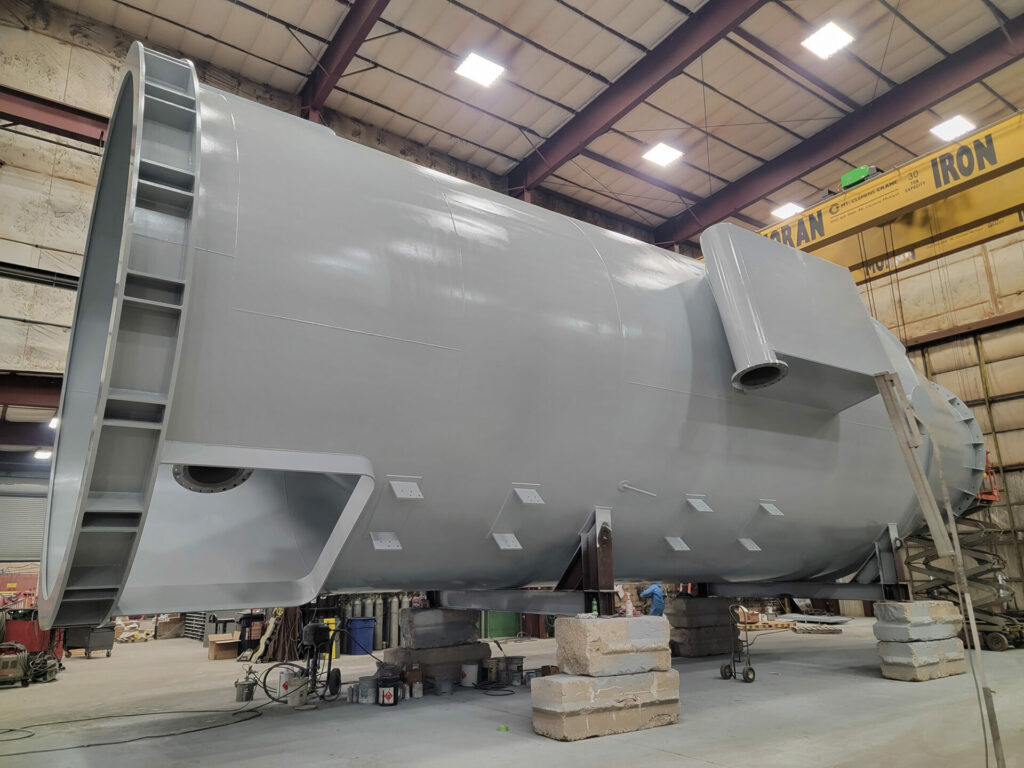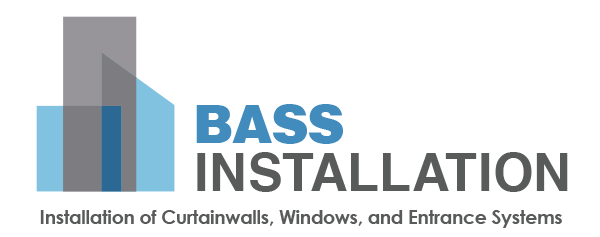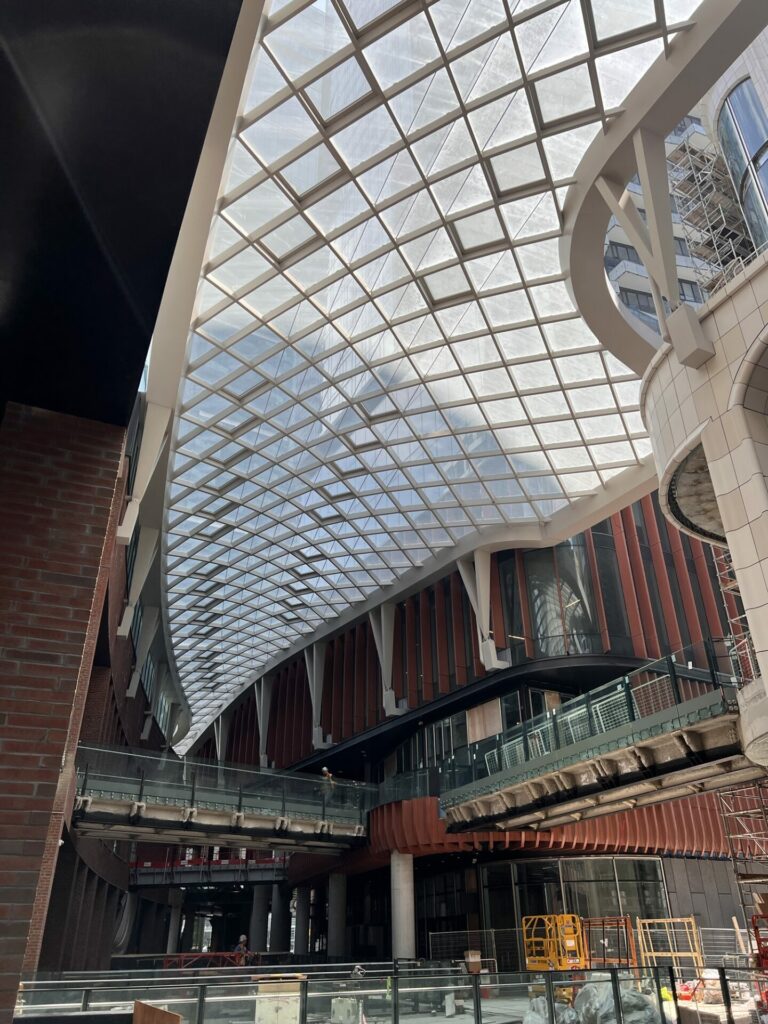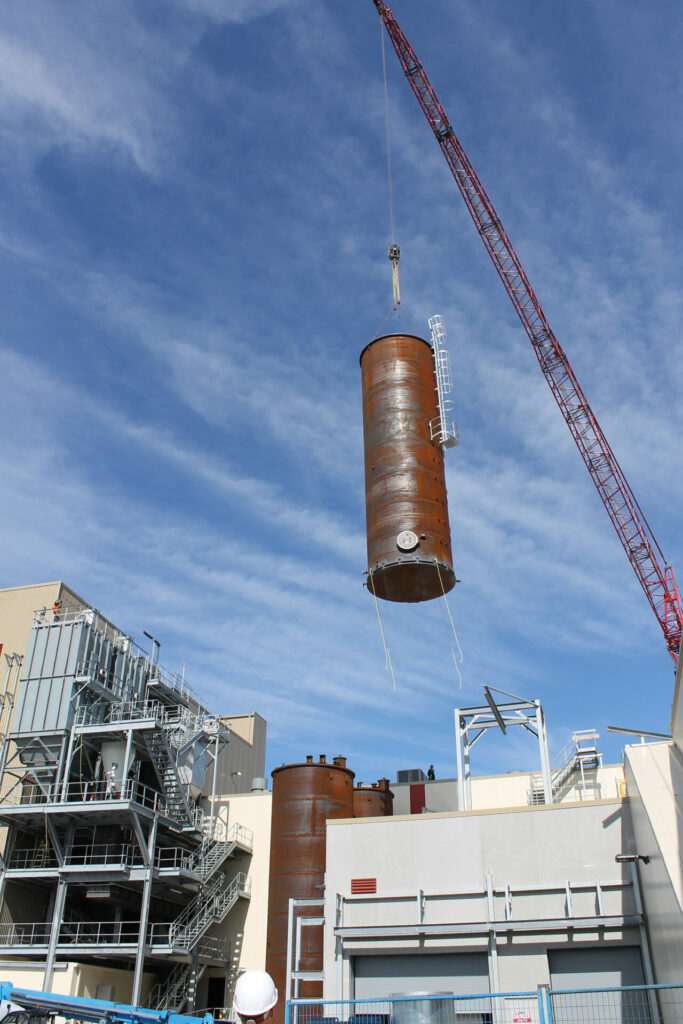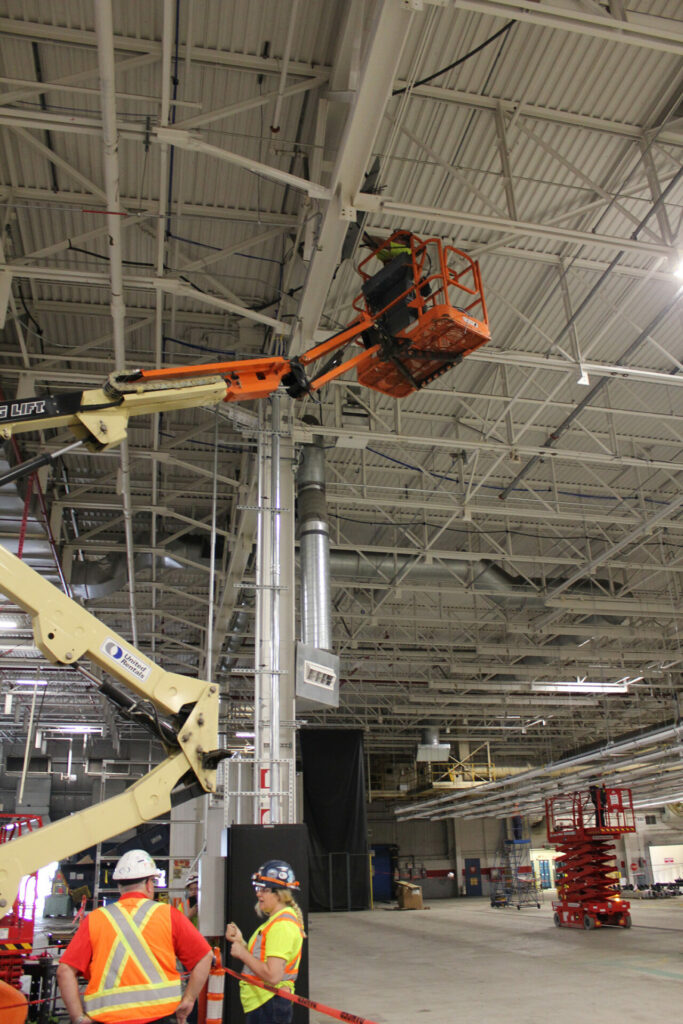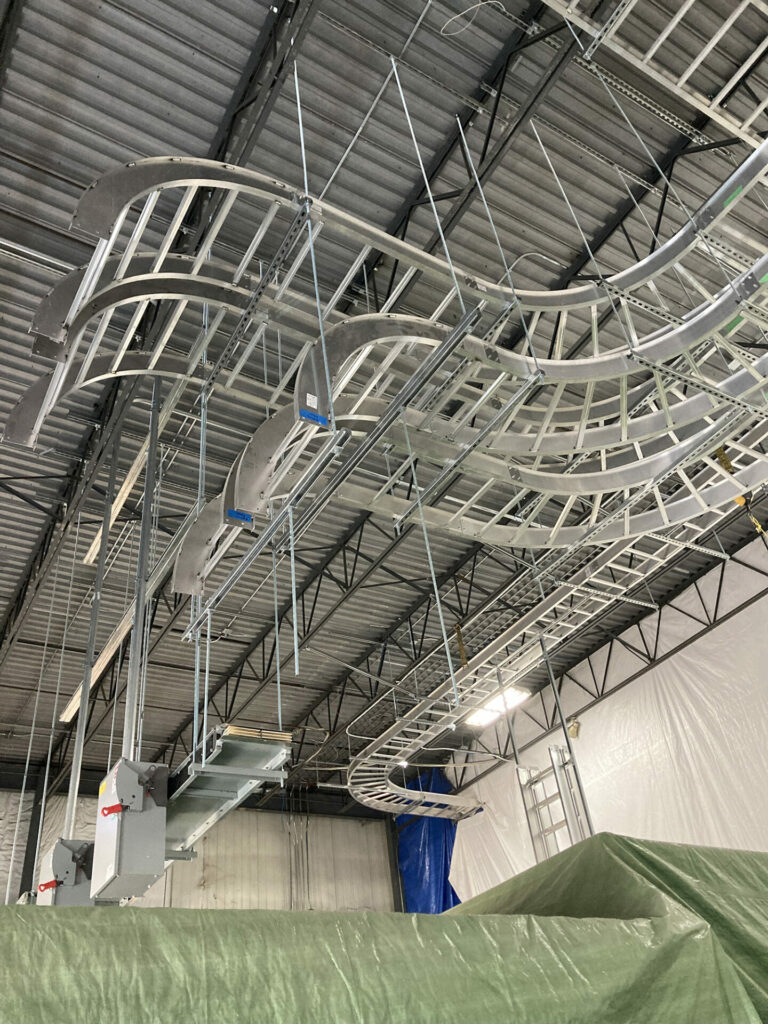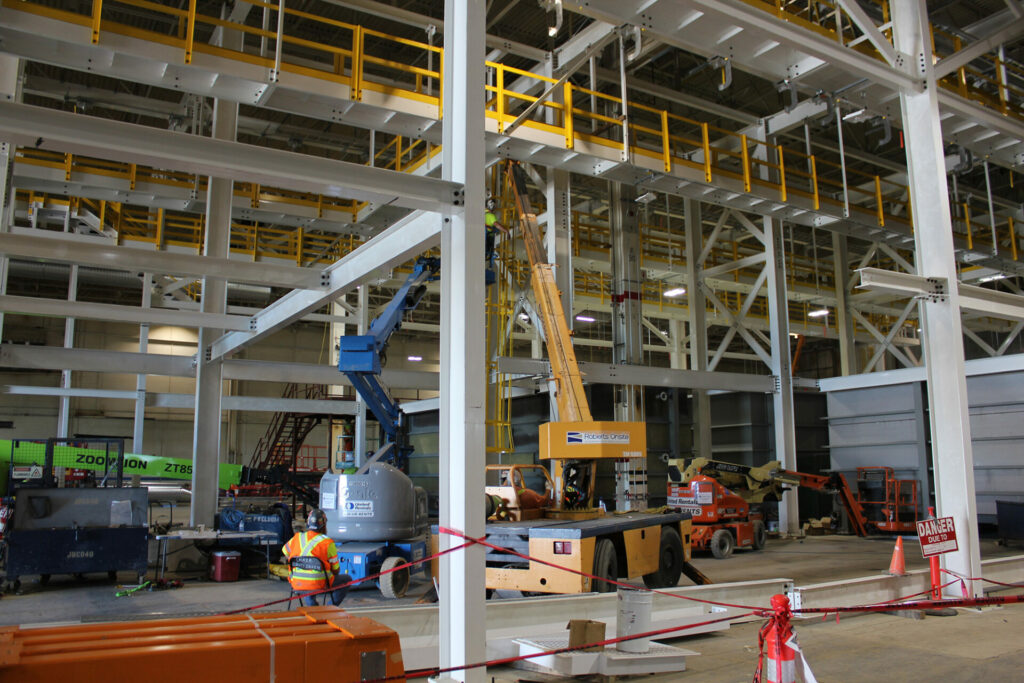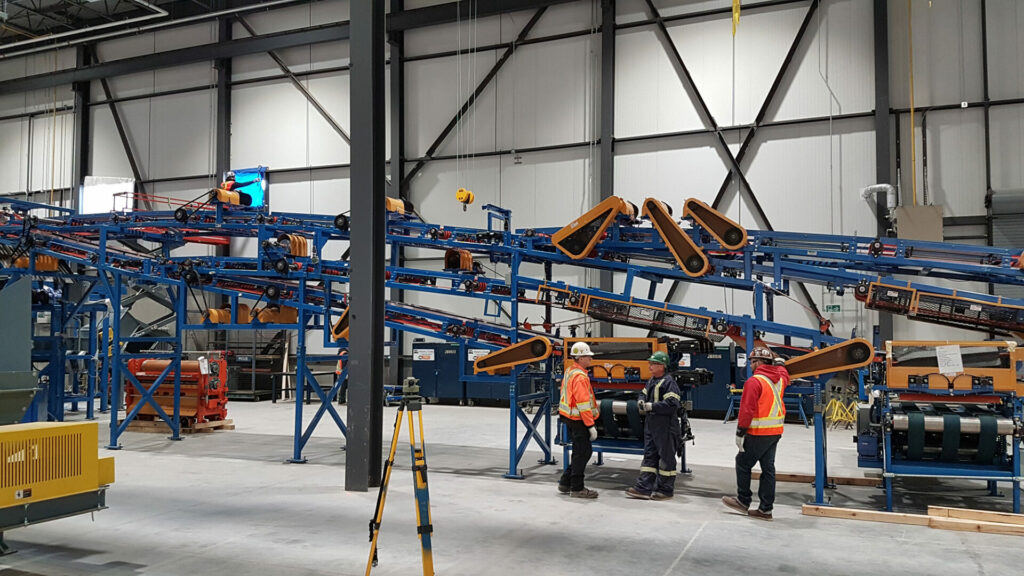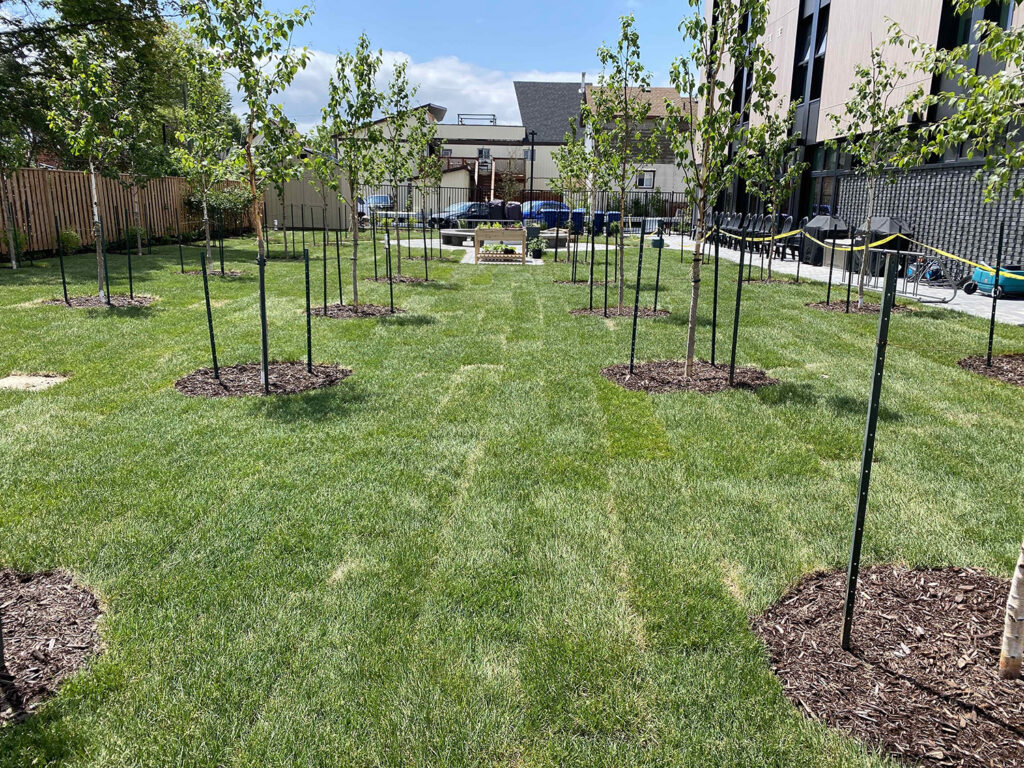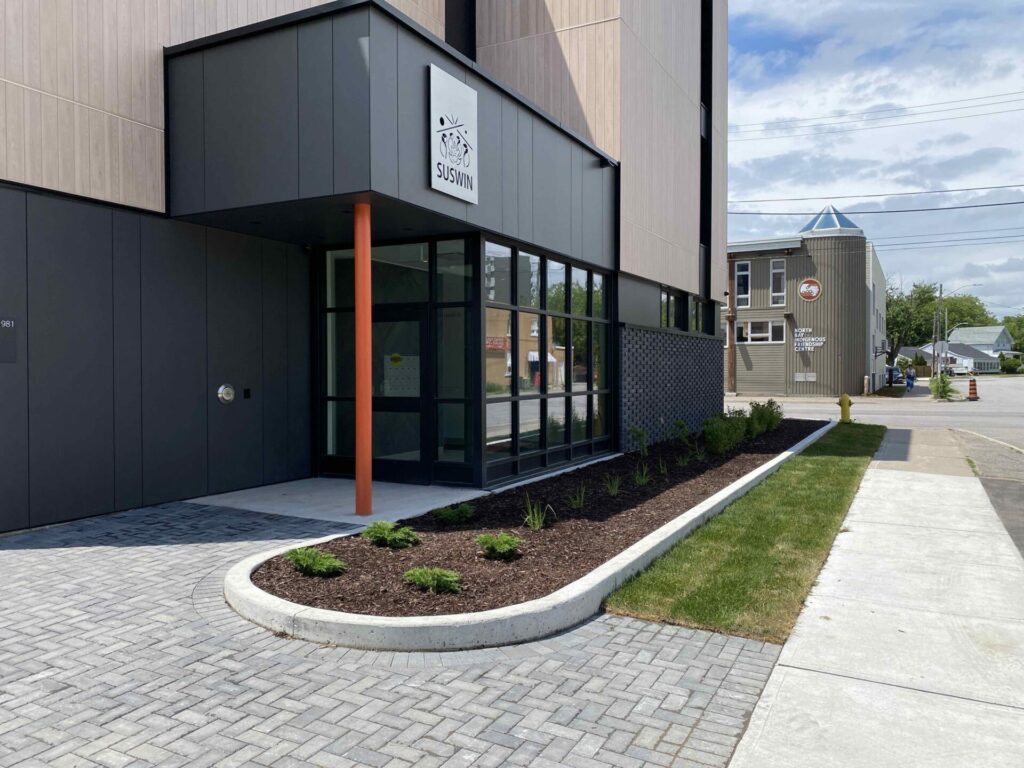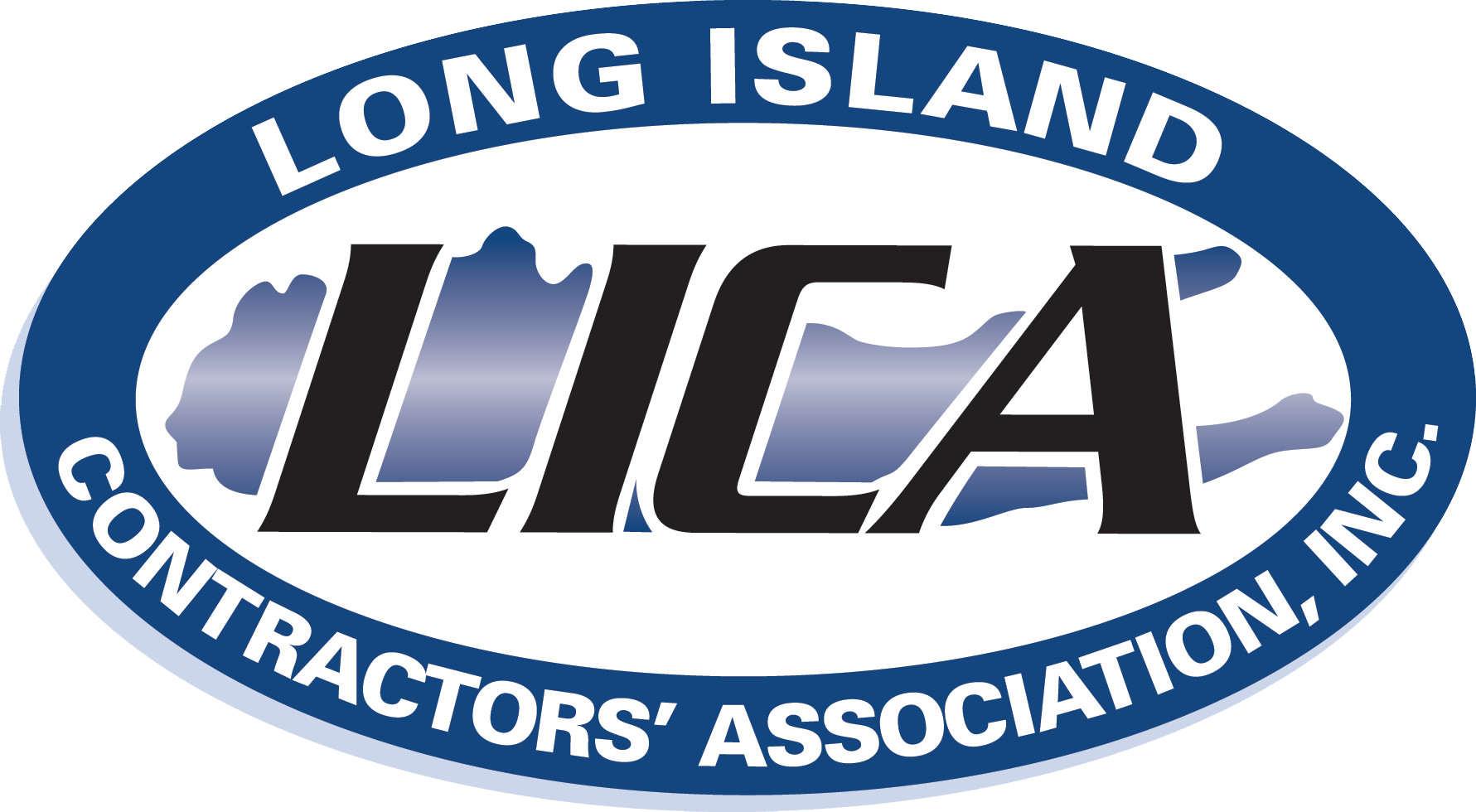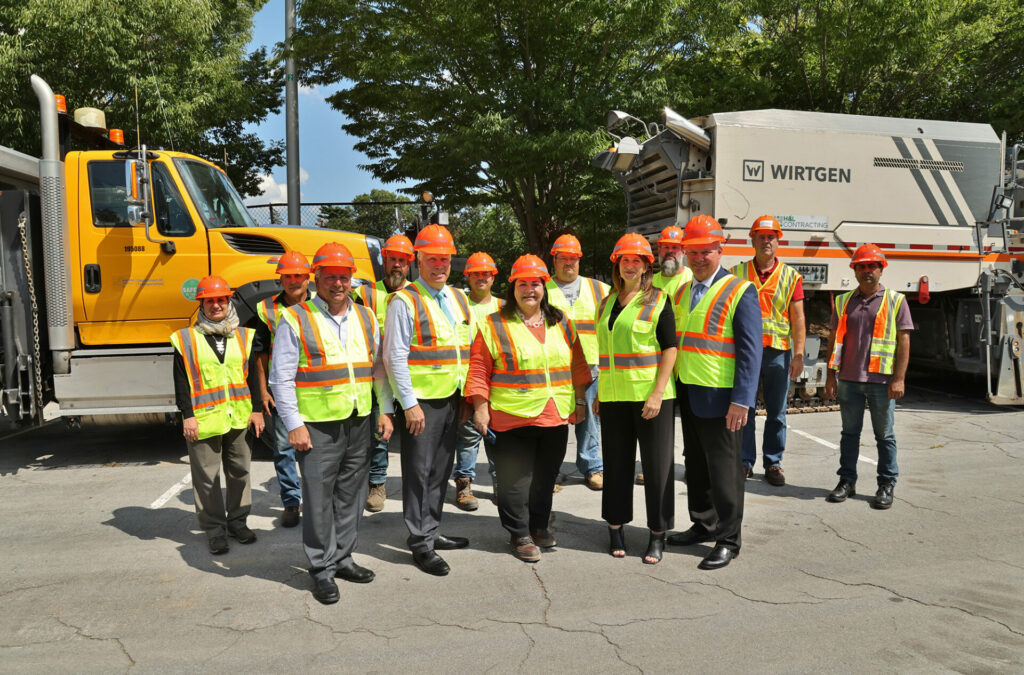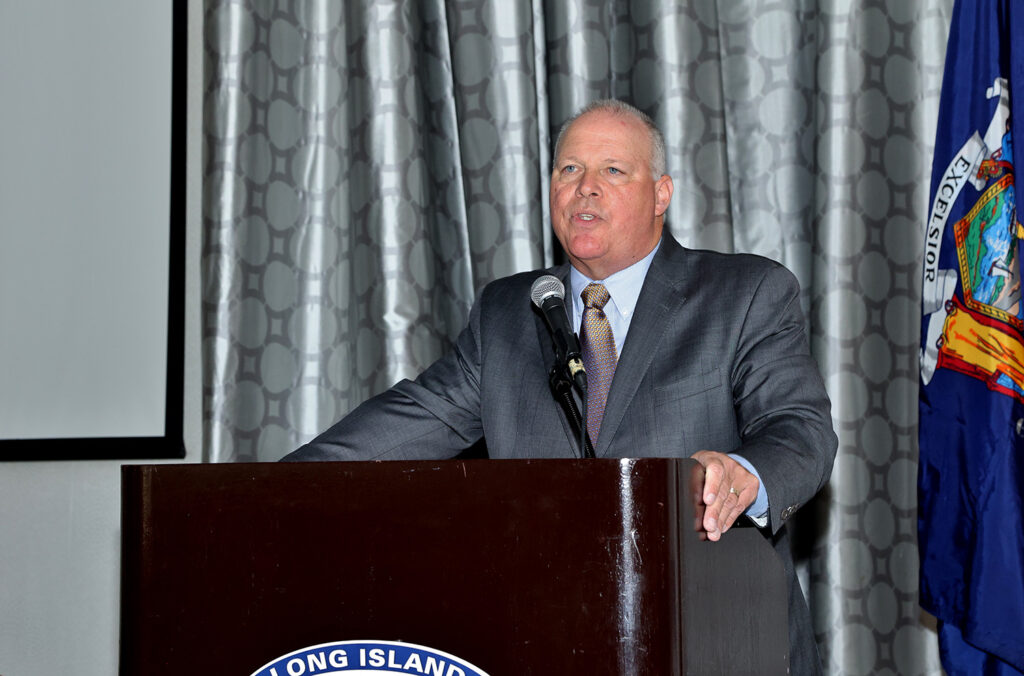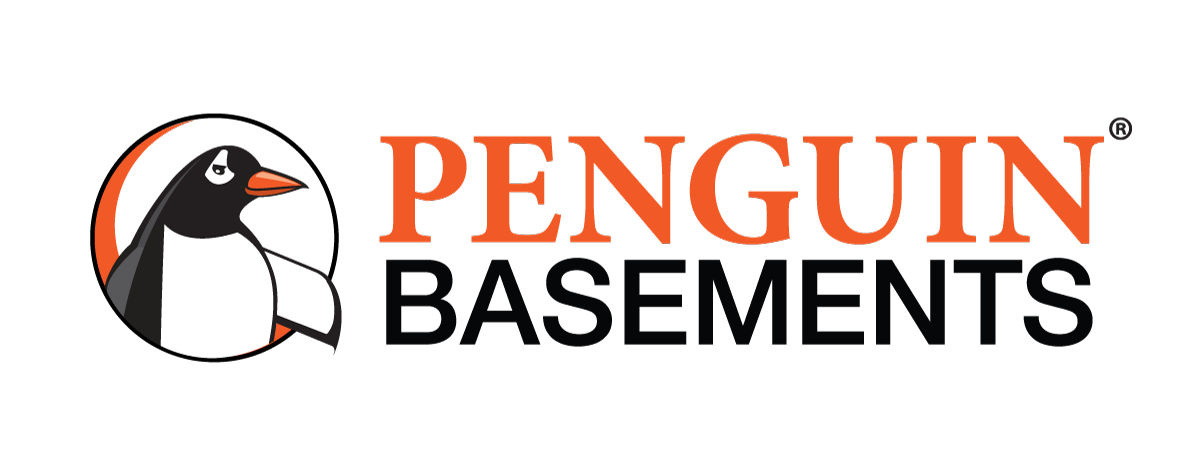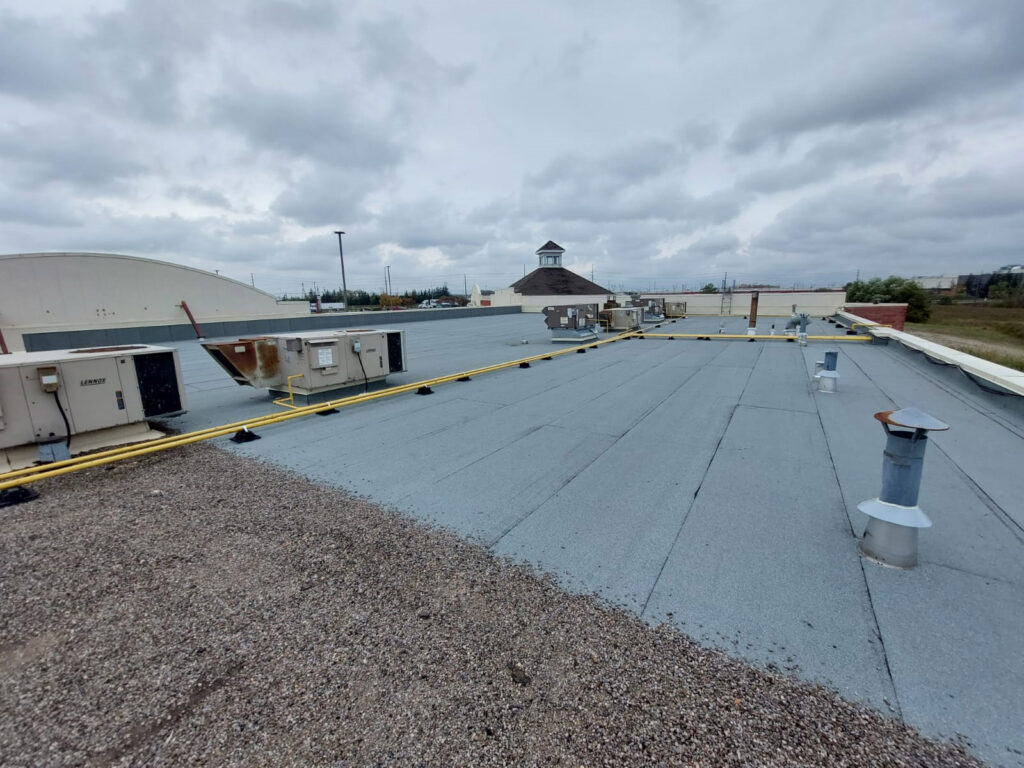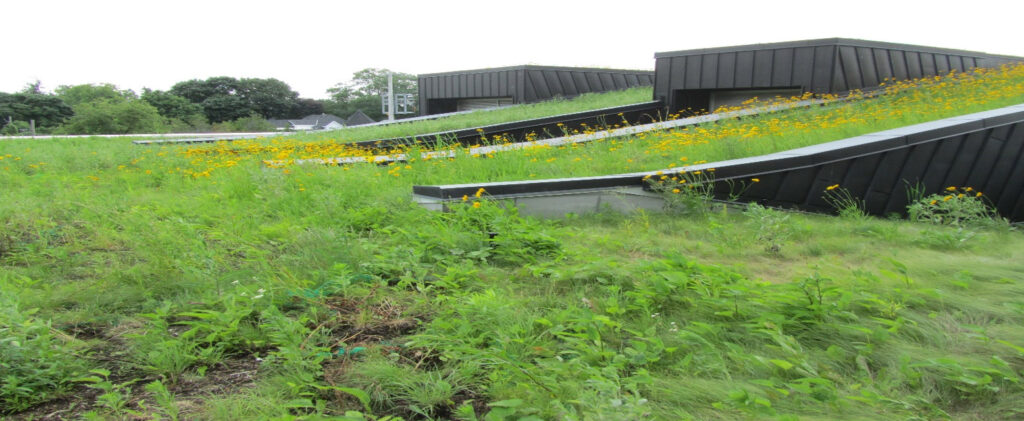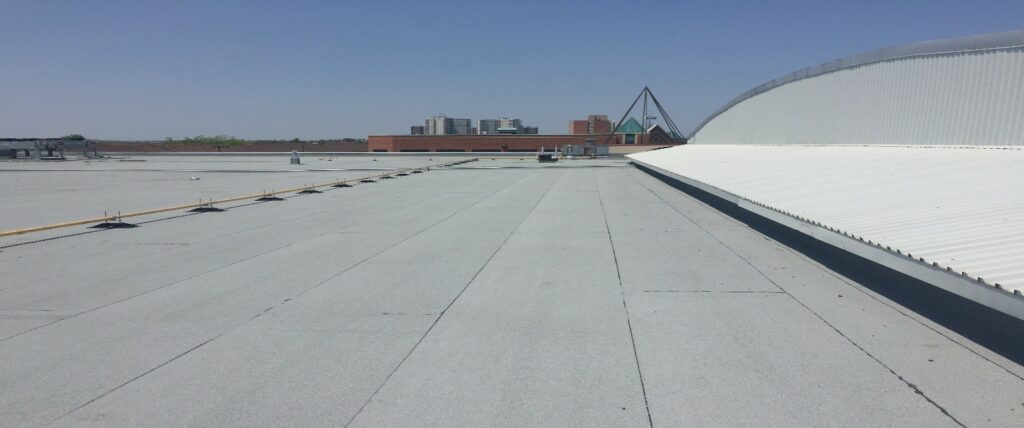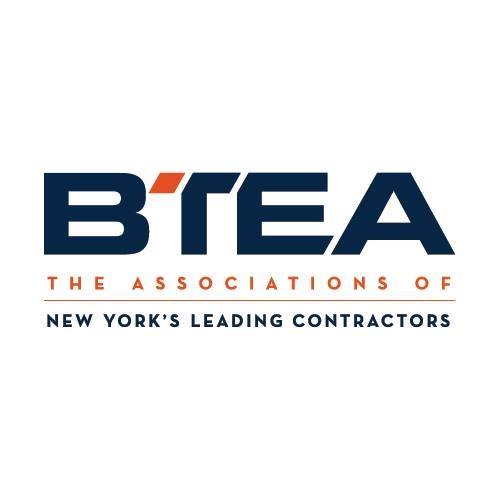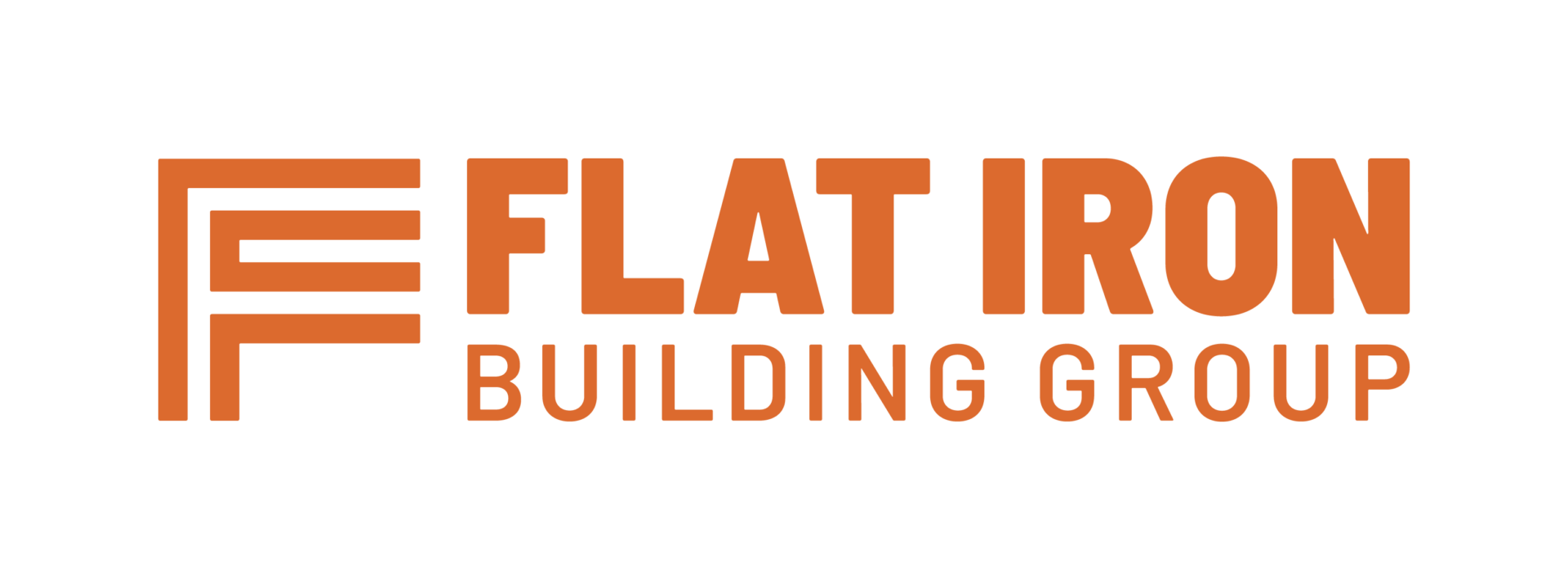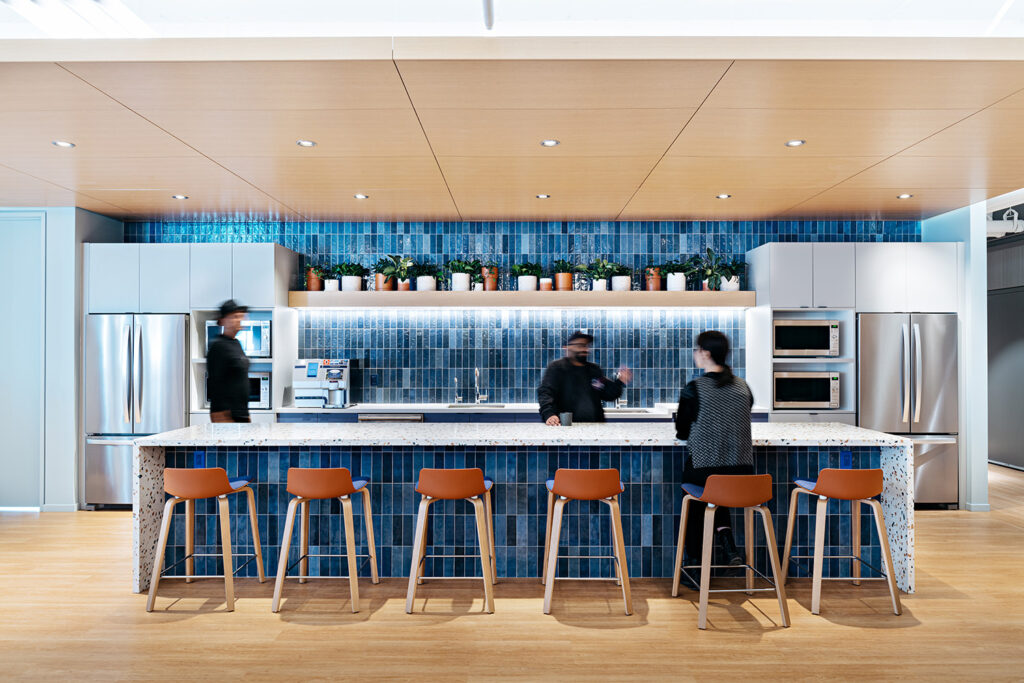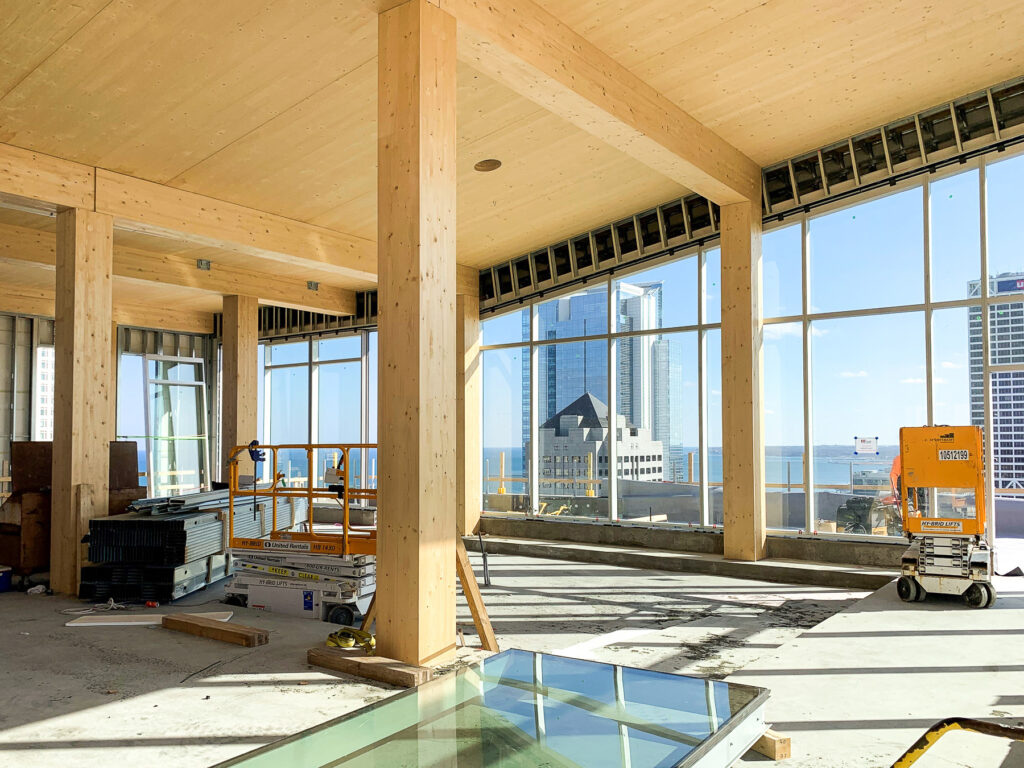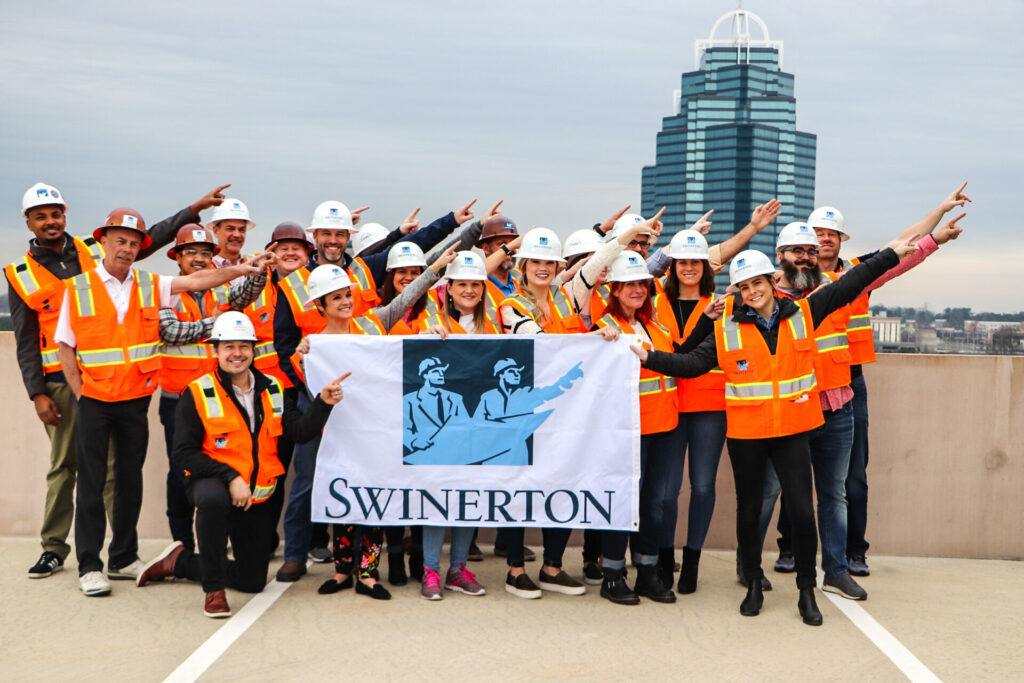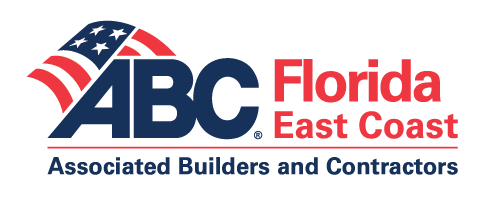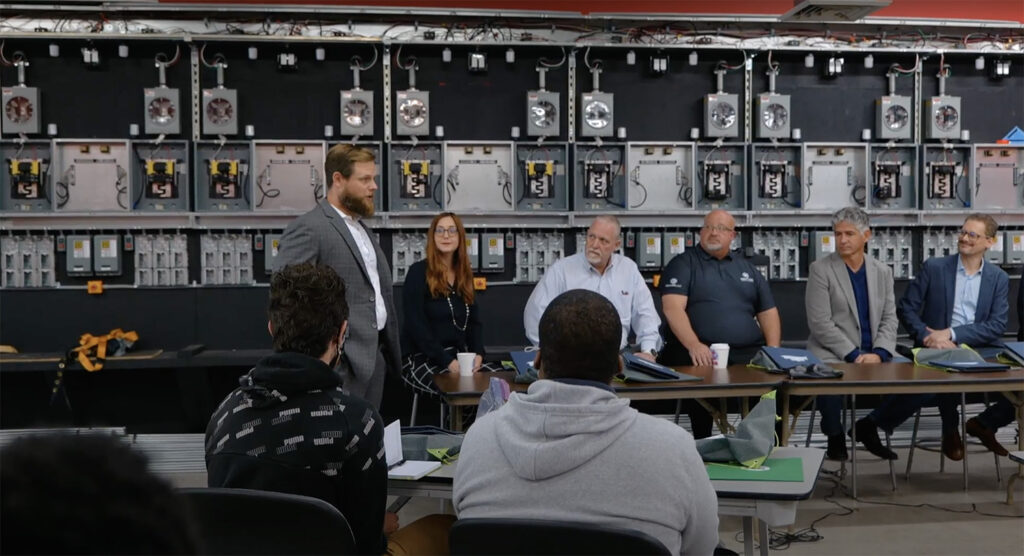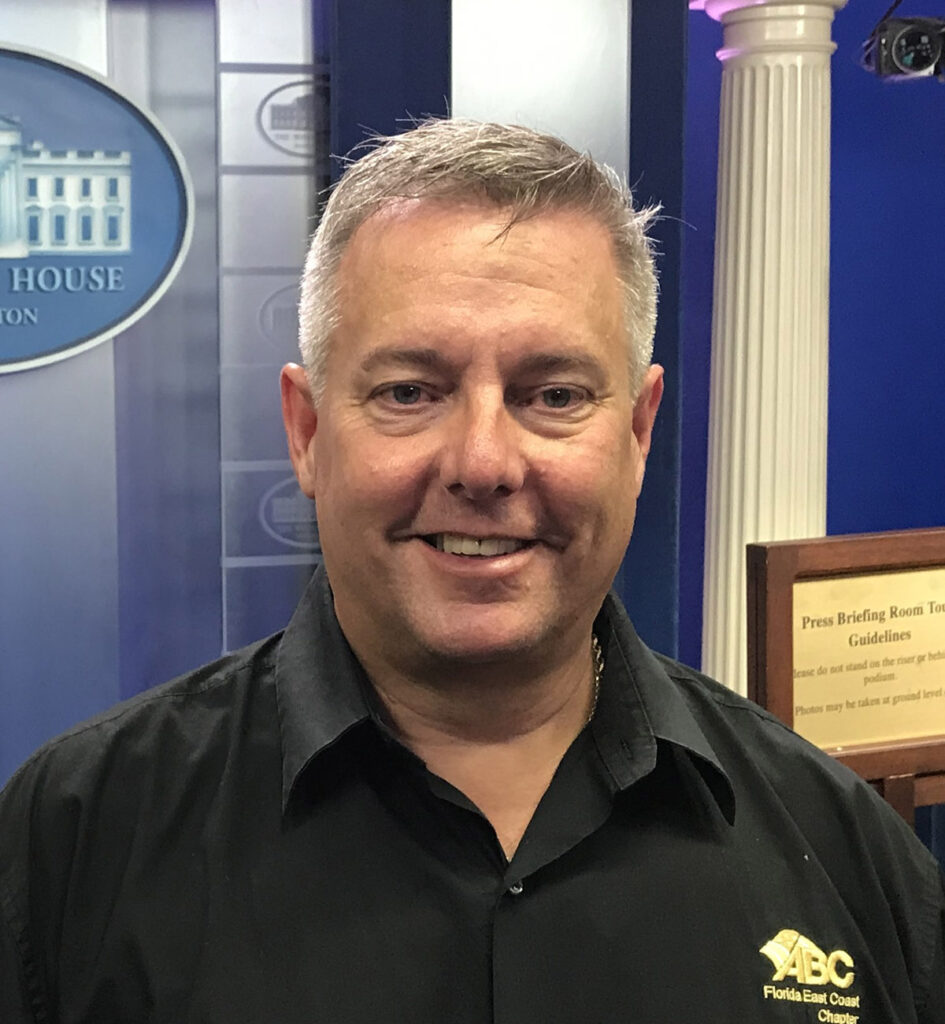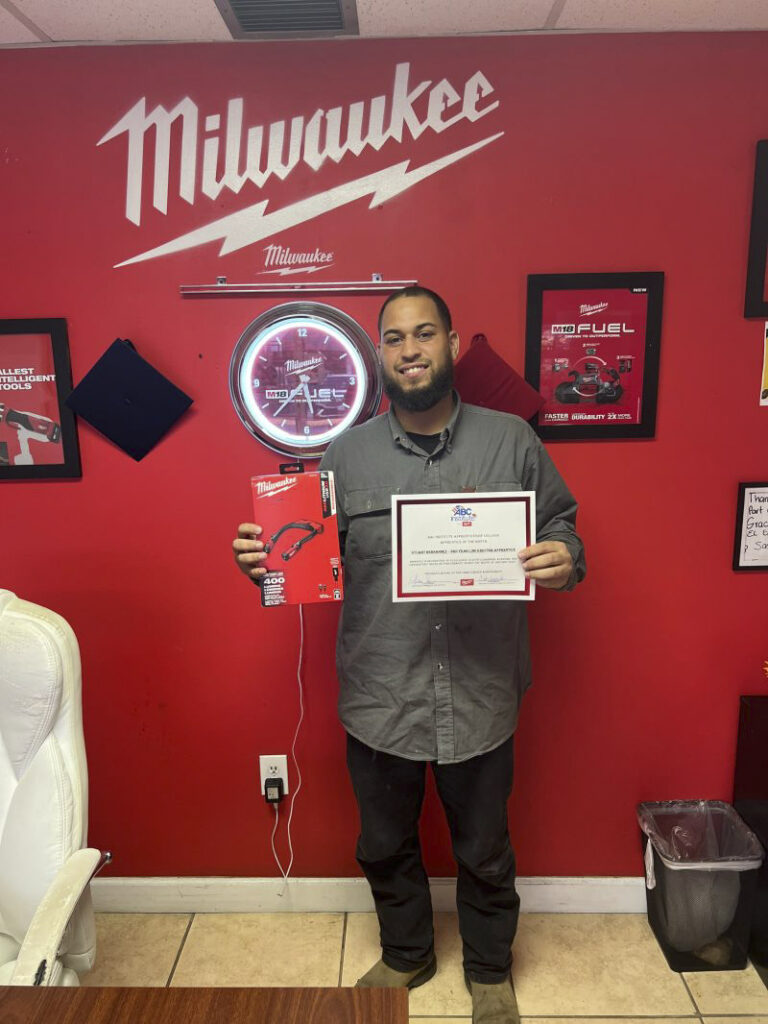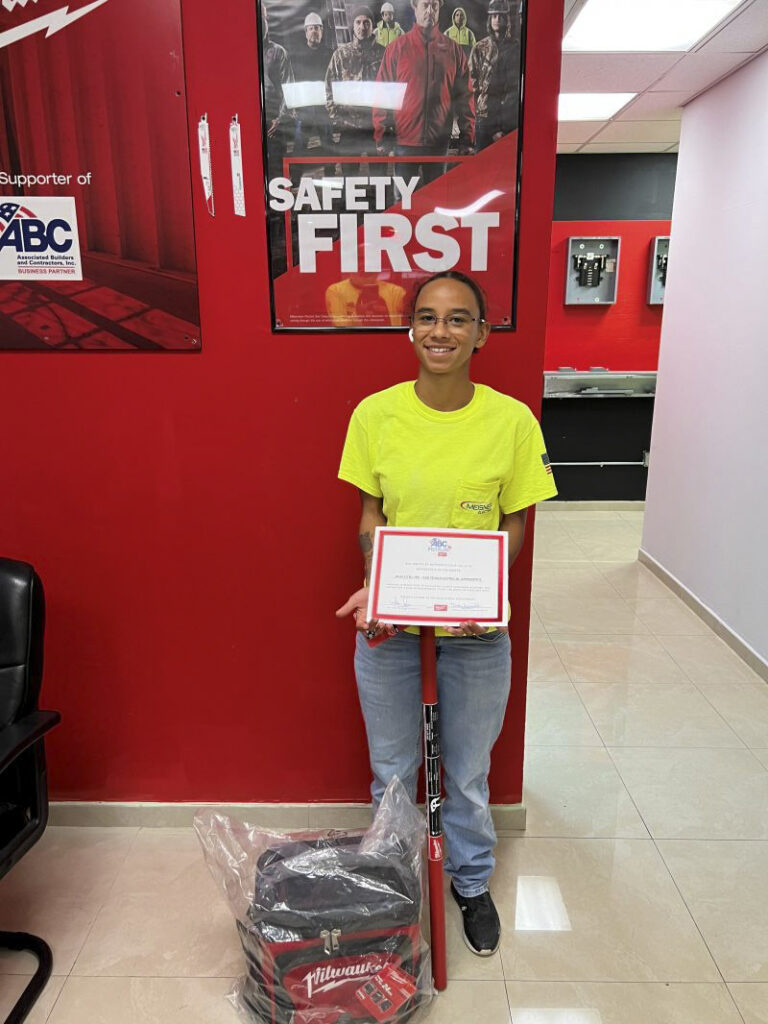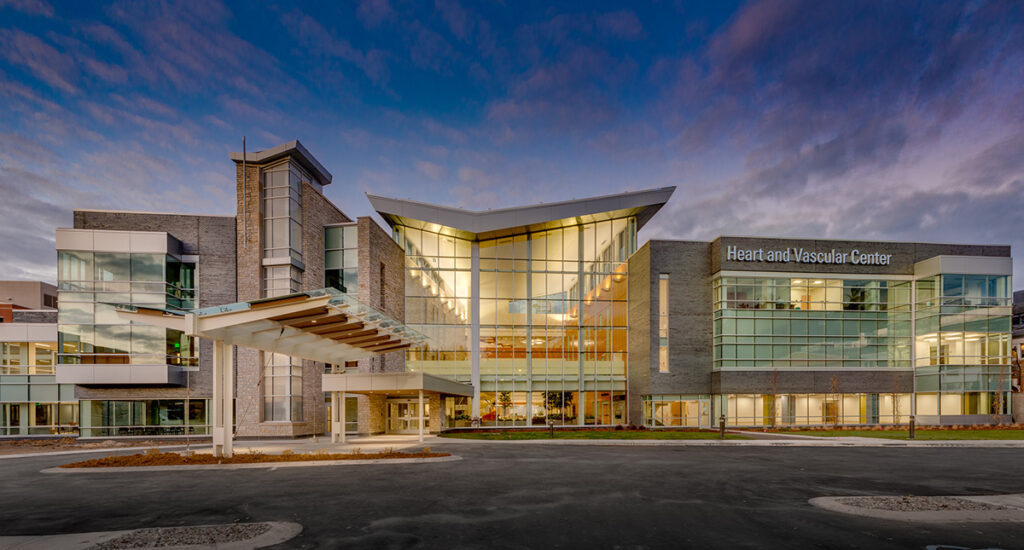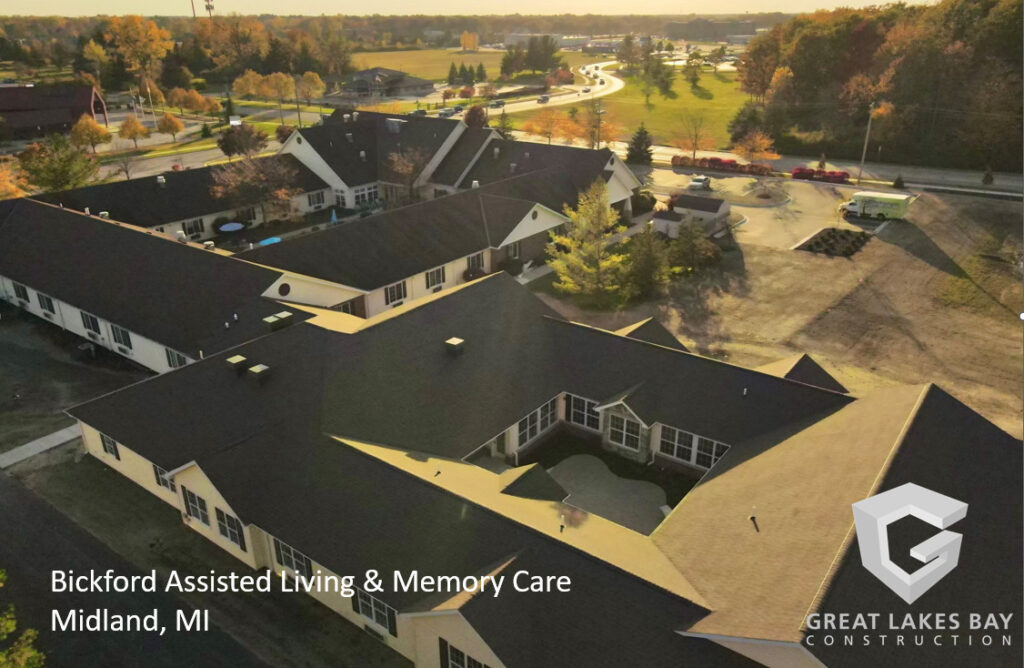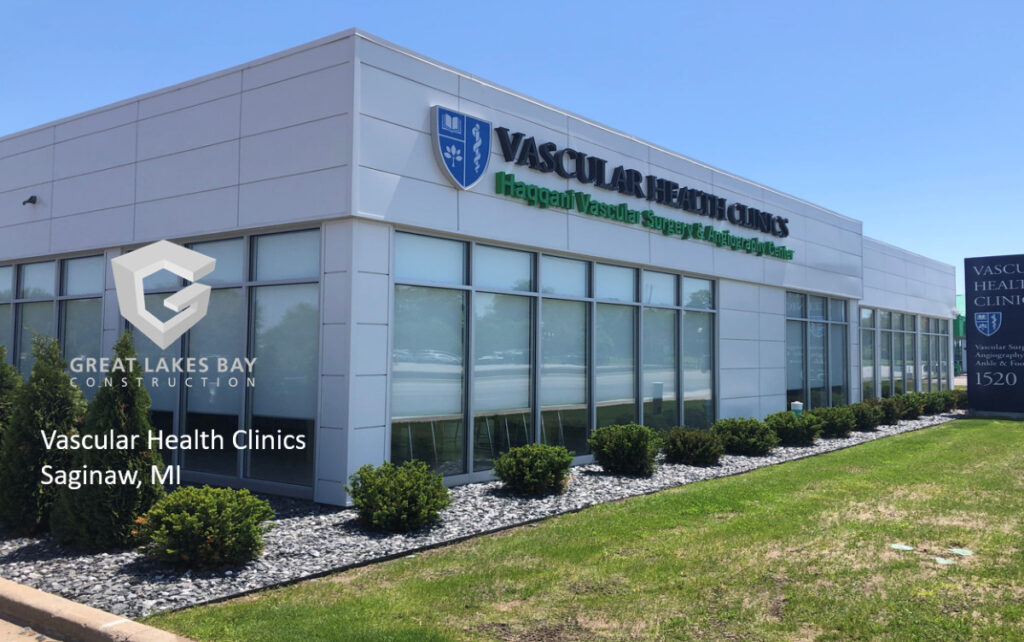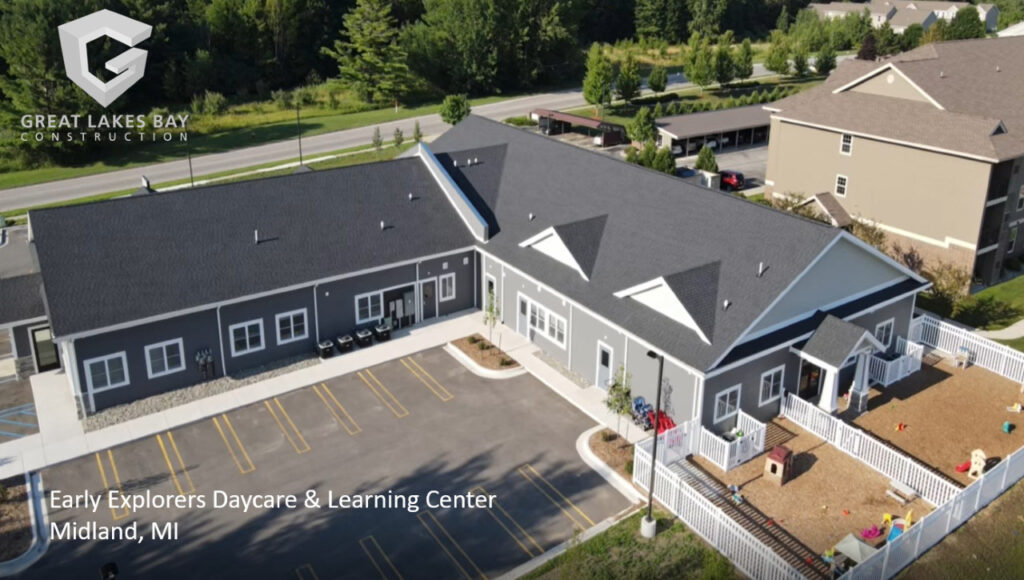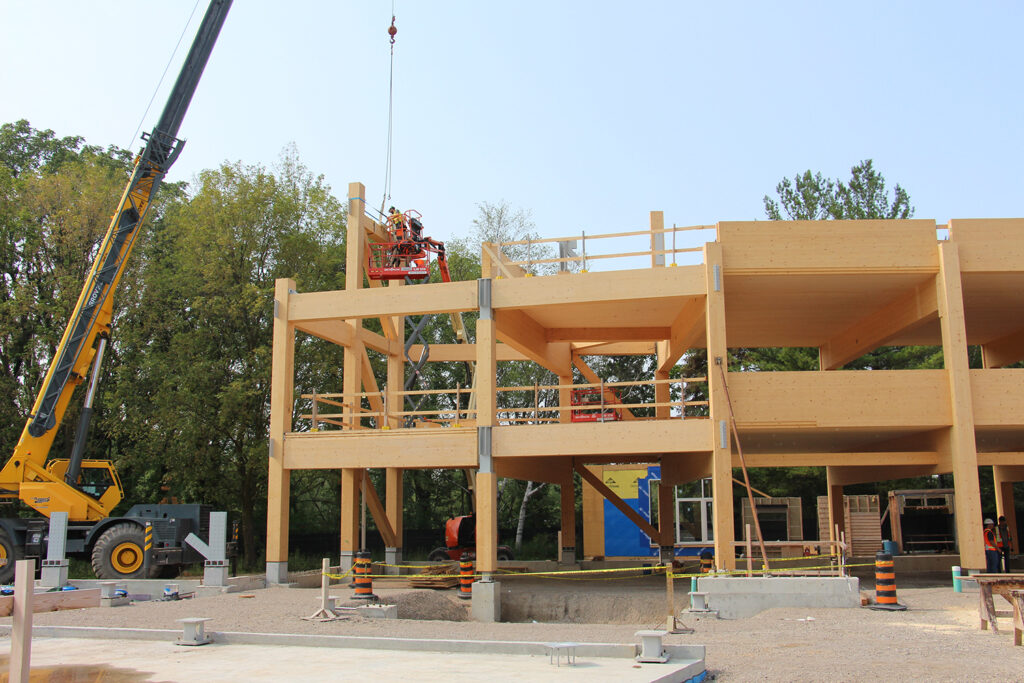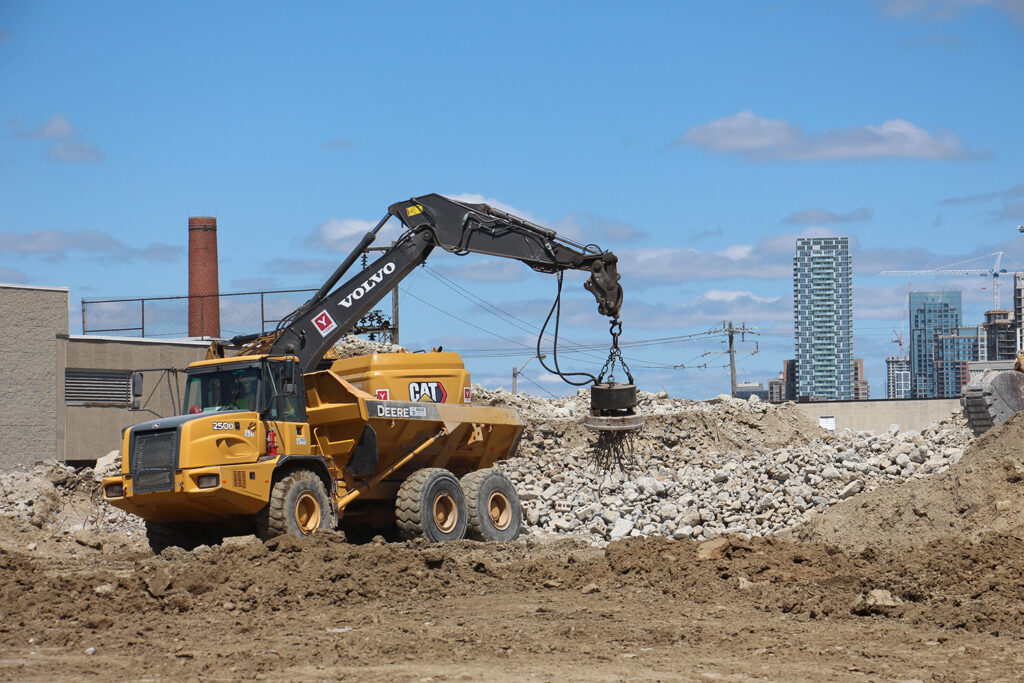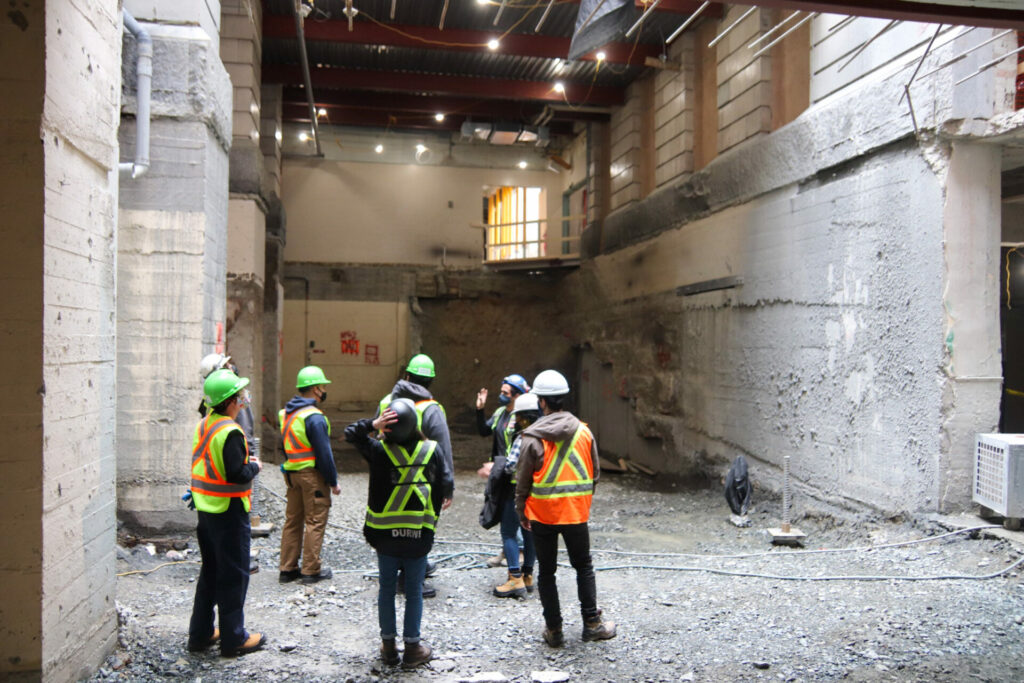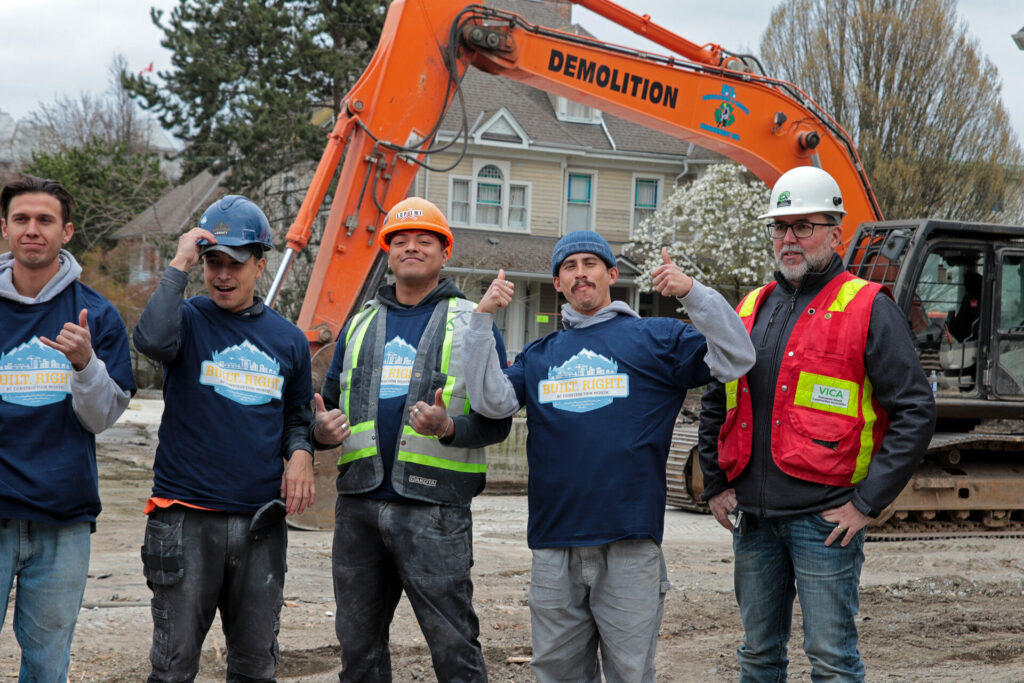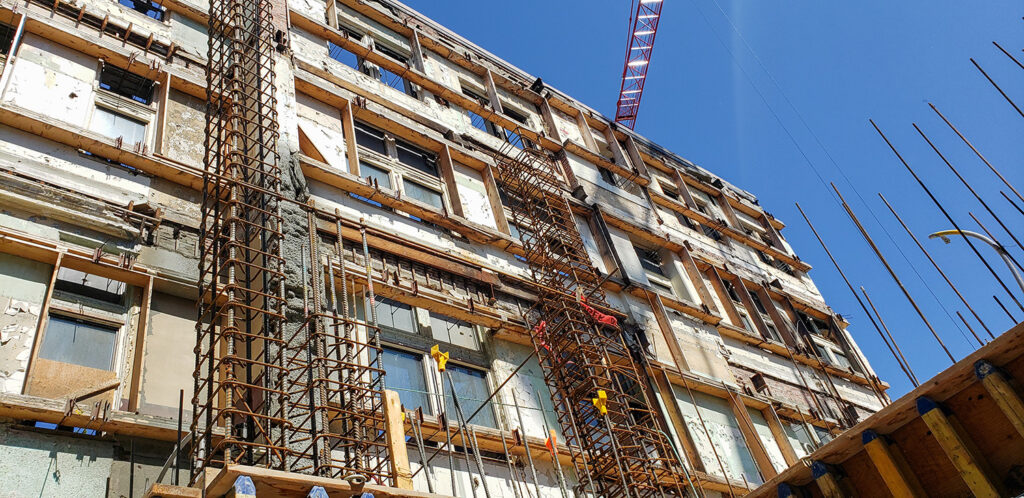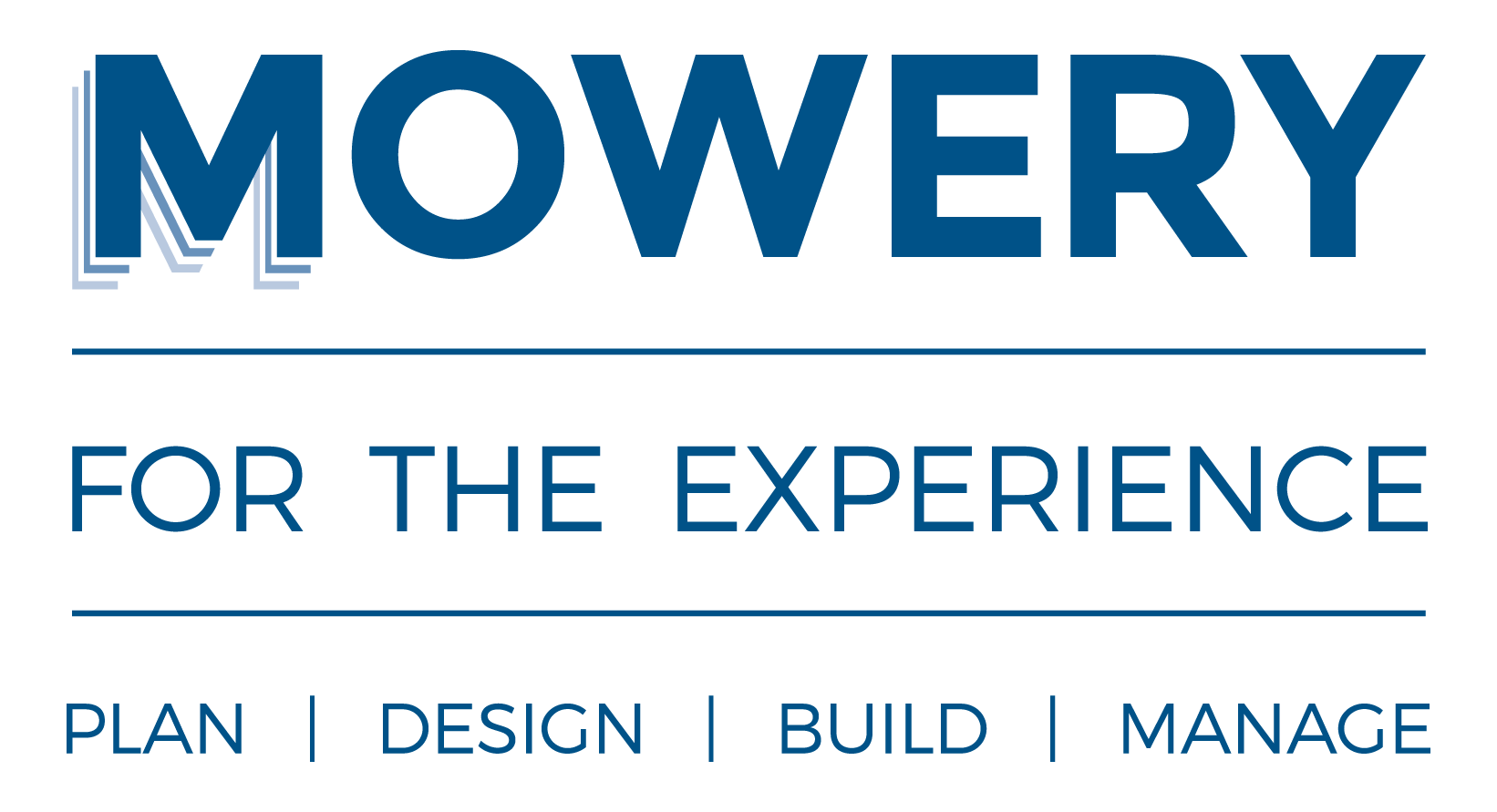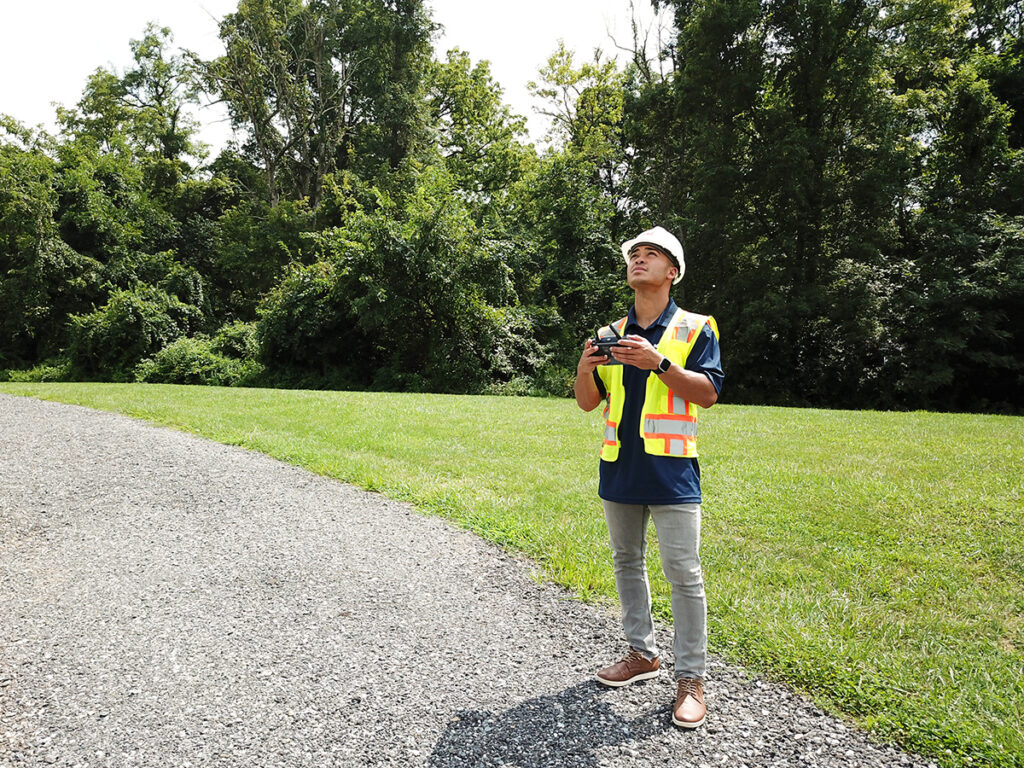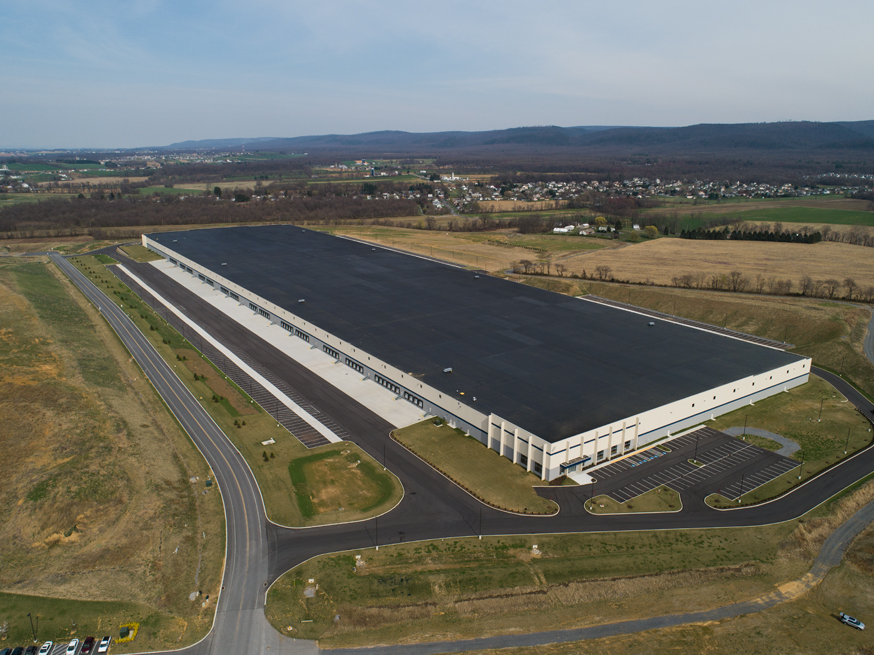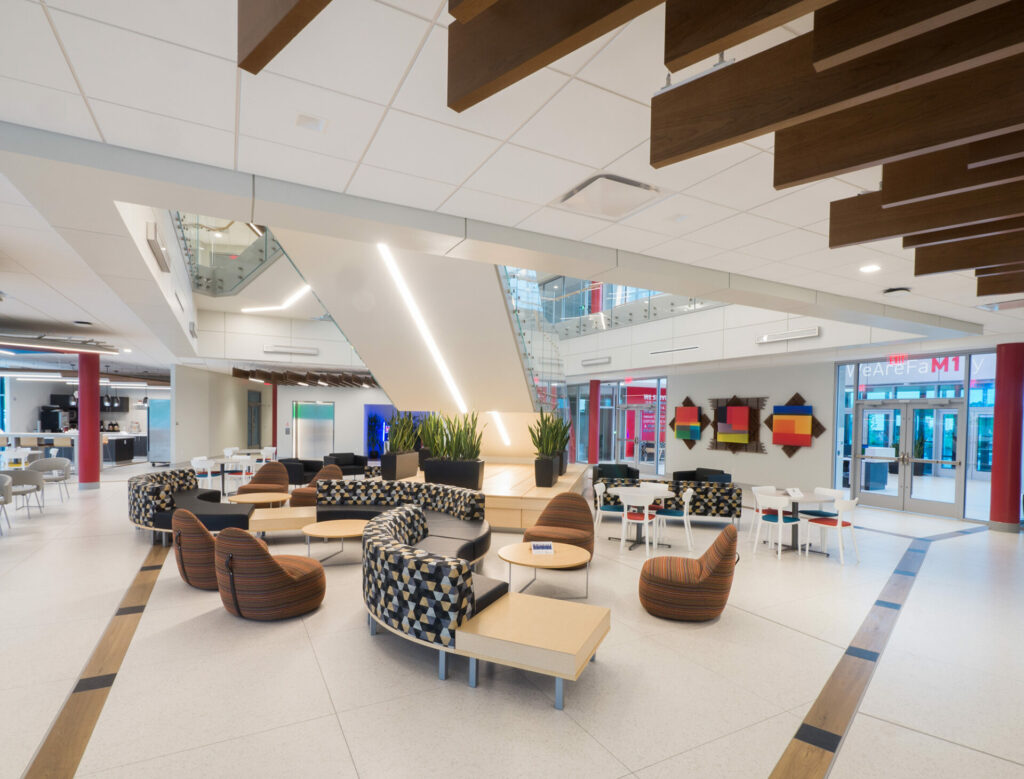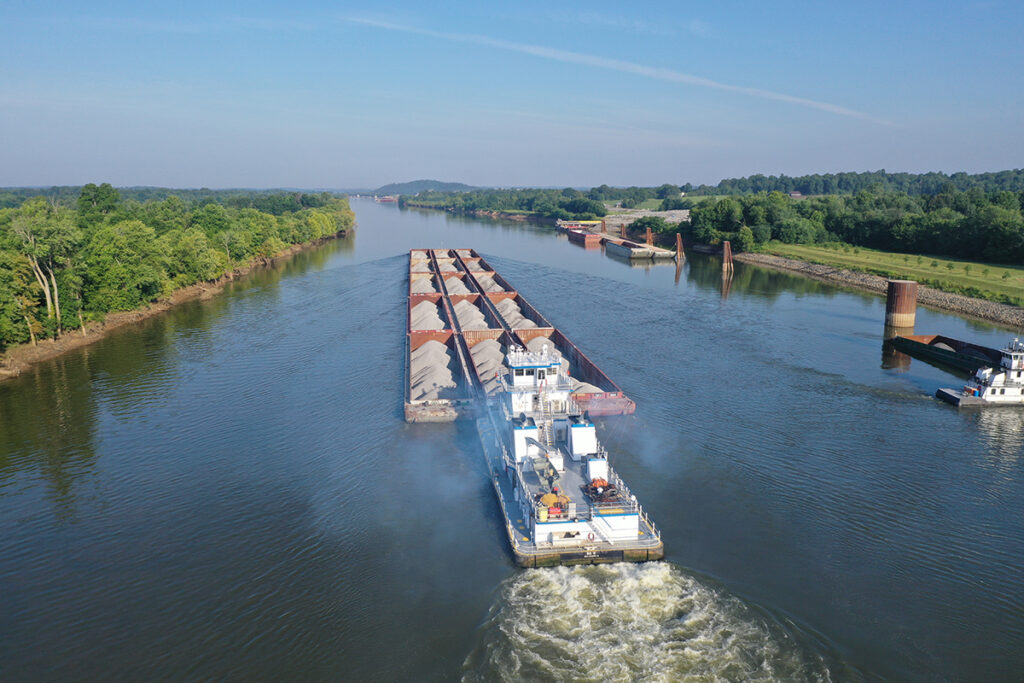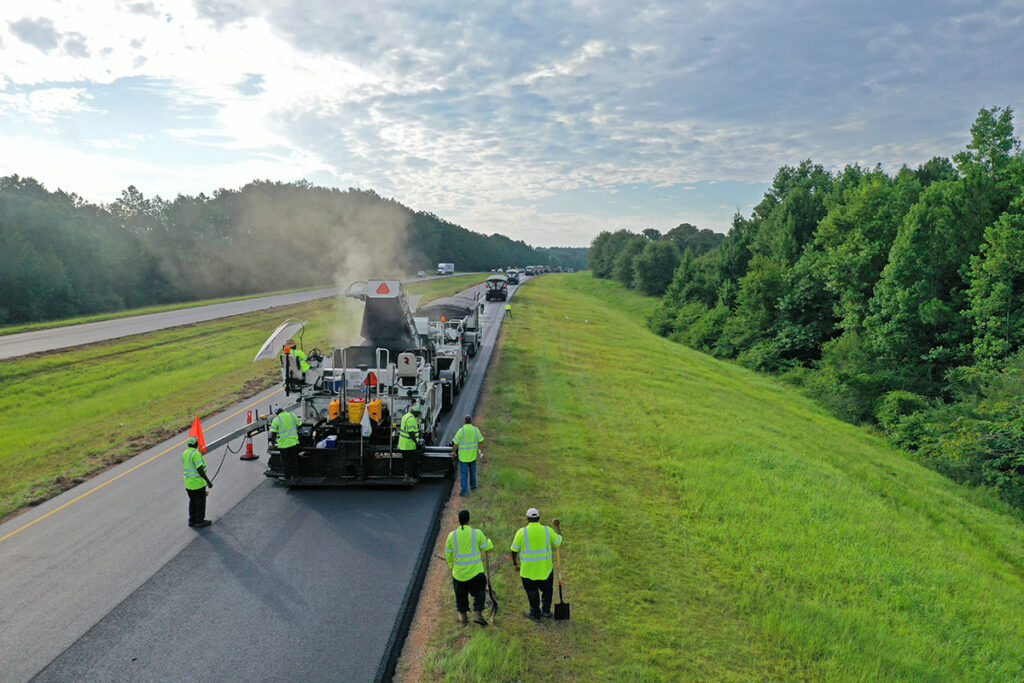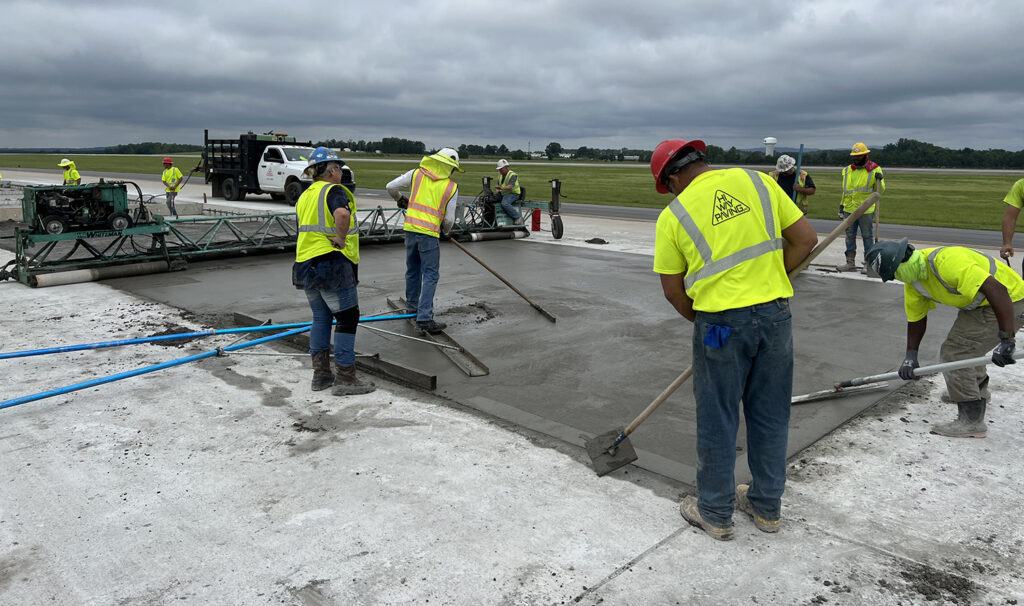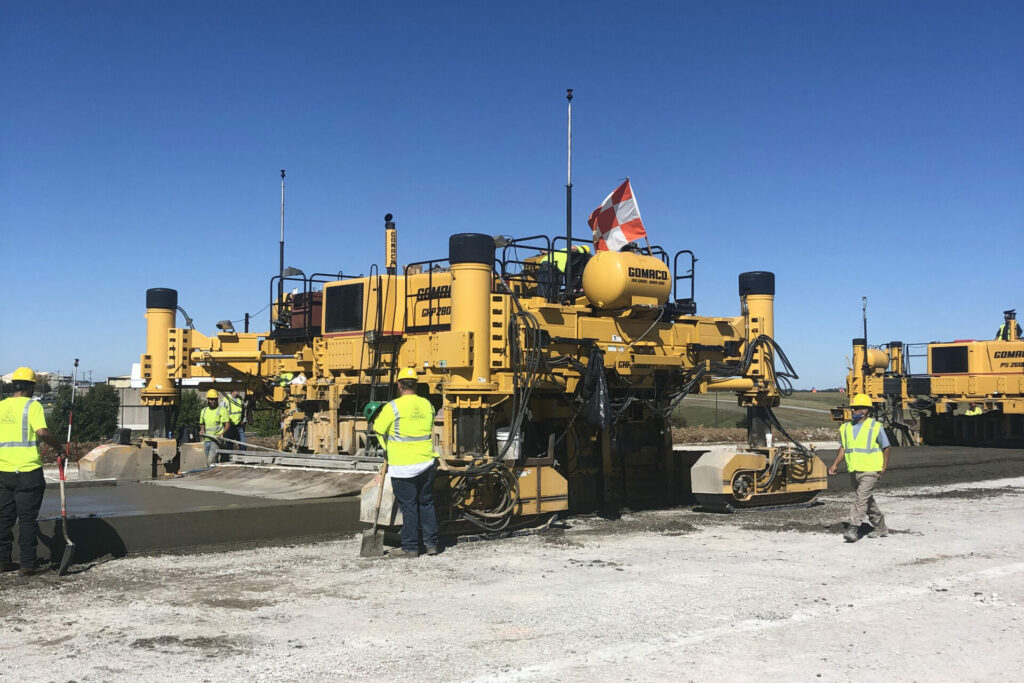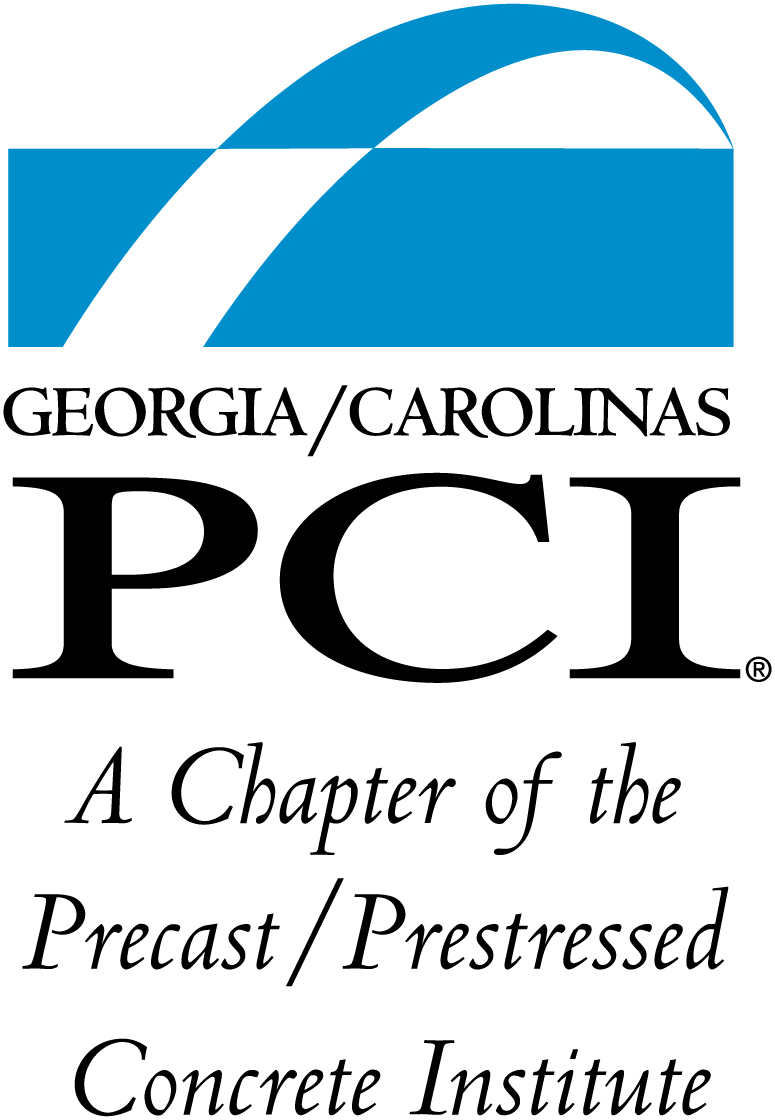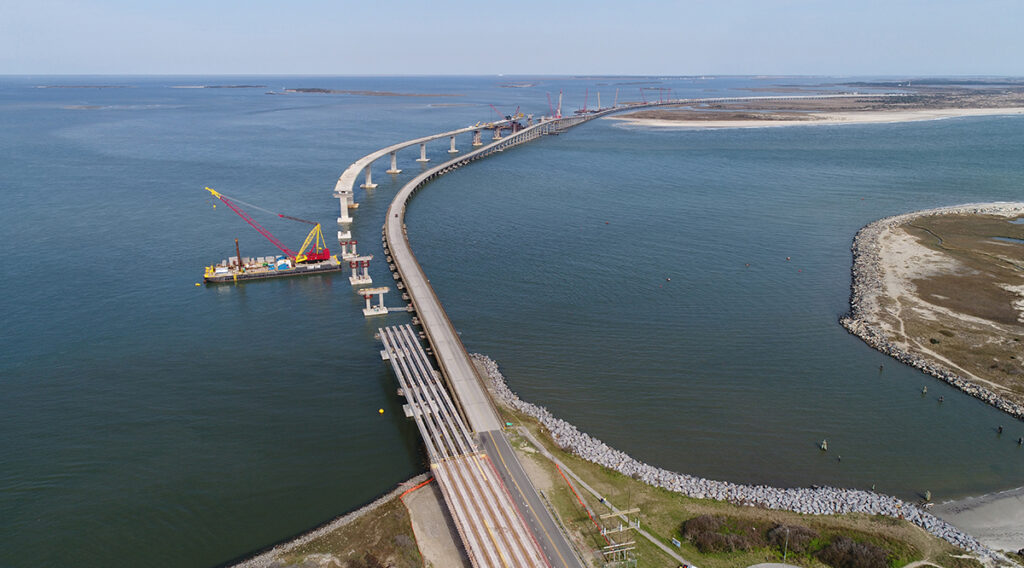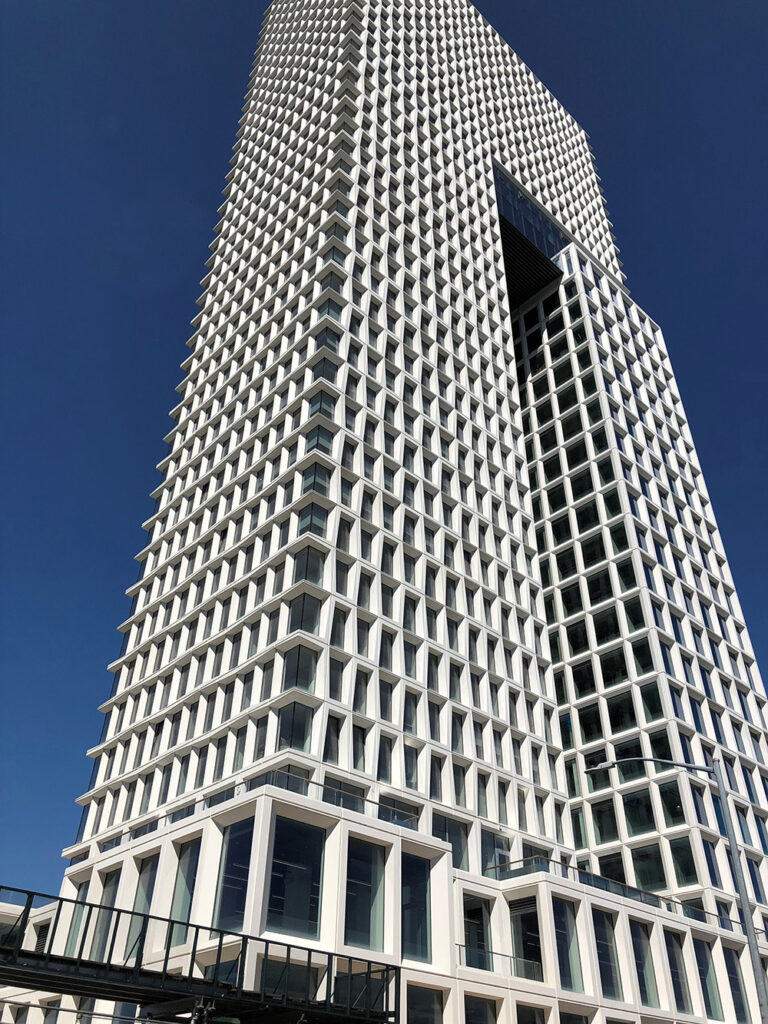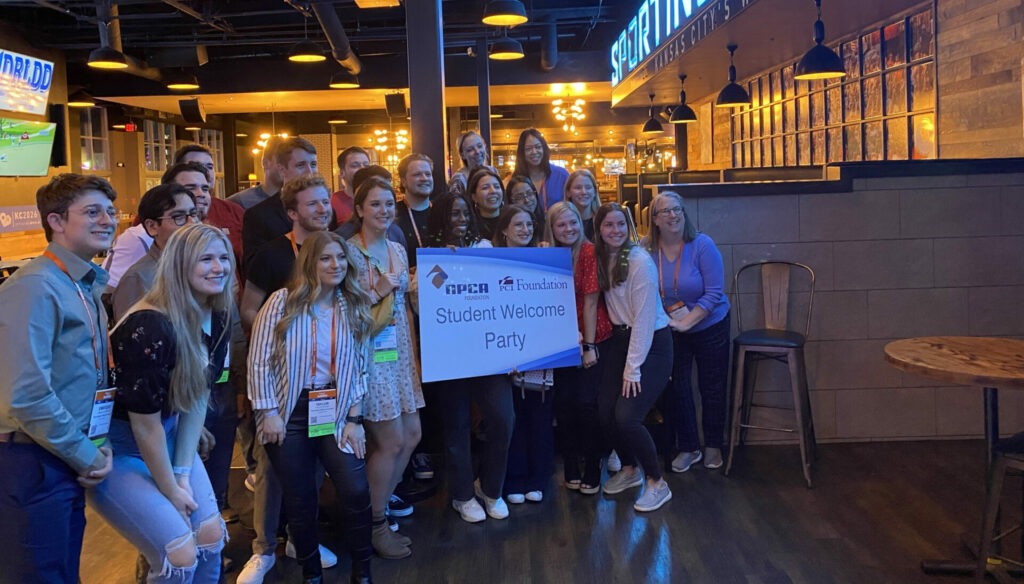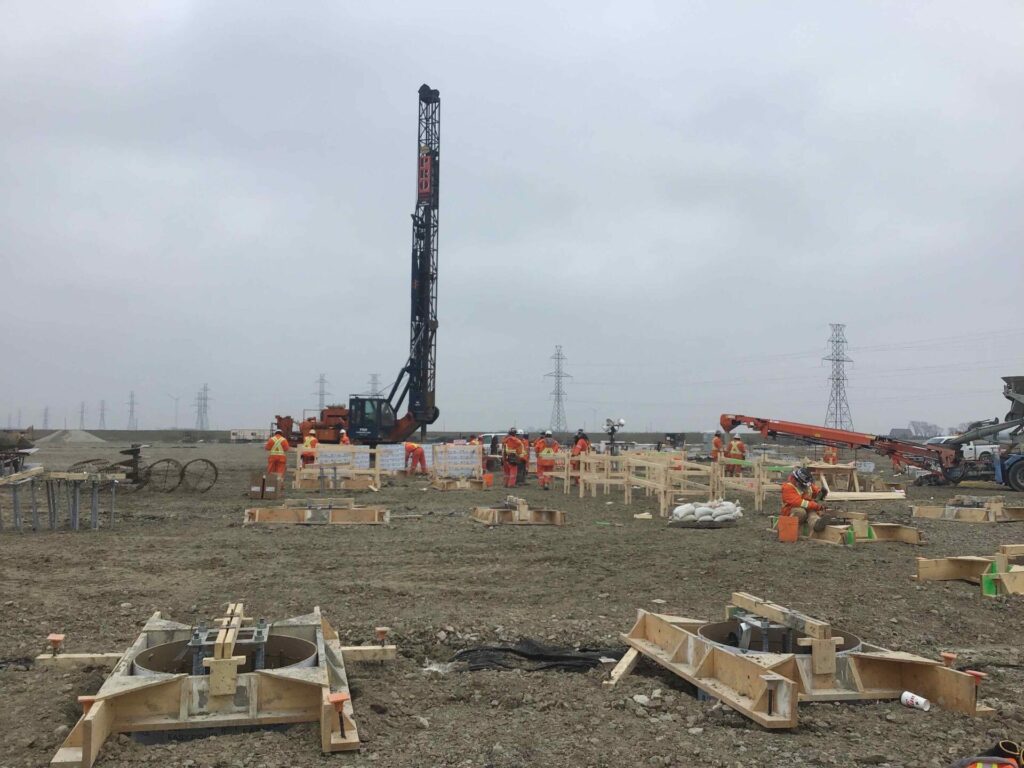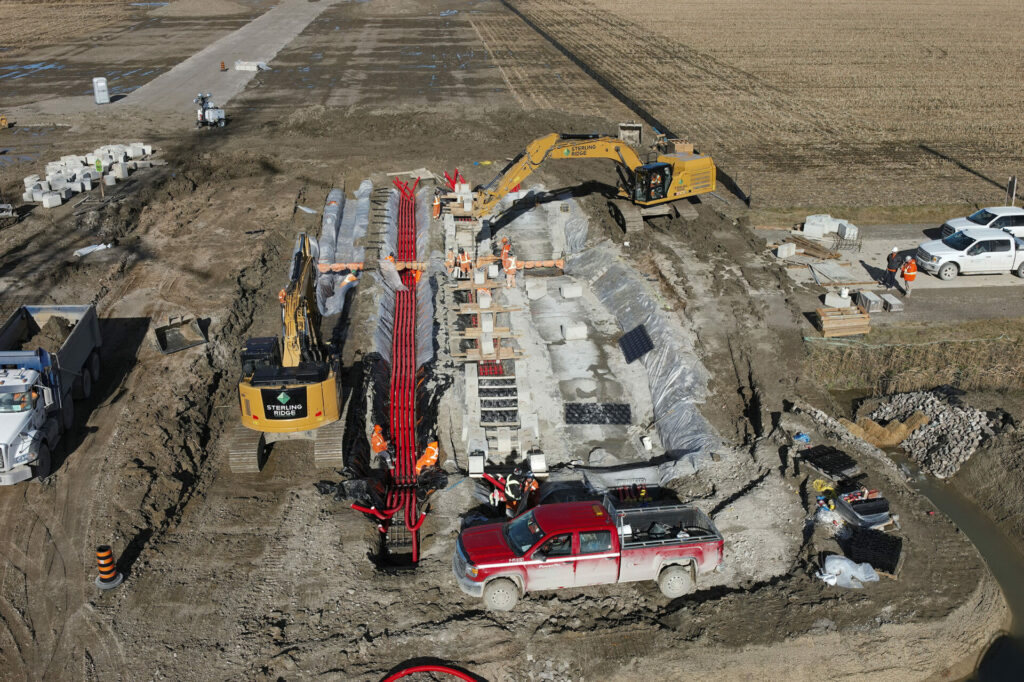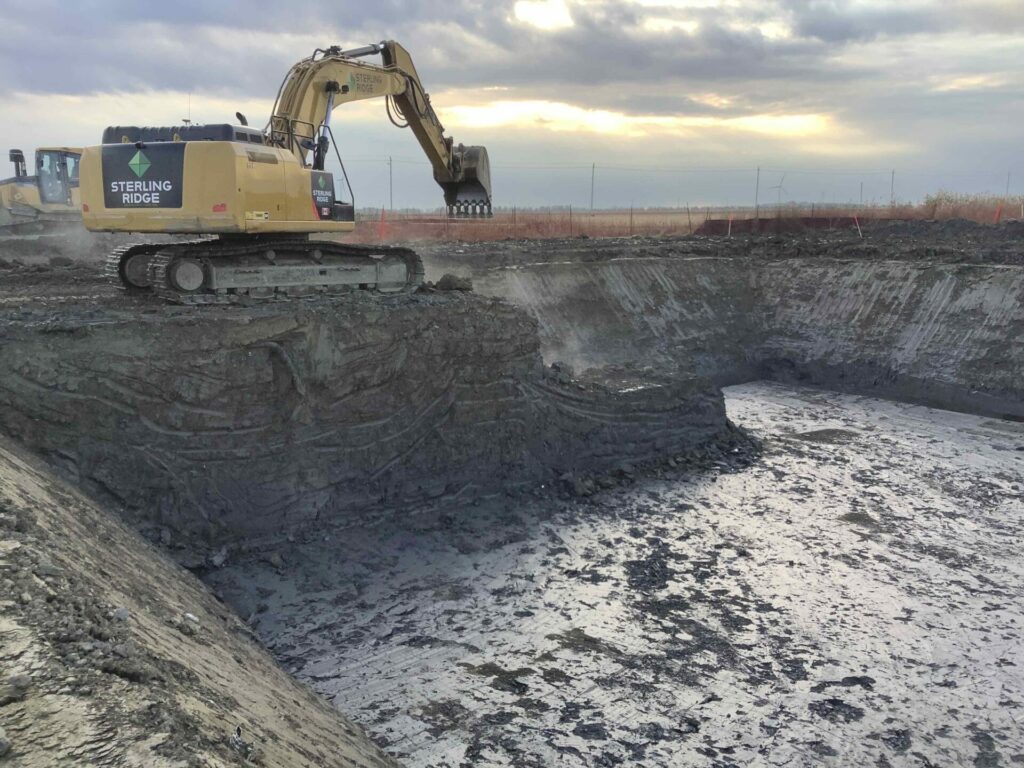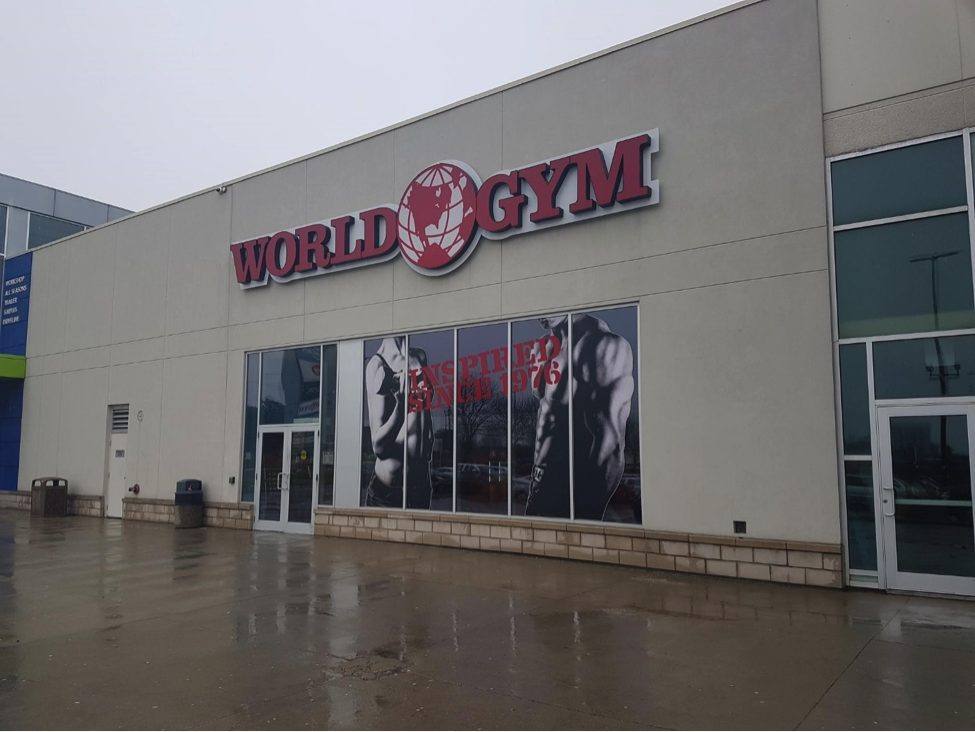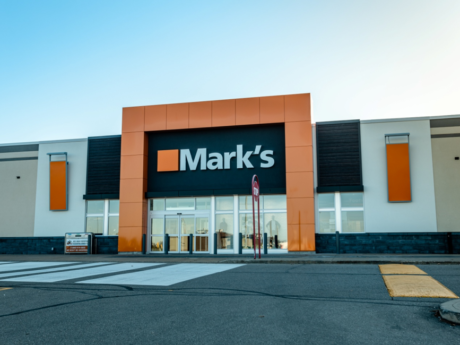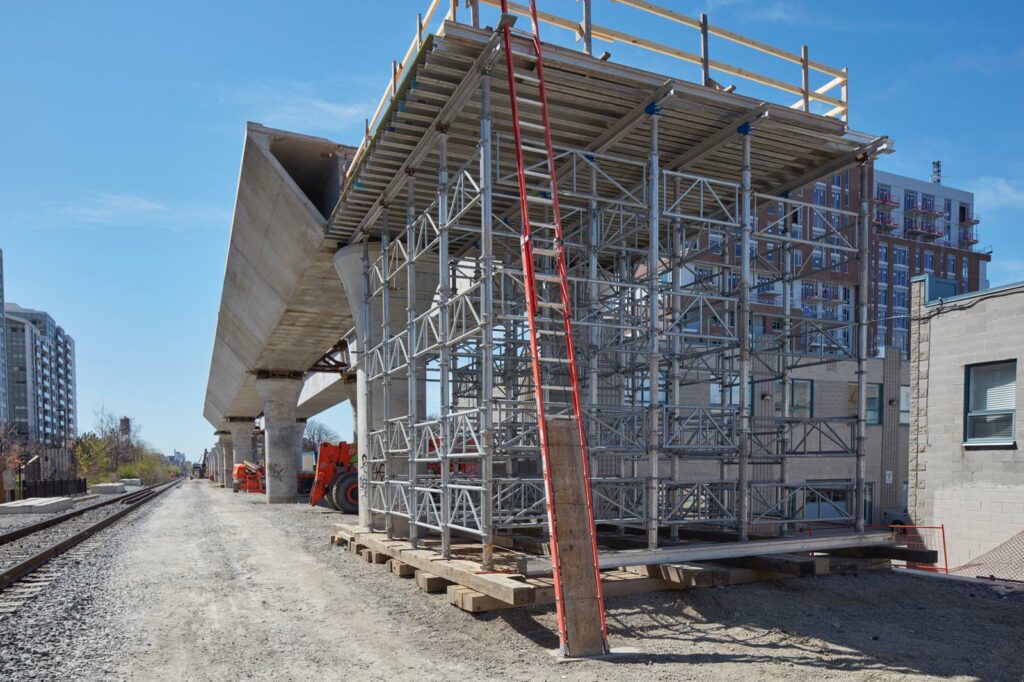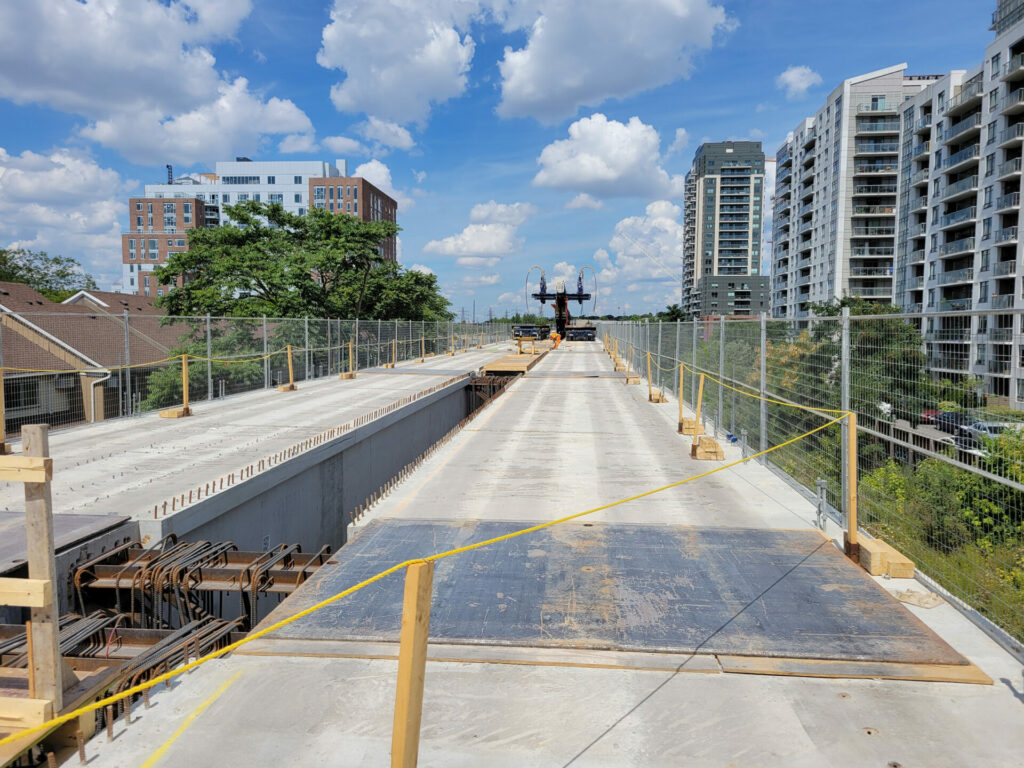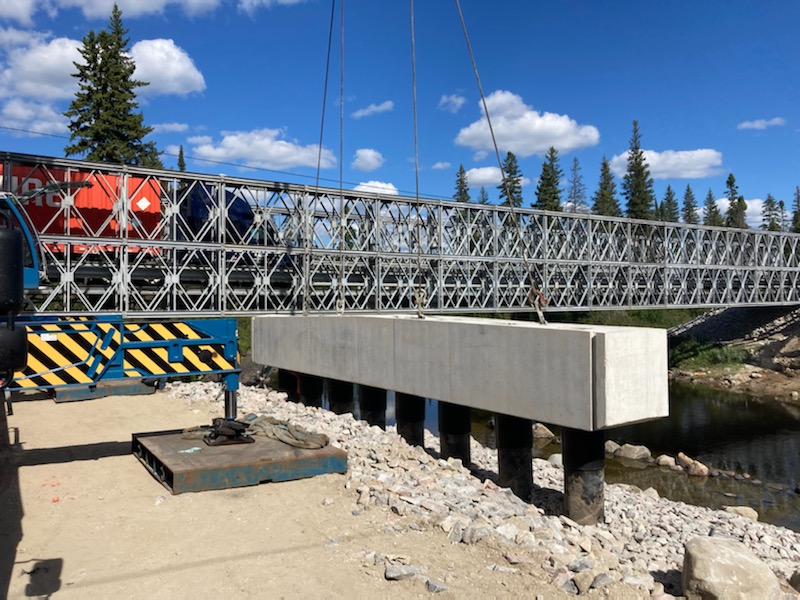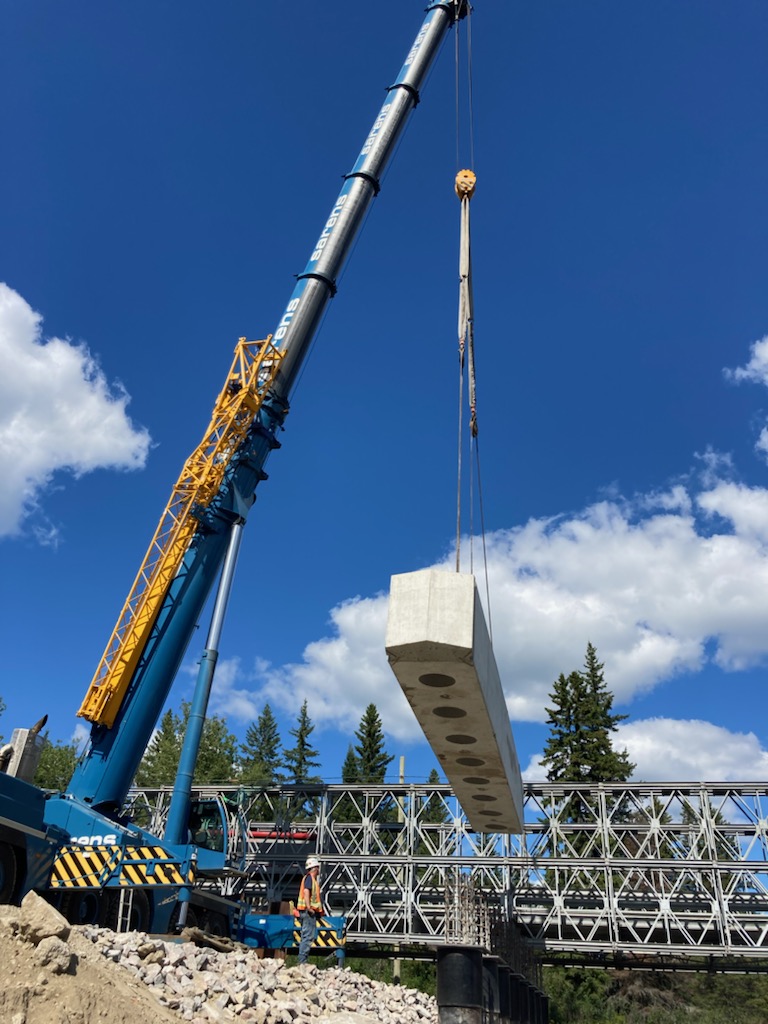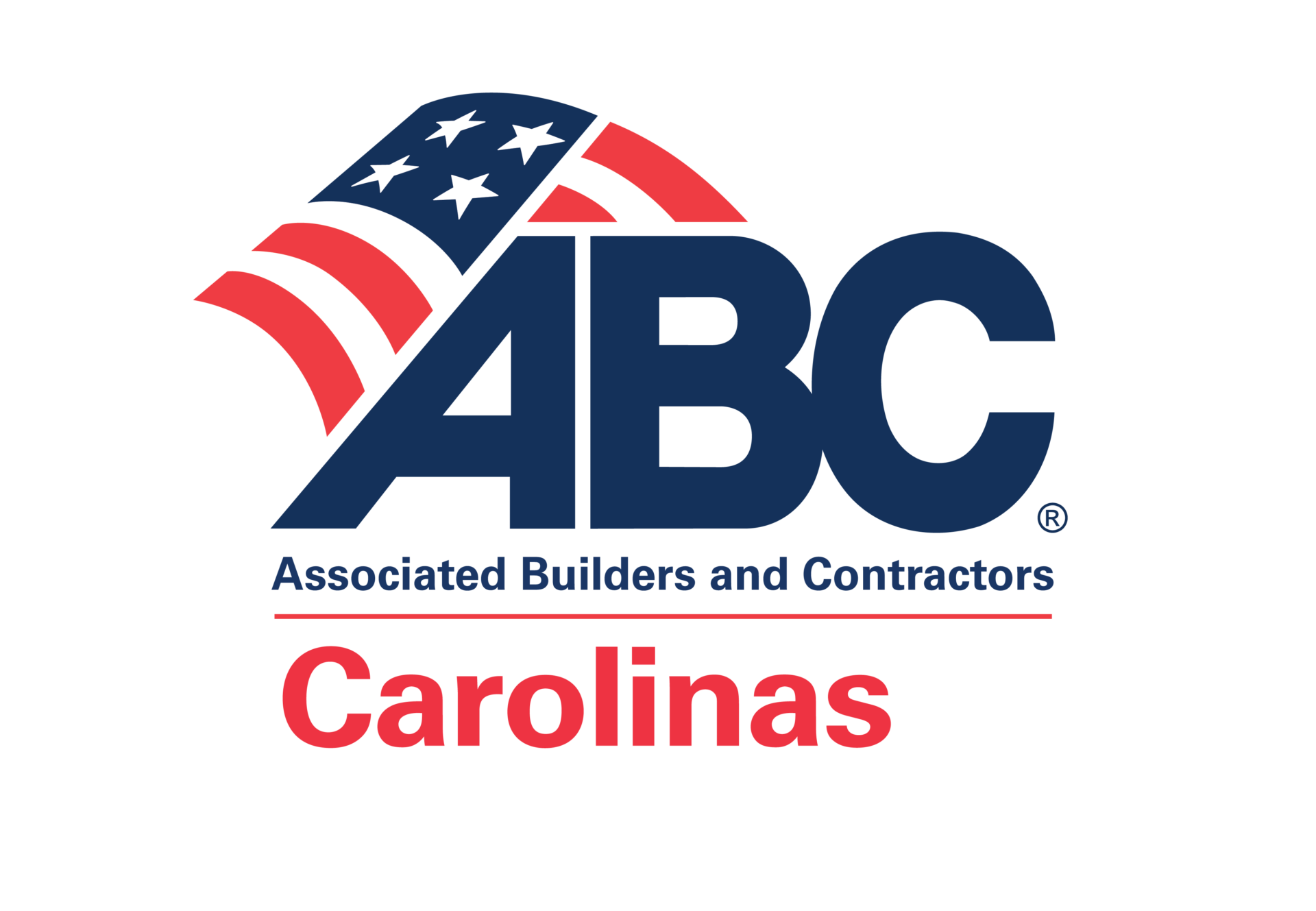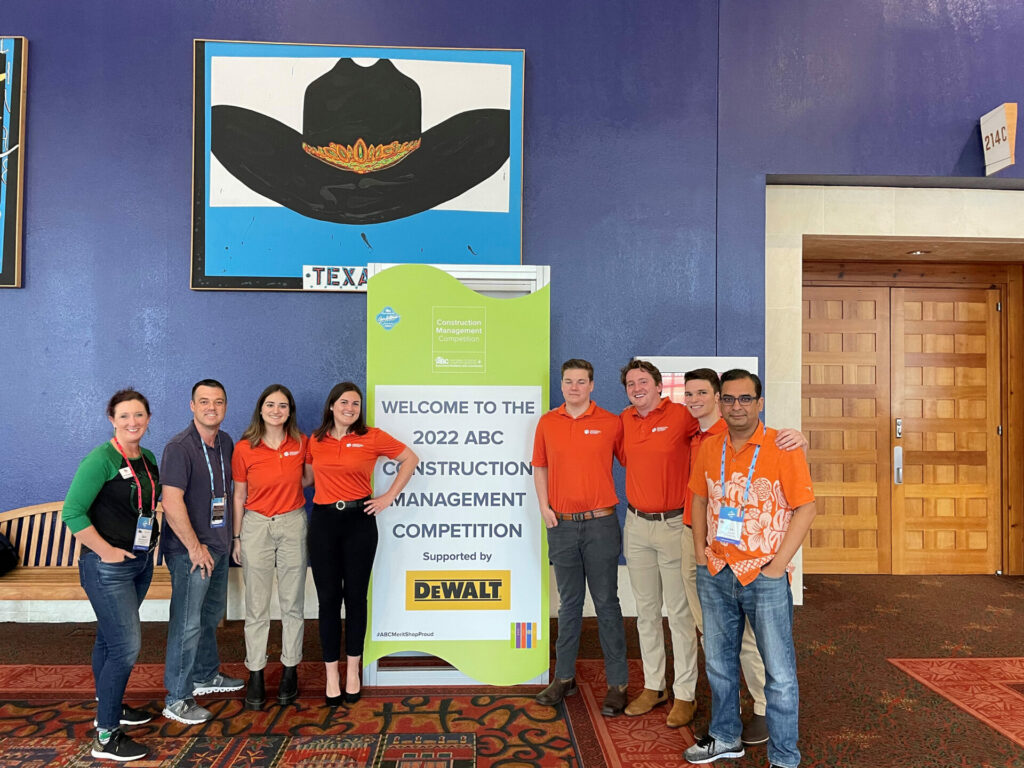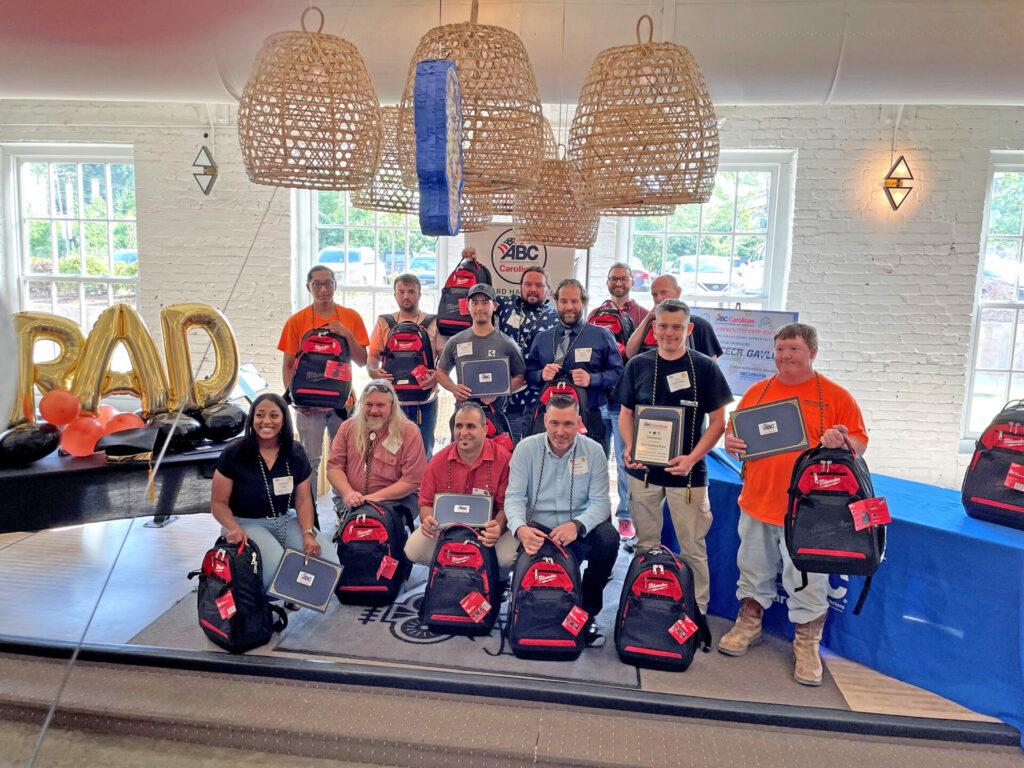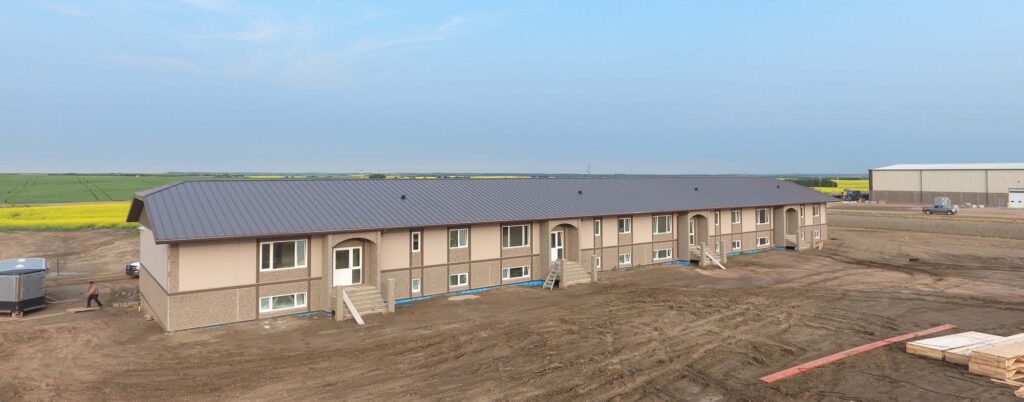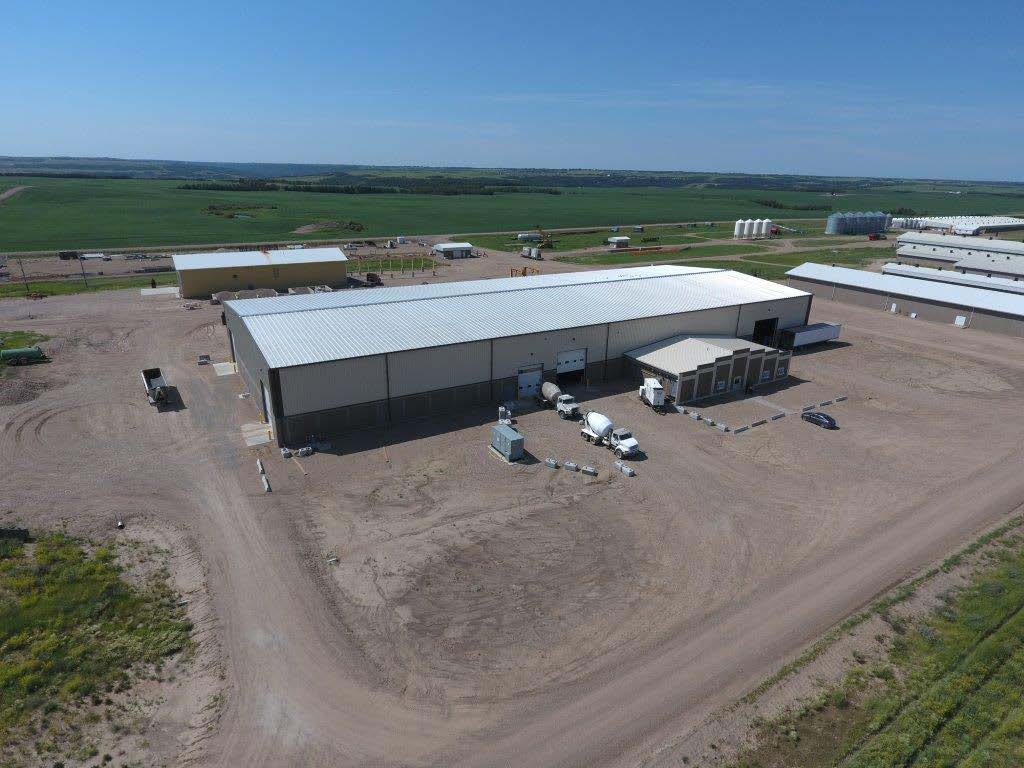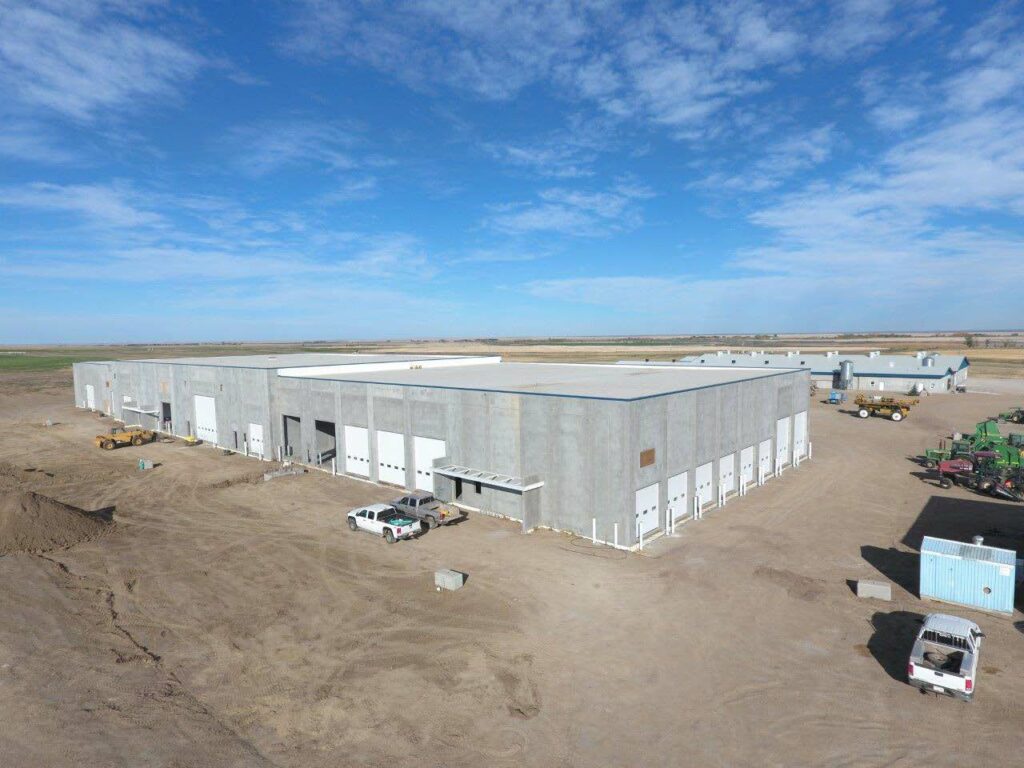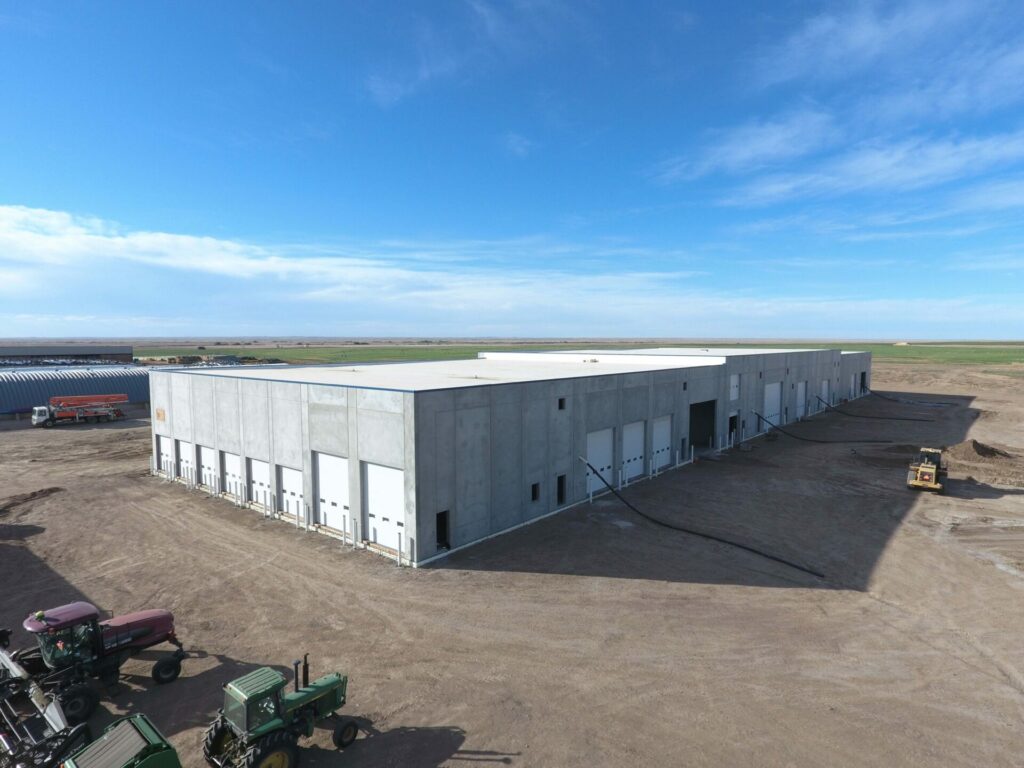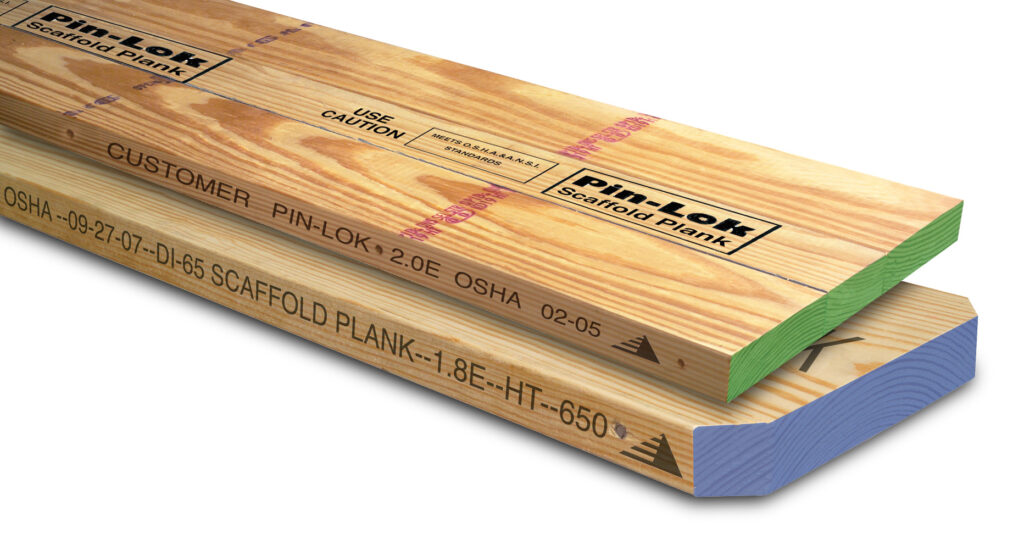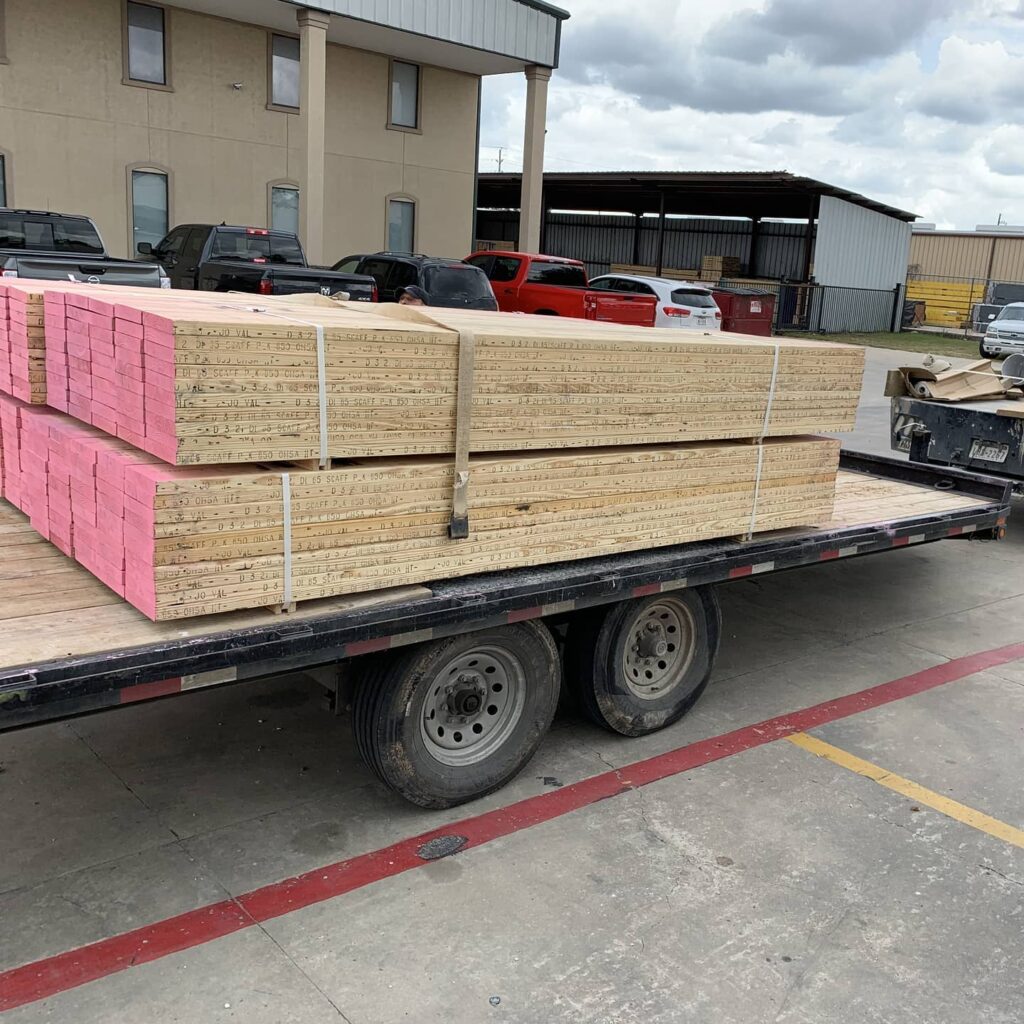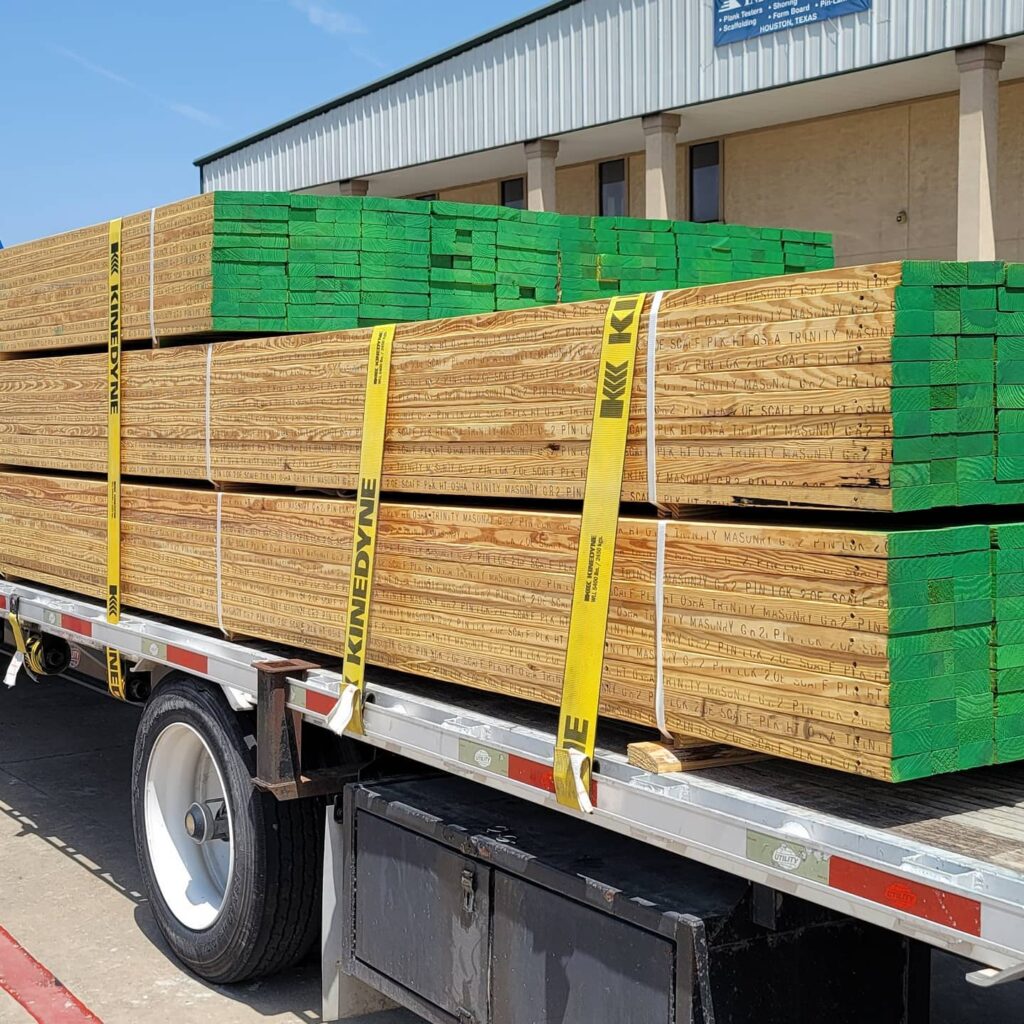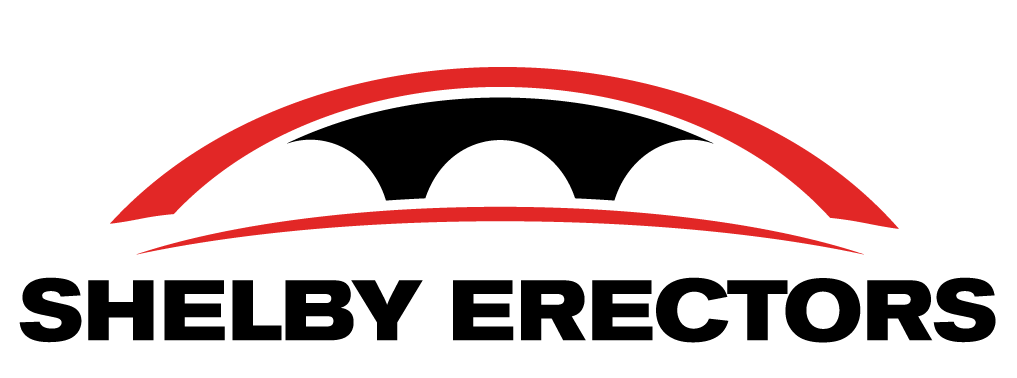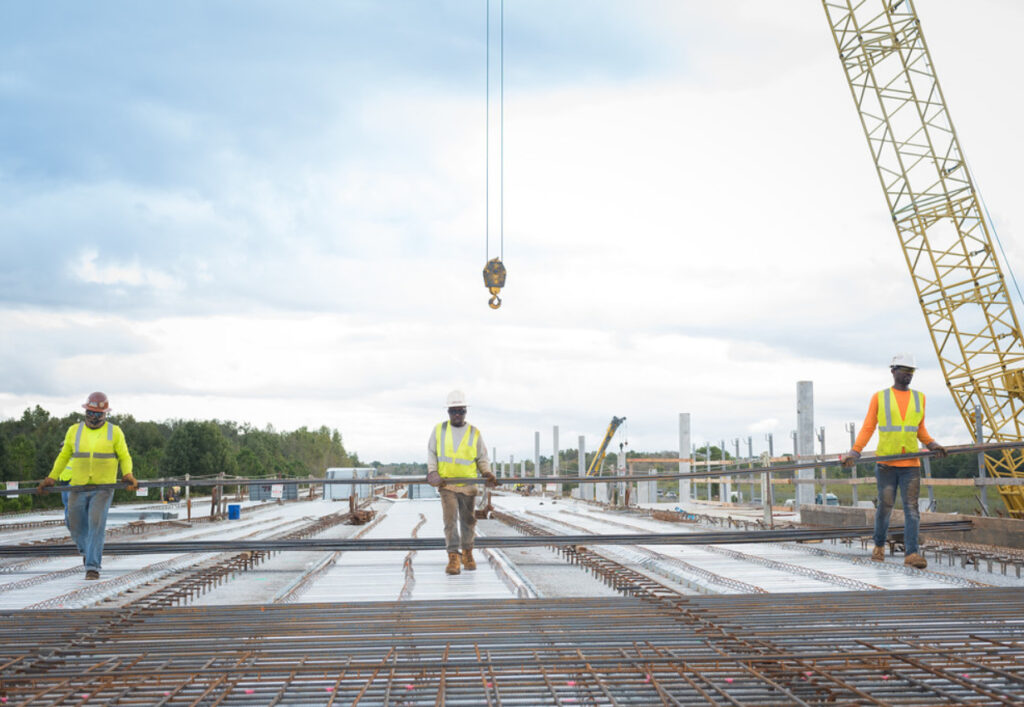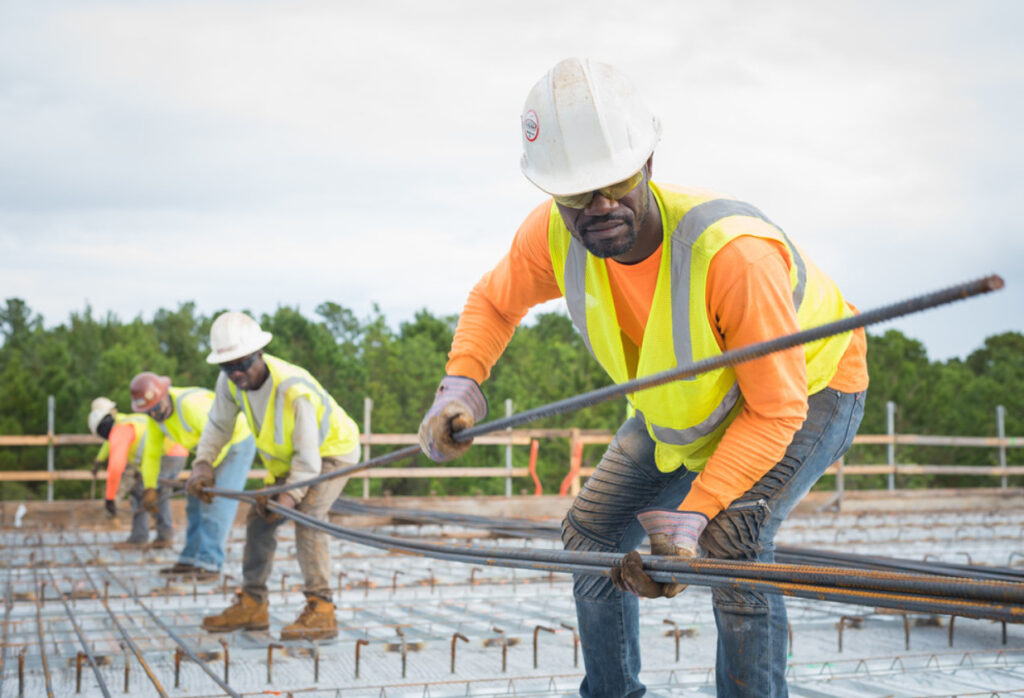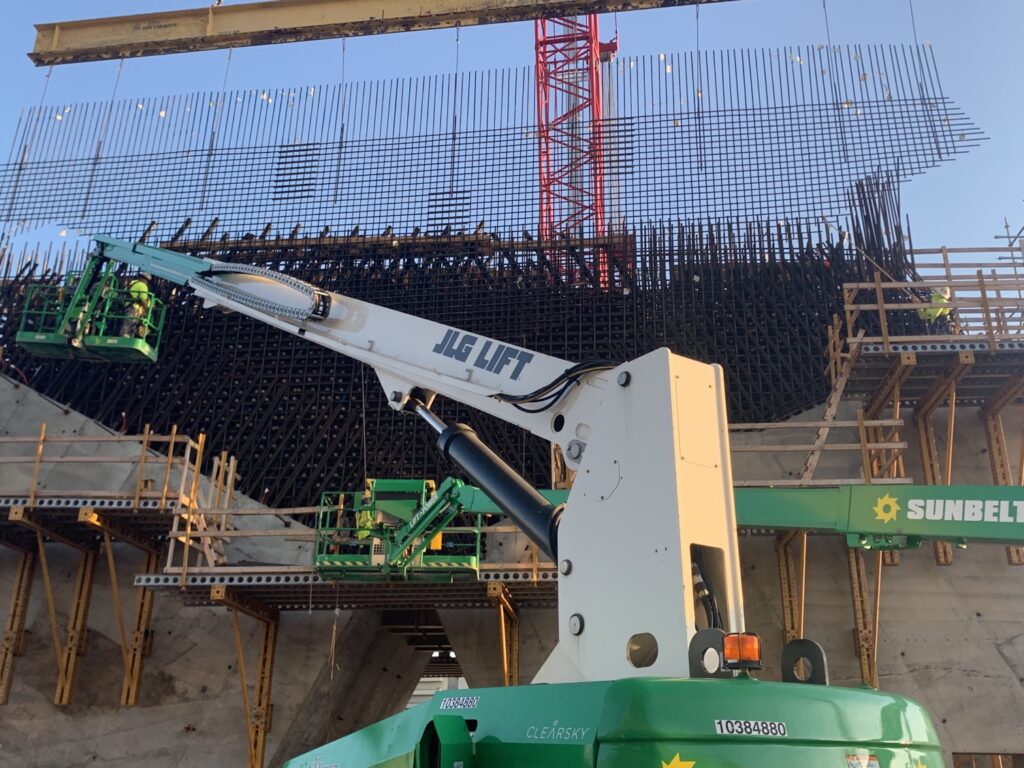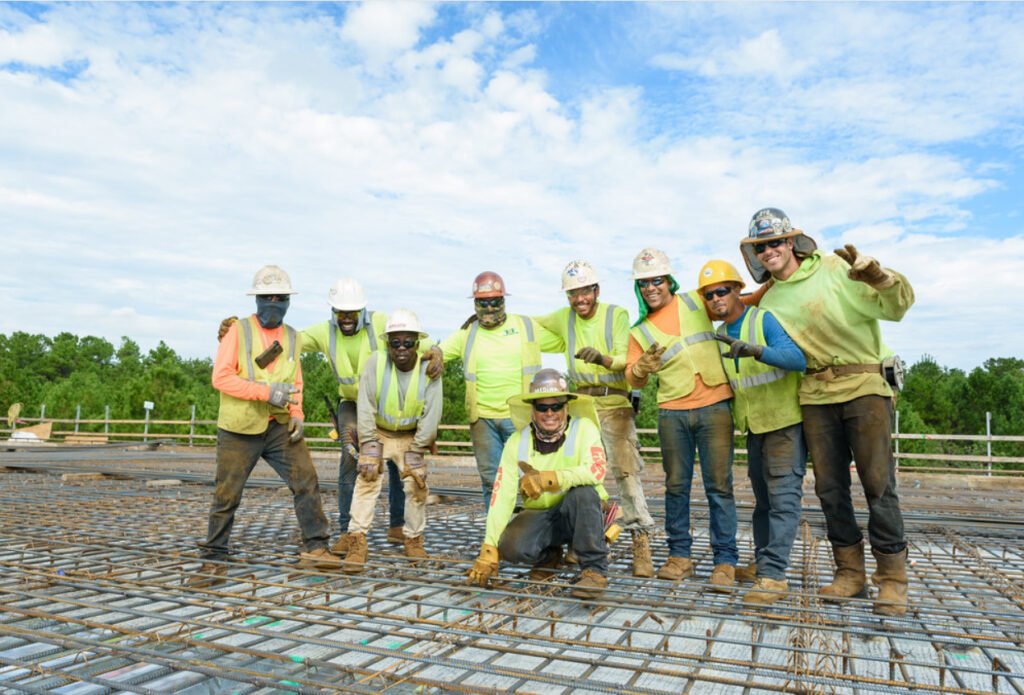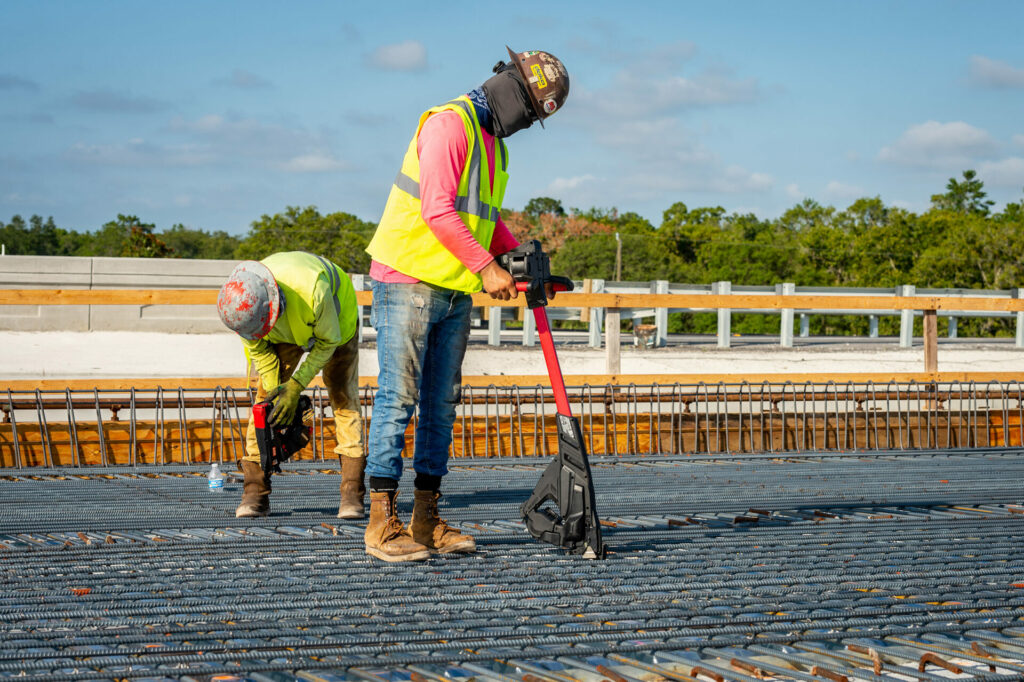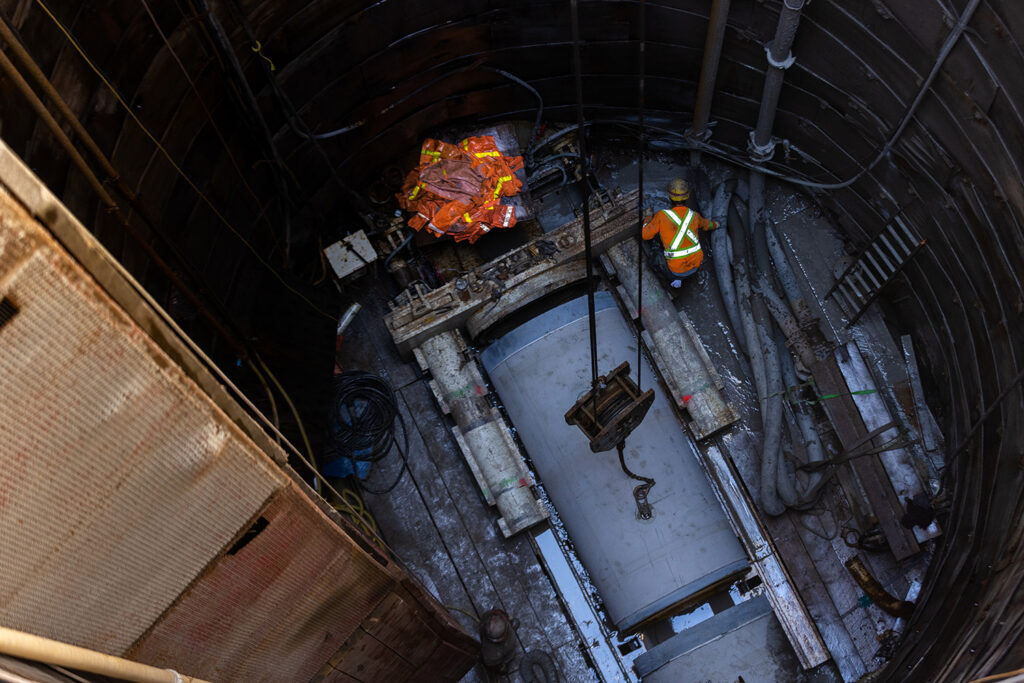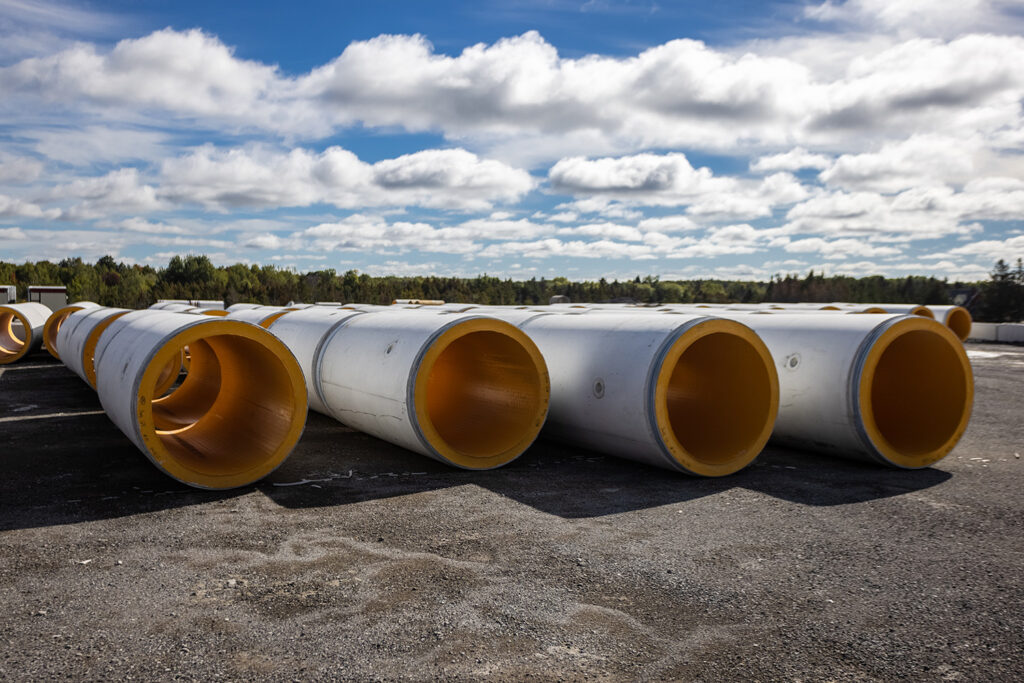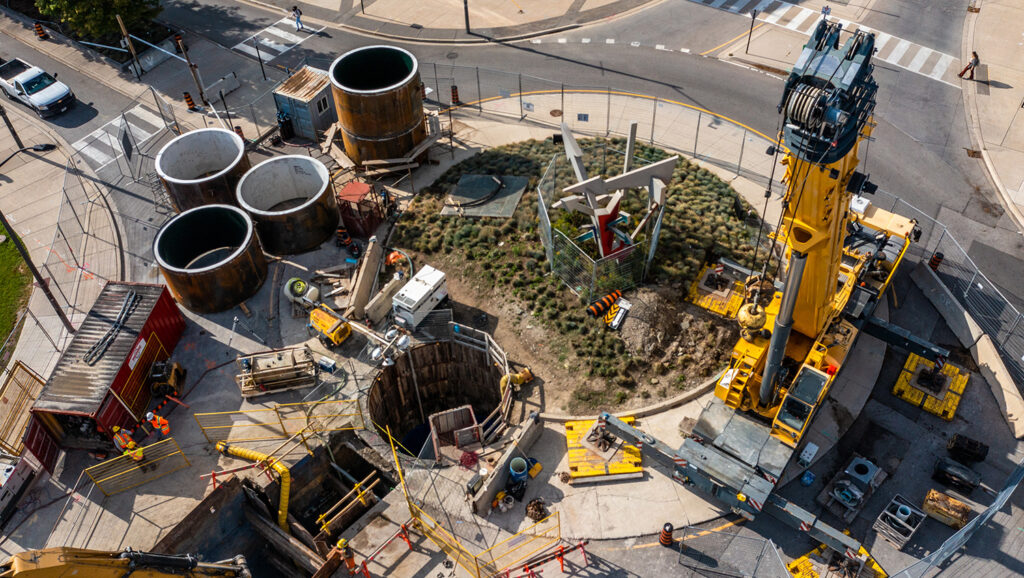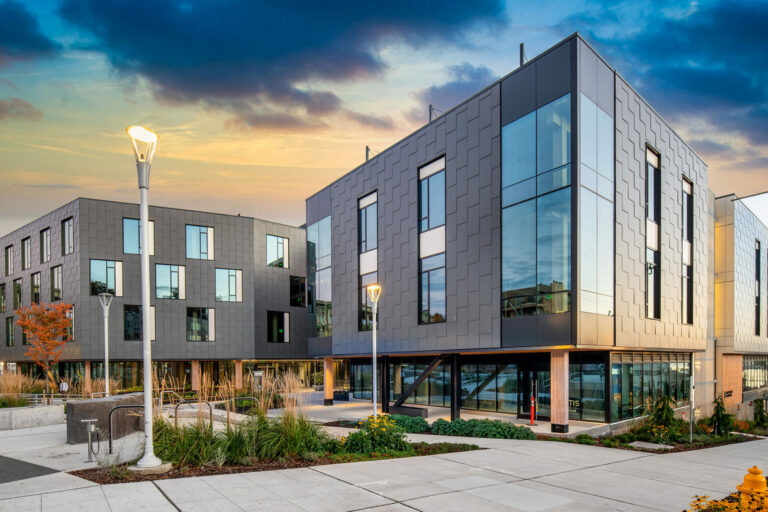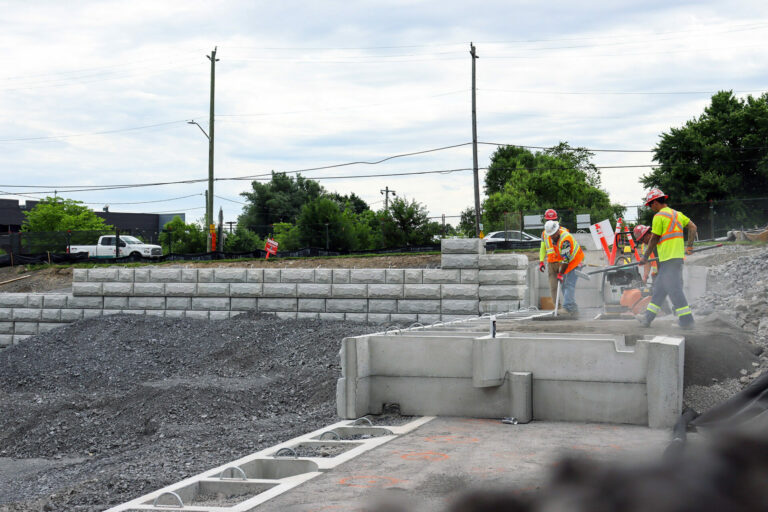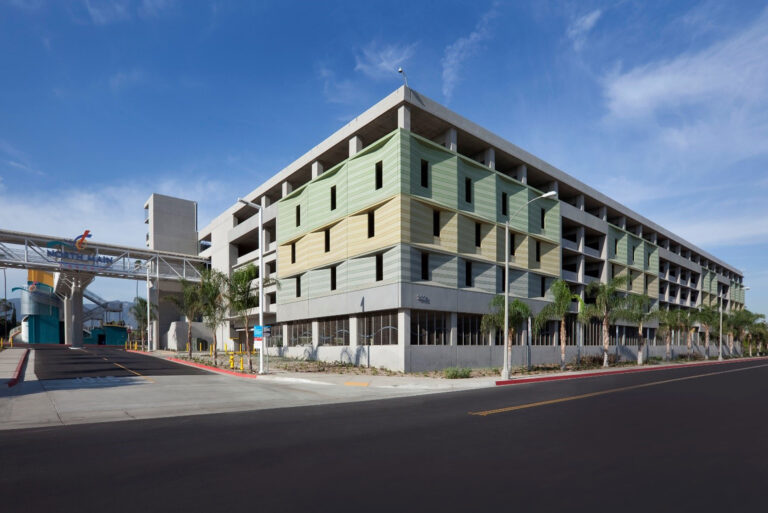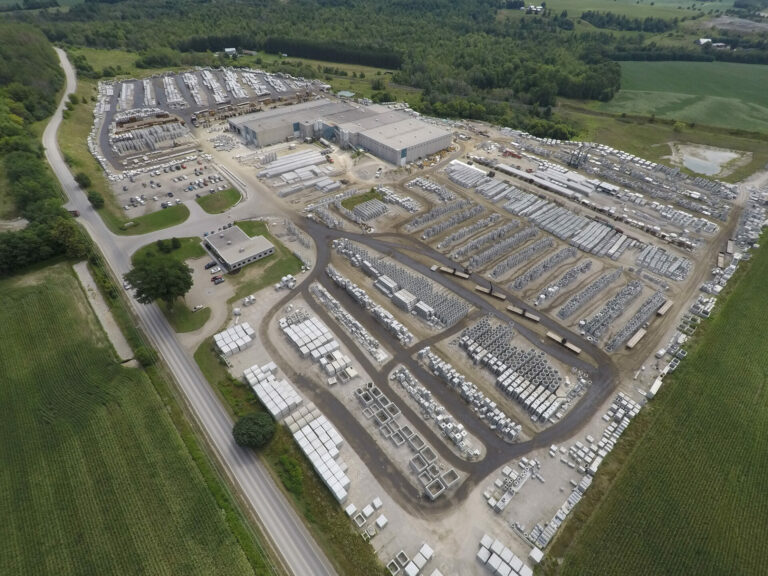Blue Dot Readi-Mix is a locally owned and operated company specializing in ready mix concrete. Founded in North Carolina in November 2004, the team has been in business for over a decade making this November its twentieth anniversary. With a set vision for the future and plans to continue expanding, Blue Dot Readi-Mix is excelling on its current trajectory by providing a one-stop-shop approach to all things concrete. Crucially, the company has done this while embracing the technological advancements of the last two decades.
Although ready-mix concrete is the company’s main offering, Blue Dot Readi-Mix offers a suite of other products such as aggregate, stone and sand. The company also offers a range of services including concrete testing and reporting, design concrete mixes, project technical support and outside sales support.
Every project is carefully monitored by a wide-ranging group that includes its Sales Team, Quality Control and Production experts. This enables the company to verify that each load meets —and exceeds— industry standards and project specification requirements.
Blue Dot Readi-Mix also has a sister company named BluRebar, which helps to promote the one-stop-shop experience for clients. Through BluRebar it can offer rebar, rebar accessories, welded wire mesh, rebar estimating, rebar project management and rebar shop drawings. Its rebar fabrication shop, located in Monroe, NC, is equipped with the latest machinery and software that enable it to deliver the same excellent service and quality provided by Blue Dot.

As a locally owned company, many of its team members are part of the community. Sales Manager, JJ Dixon, has been working at Blue Dot for 15 years and attended college nearby at University of North Carolina (UNC) in Charlotte. Since graduating, Dixon and the team at Blue Dot have carried out a lot of work at UNC Charlotte. “One of the biggest standouts, for me personally, is the fact that we’ve done a lot of work over there. We’ve done five residence halls and dorm rooms. We also did all the concrete for the UNCC football stadium, among many other projects over there at that particular college here in our hometown.”
While Dixon has been with the company for 15 years, there are other members of the Blue Dot team that have been around since the foundation of the company, —a testament to the positive work culture at Blue Dot Readi-Mix.
The current team of professionals are a mixture of colleagues and family. Incredibly, family legacies have developed over time with children of employees eventually starting at Blue Dot also. As the company has grown, it has evolved into a multi-generational workplace of skilled workers. However, this growth has also been nurtured through active engagement with modern technologies.
“As the company has grown, it has evolved into a multi-generational workplace of skilled workers.”
Manager of Operations, Wayne Shue, is one of the team members who has been at Blue Dot Readi-Mix since the very beginning. Over this time Shue has experienced multiple changes that have altered the industry for the better. “It’s amazing to see the growth in equipment and the technology. I think we’ve evolved with the times and that’s been a big thing for us. From what we started with to what we have today is completely different. We used to do paper delivery tickets, now we’re on e-tickets. We’ve got truck cast, which gives our customers transparency of their loads being delivered. They can also place orders that way now instead of everything having to come through a phone line. The technology’s just helping us a tremendous amount.”
In its mission to provide the best possible service, Blue Dot has put together a quality control department made up of five people with over eighty years’ experience in the construction industry. The goal of this team is to maintain both Blue Dot’s quality at the plant, and its quality on job sites.
To ensure this, Blue Dot’s quality control technicians receive educational and on-the-job training in endless job scope scenarios. Its in-house lab has the ability to cure, break, and report cylinder strengths. The team performs various testing procedures, and its quality control staff are NCDOT, SCDOT, and ACI certified.
Having a quality control team allows for Blue Dot to provide a service that differentiates it from other competitors. It is this excellent service which has led to successful work on numerous projects.
As the company has grown, so has the scale of its projects. Currently, Blue Dot Readi-Mix is working on two high-profile bridges, situated in Locust and Concord. Alongside this there are several large industrial concrete structure buildings; two in Charlotte, one in Rock Hill, and one in Chester which is almost ready to begin. Additionally, the company is working on several schools in the Charlotte area. While these projects may have a higher profile, it is clear that this does not give them a greater level of importance. Shue understands the necessity of all jobs, and this is what makes up the overall success of Blue Dot Readi-Mix.
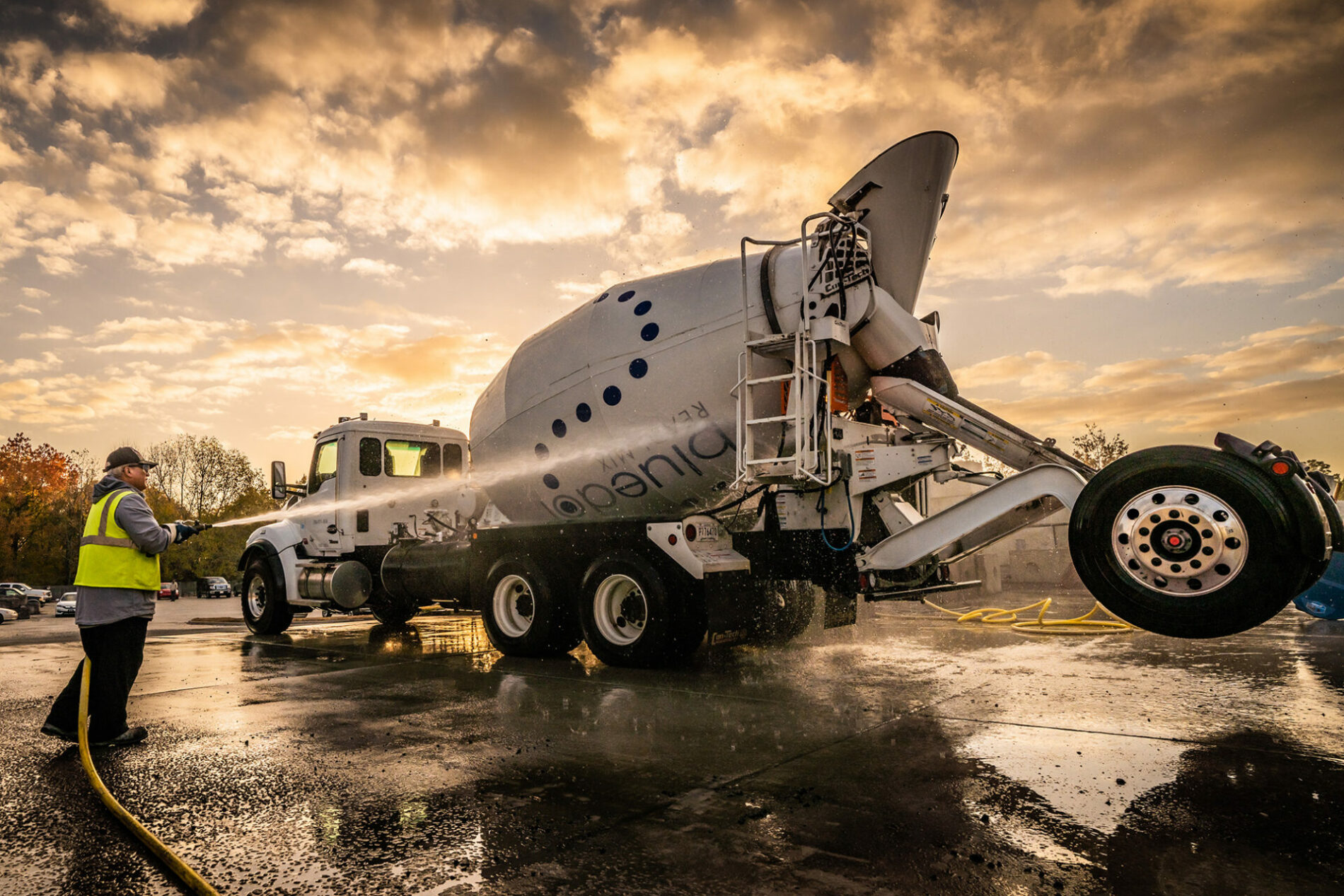
“I think what’s also equally as important is our everyday-ers that we deal with. From the two-yard patio of the homeowner to the 30,000-yard job. They all hold their own level of importance to us, and we need the small just as much as we need the large.”
So, with all the success and achievements Blue Dot Readi-Mix has achieved so far, what does the future hold? Currently it has eight facilities in production every day and is looking to add to that even further.
While the vision for the company is growth and expansion without compromising on the service it has become known for, this local business will always remain close to home. The current plan is to expand out of the Greater Charlotte market and into the Carolinas.
When he looks back at Blue Dot’s 20 years of business, Dixon is impressed by the growth and is looking forward to the future. With plans to keep growing, and generations of workers already at Blue Dot, it won’t be long before its workforce significantly increases, and the next phase of Blue Dot employees begins.
“We’re growing our footprint in terms of reach and we’re expanding our coverage area by adding two additional plants. If you look at the snapshot of the last 20 years, it’s incredible. When we started, I think we had 10 or 12 employees. Now we’re at 250. So, I guess that’s not bad for 20 years”.




